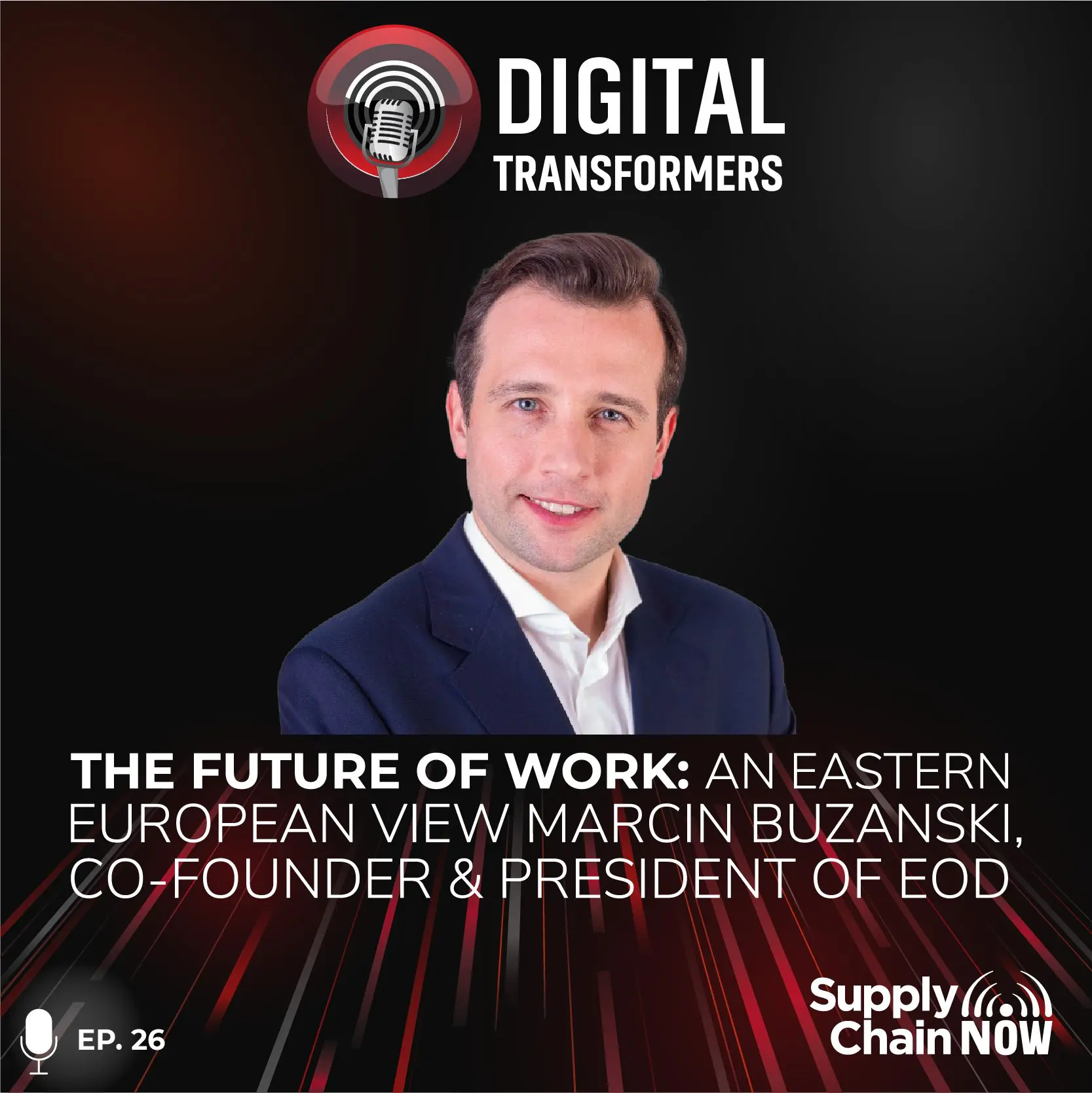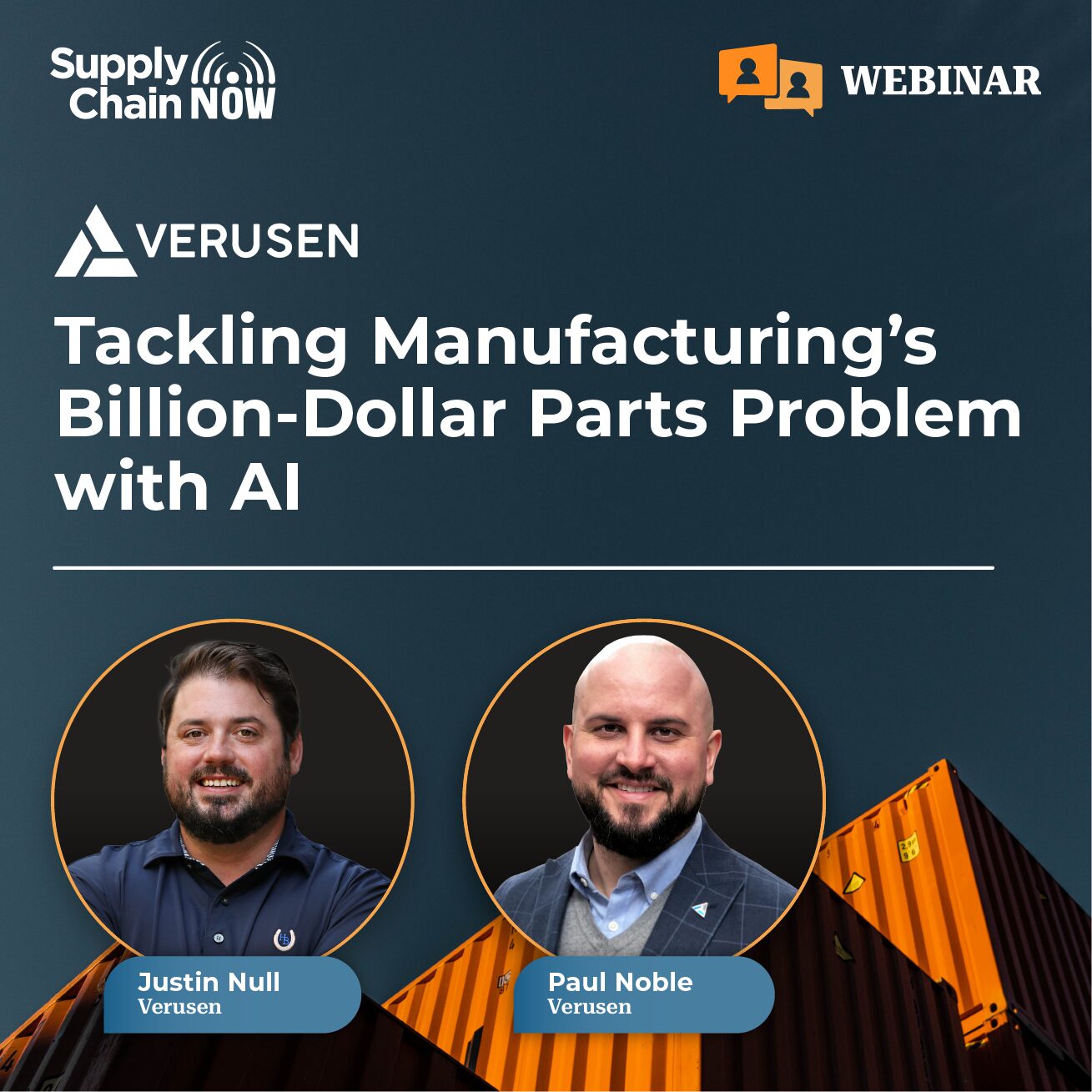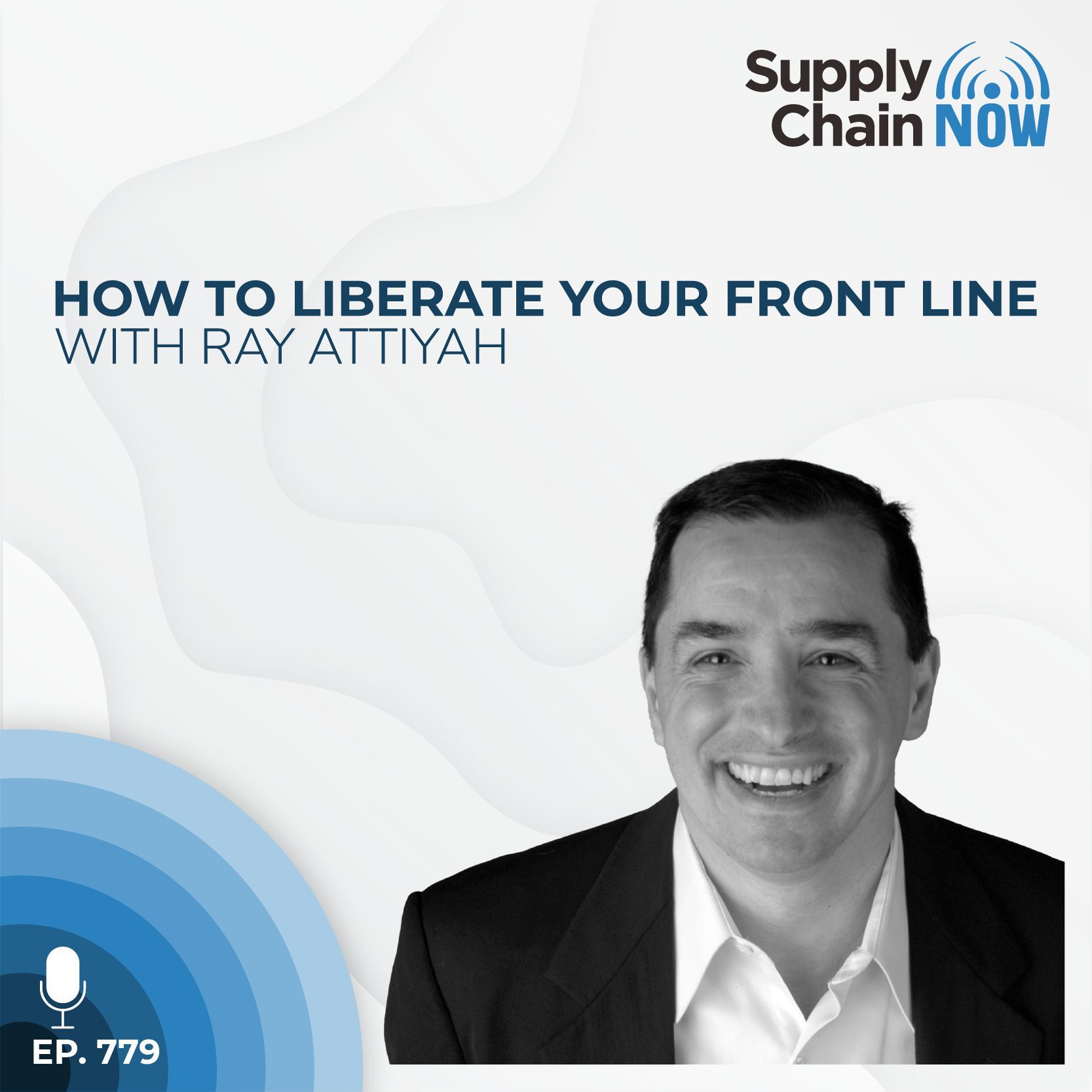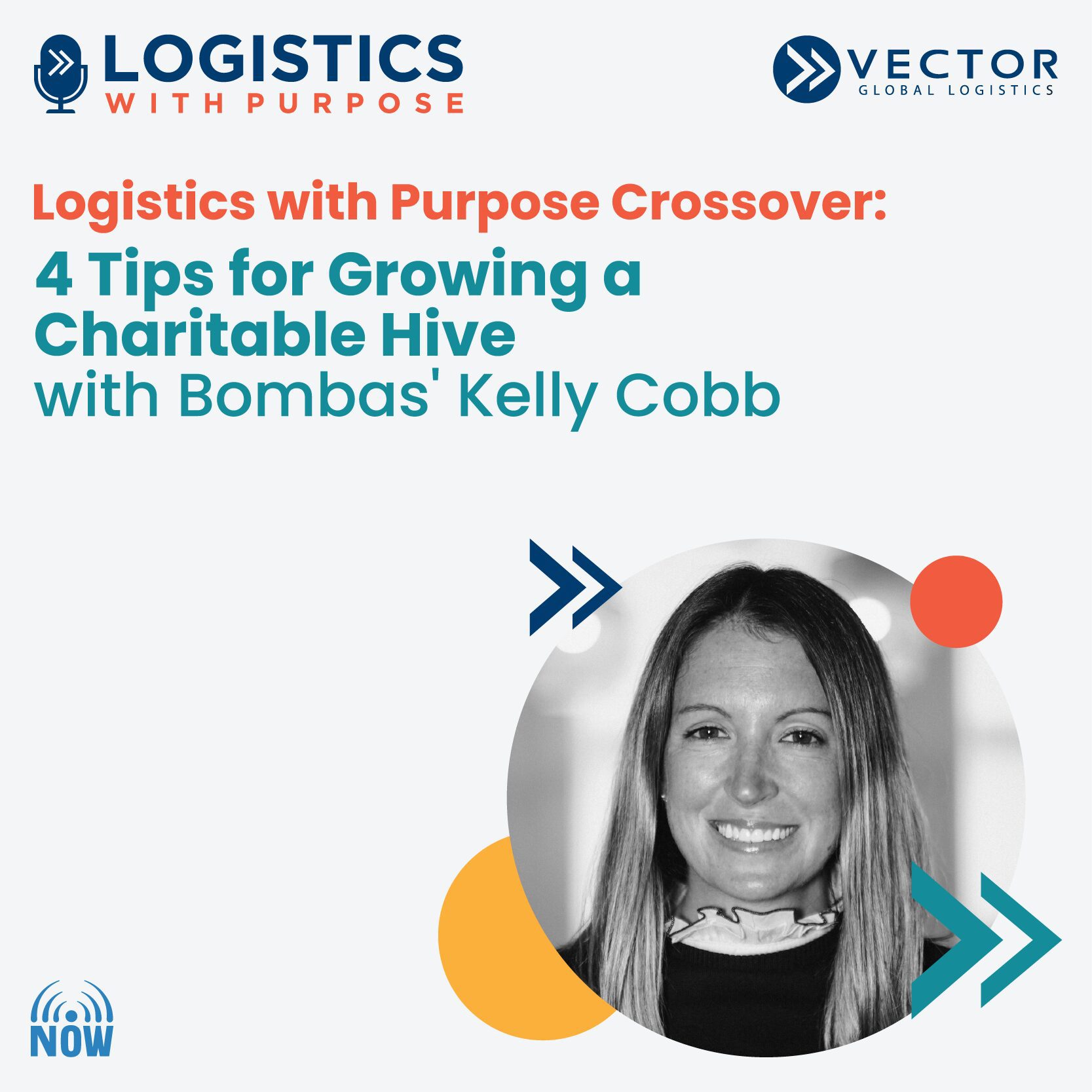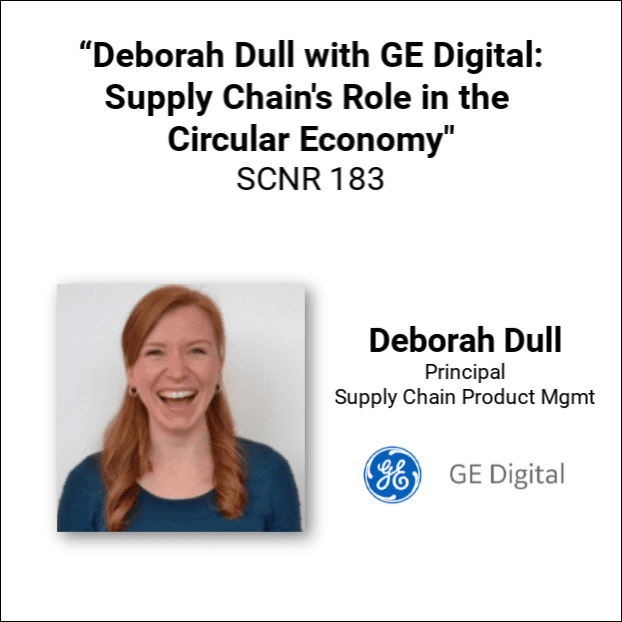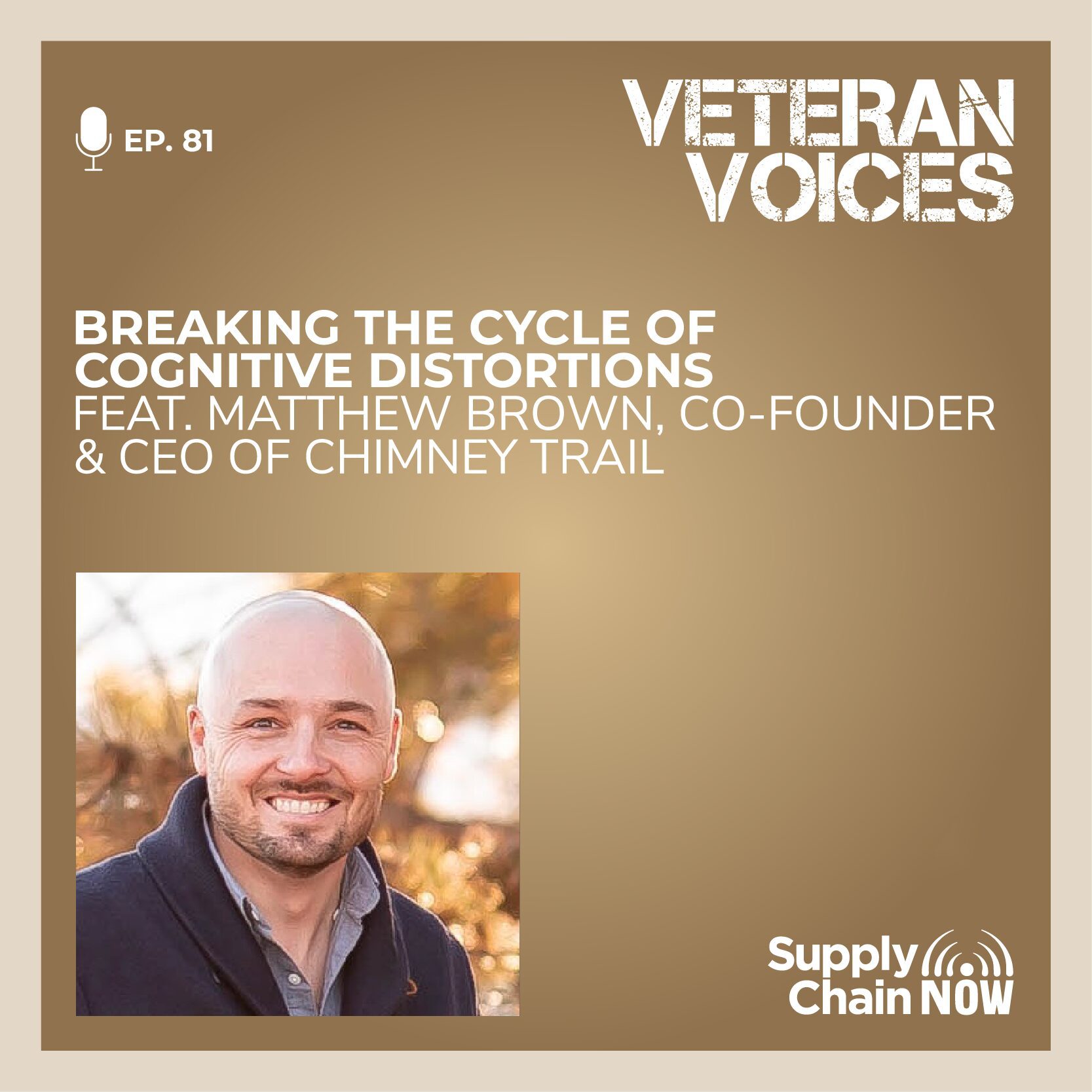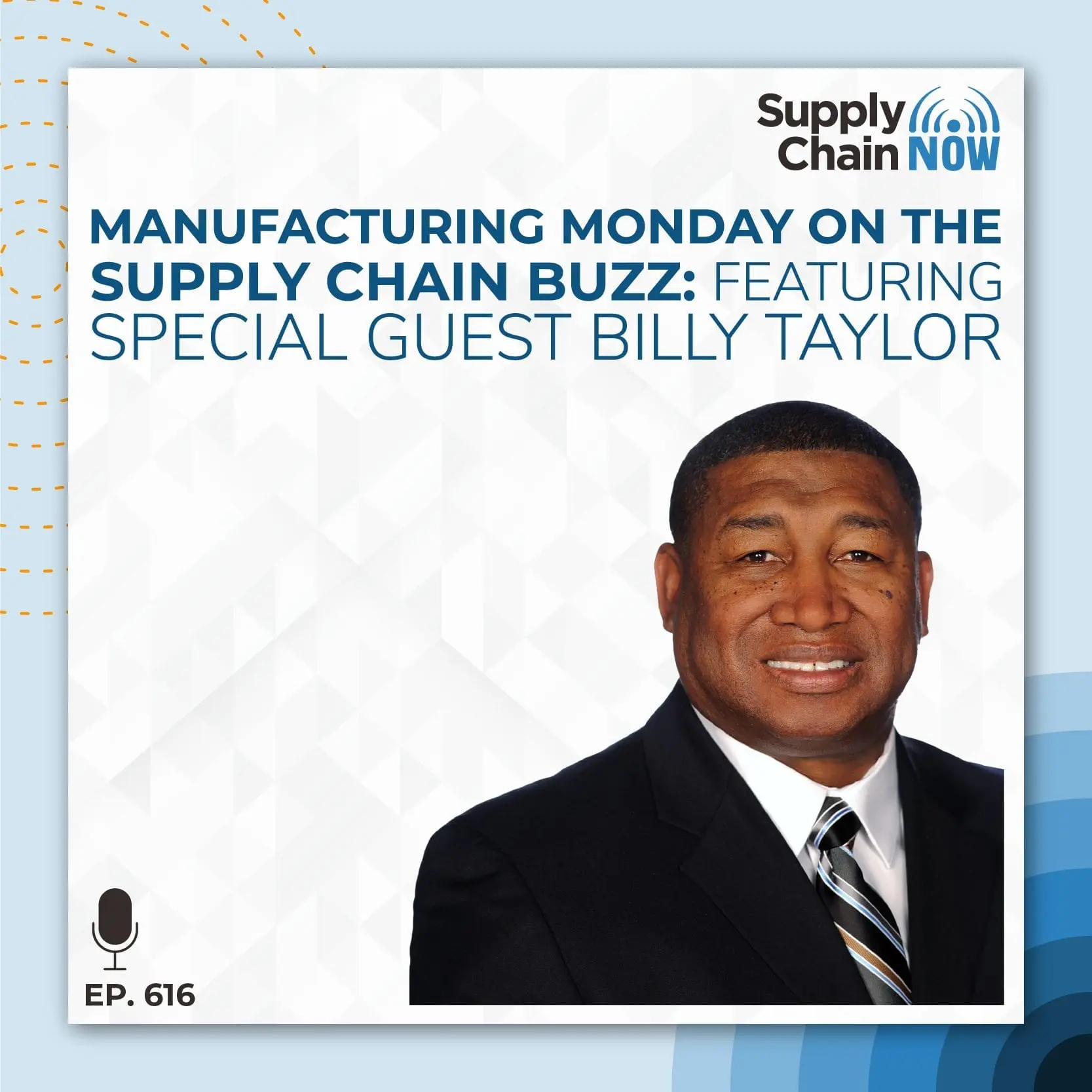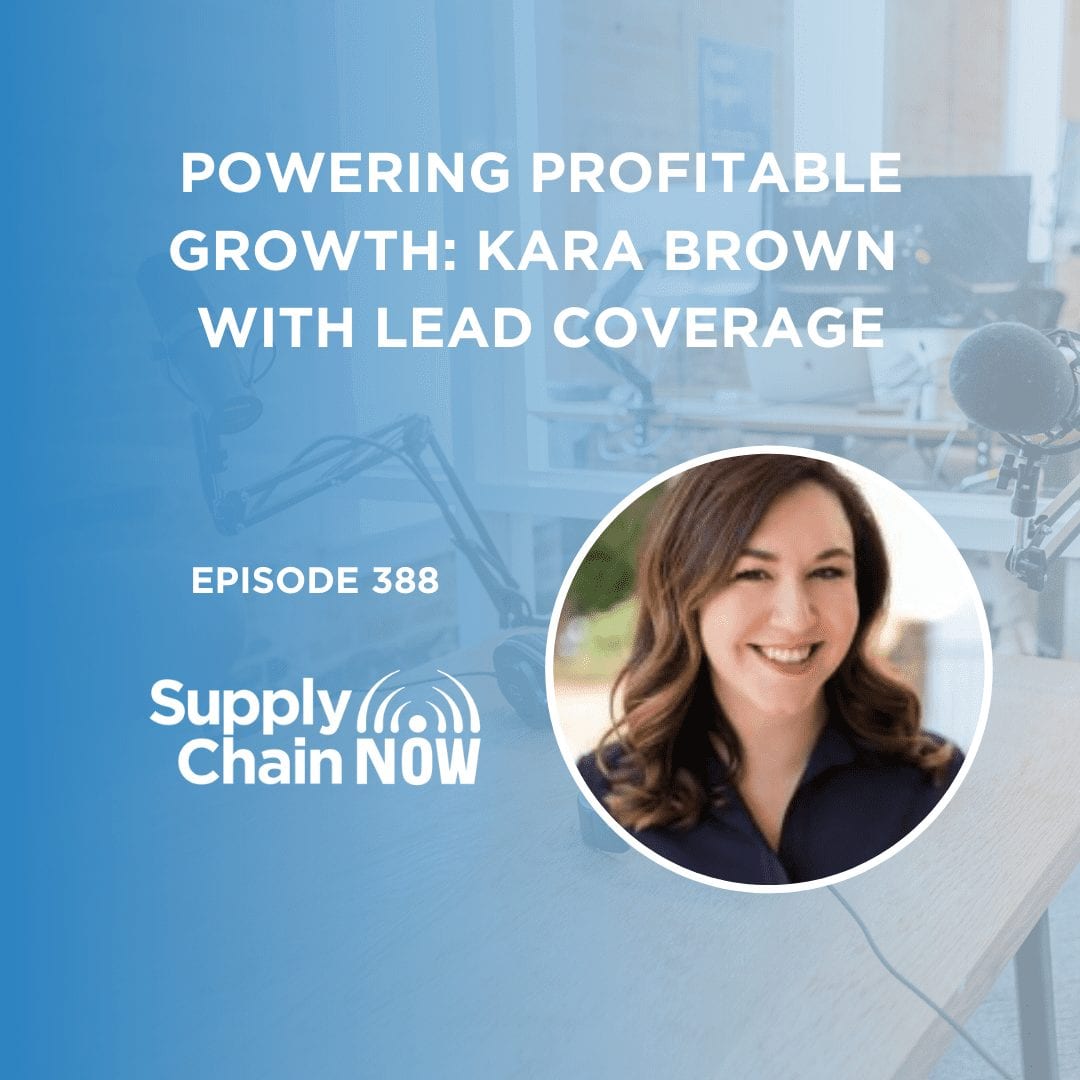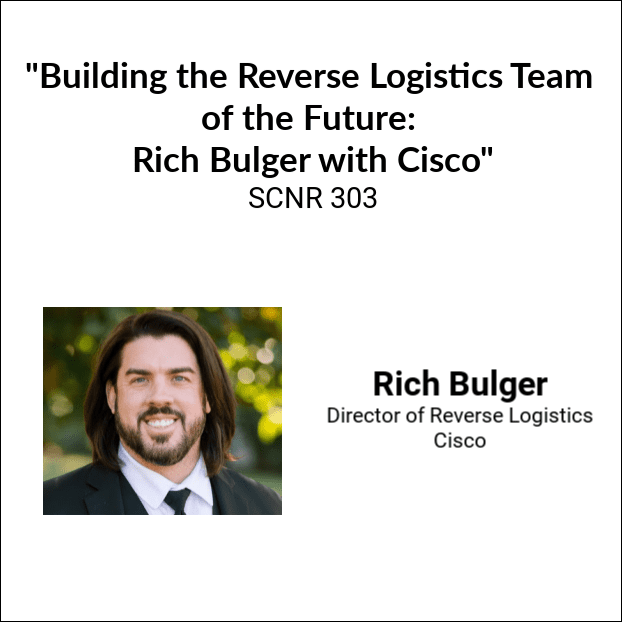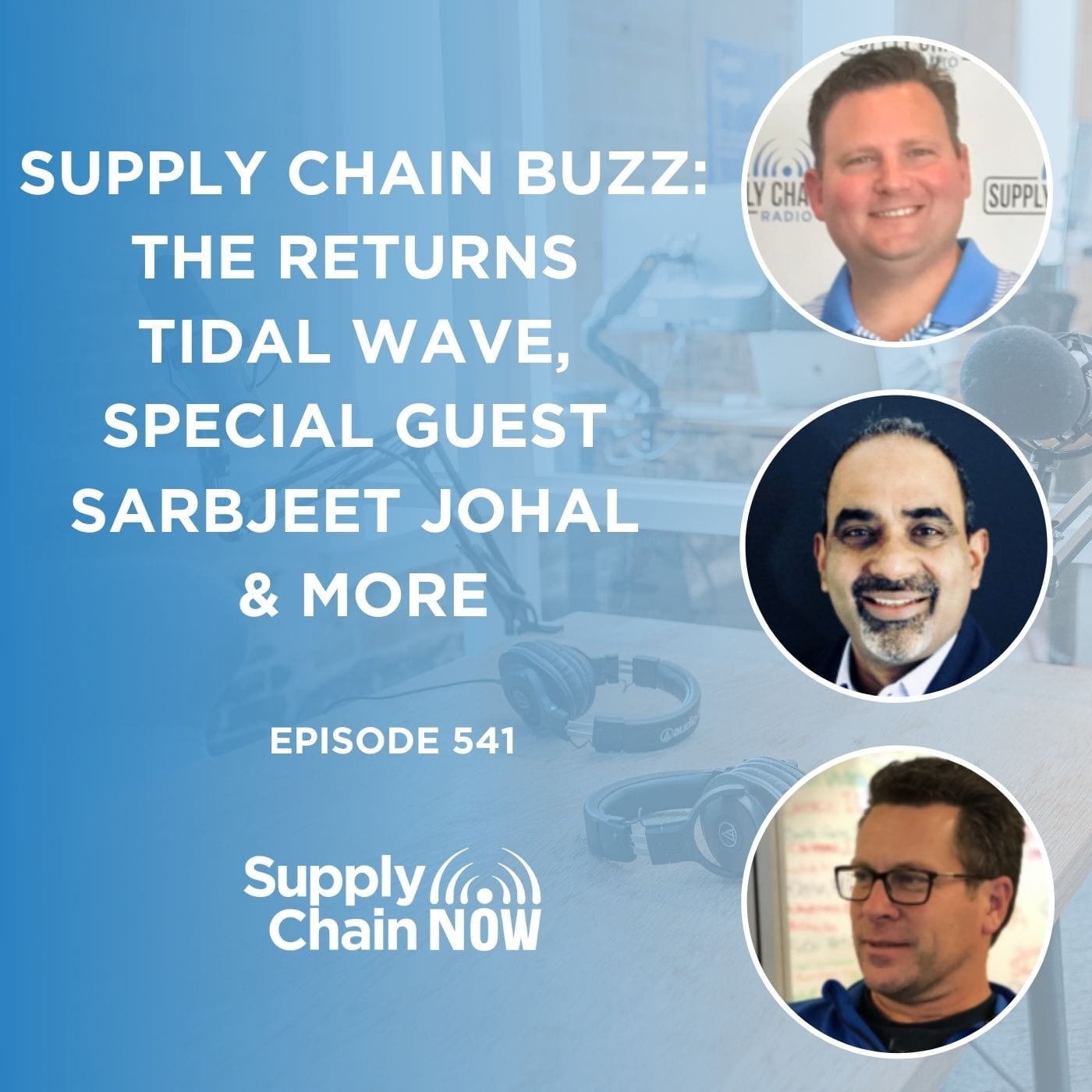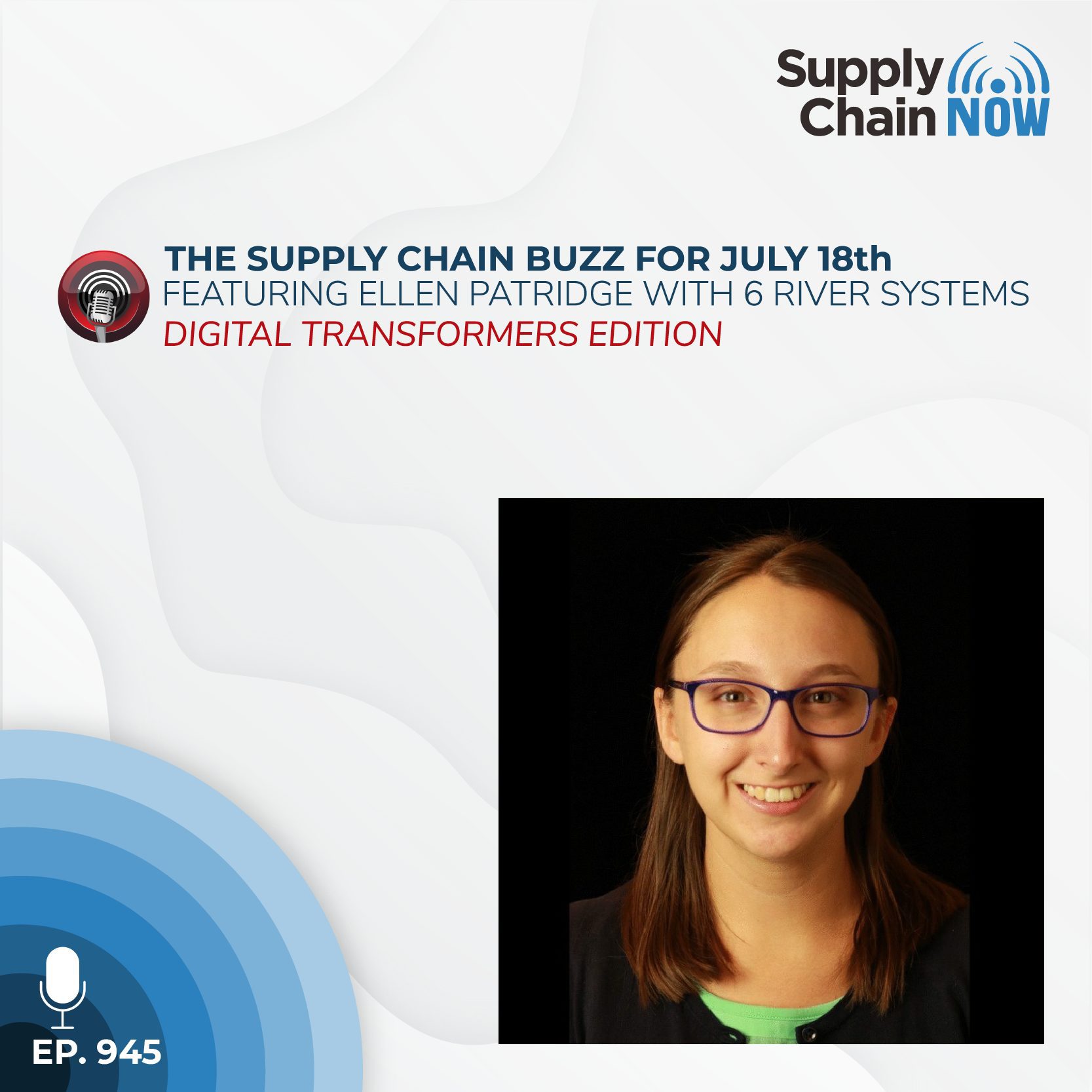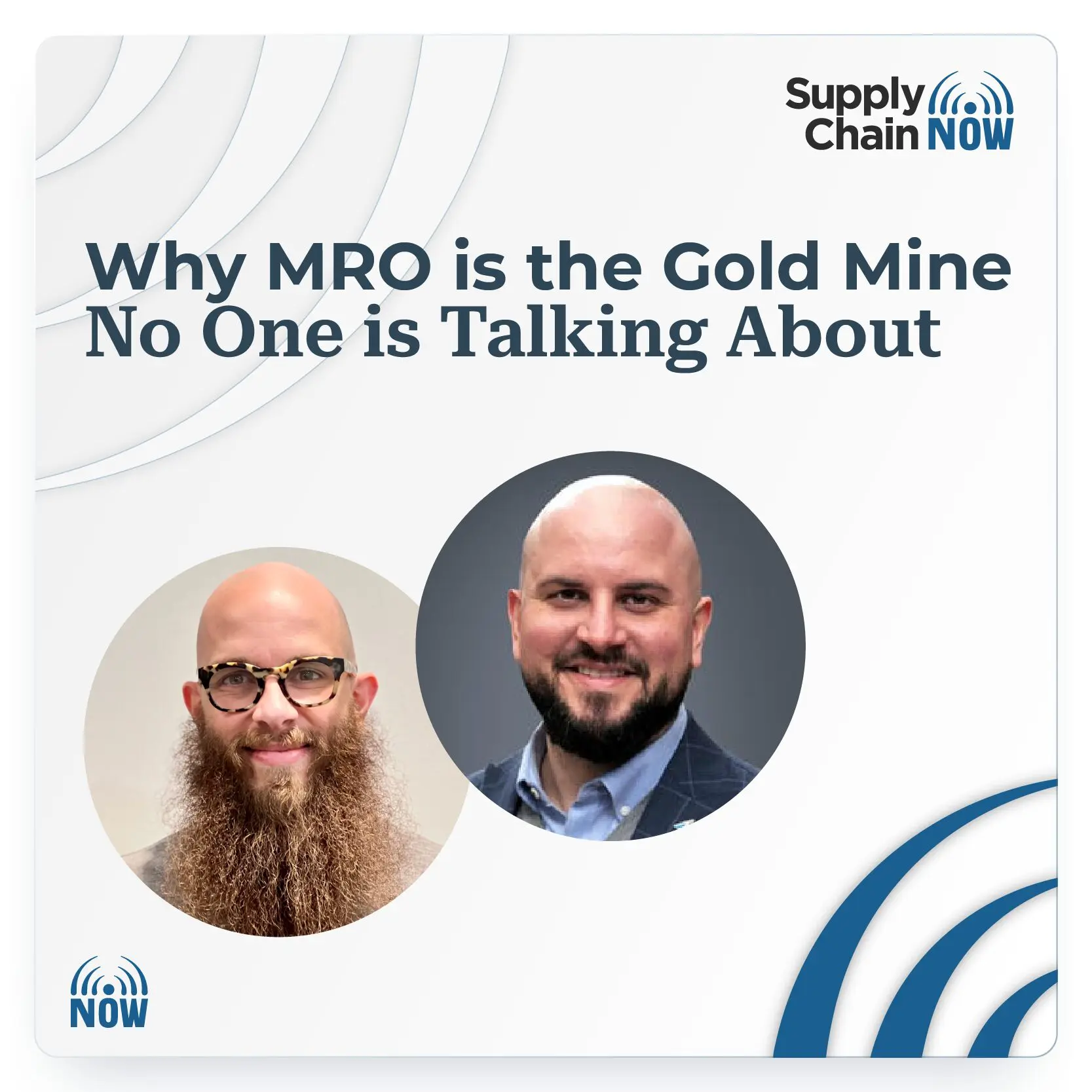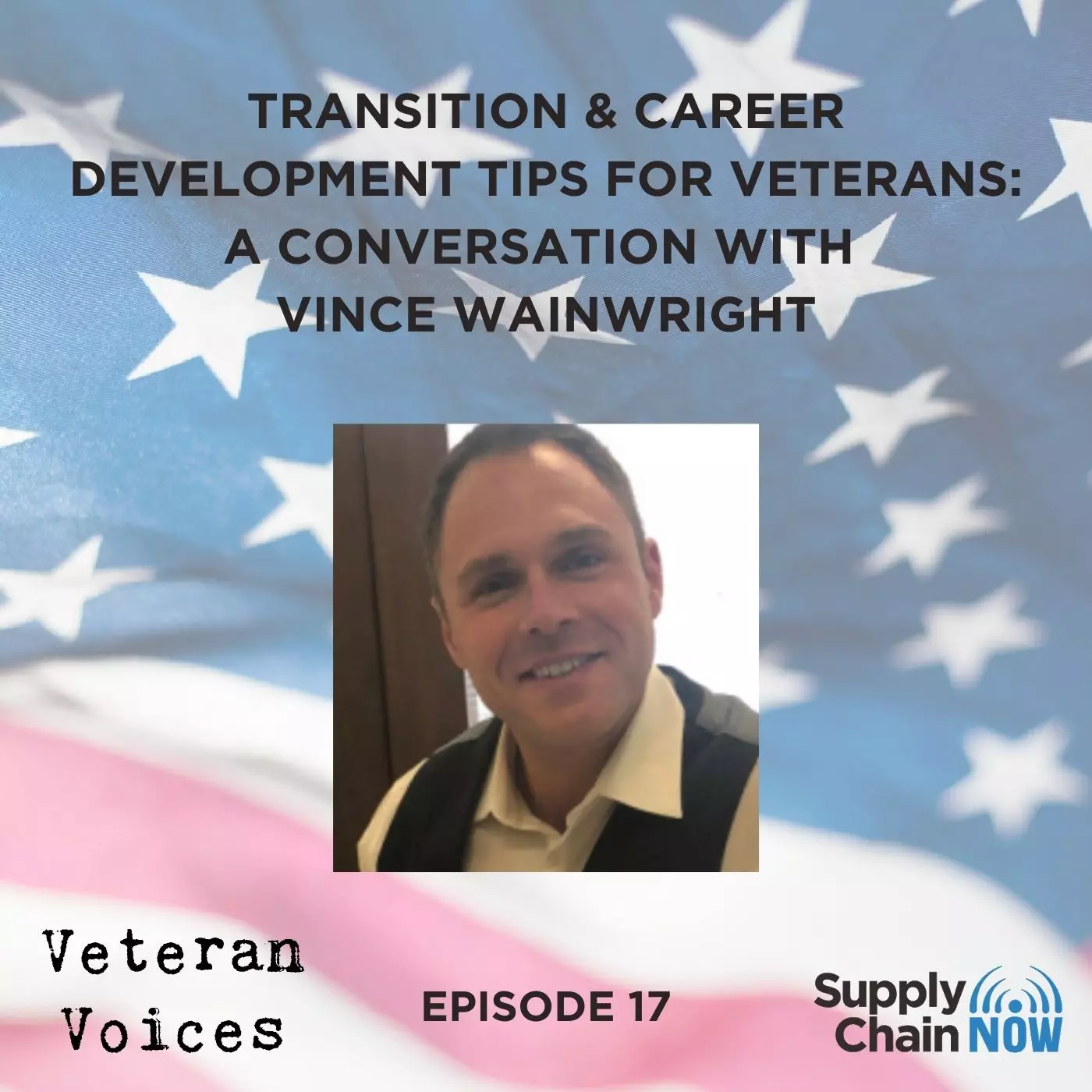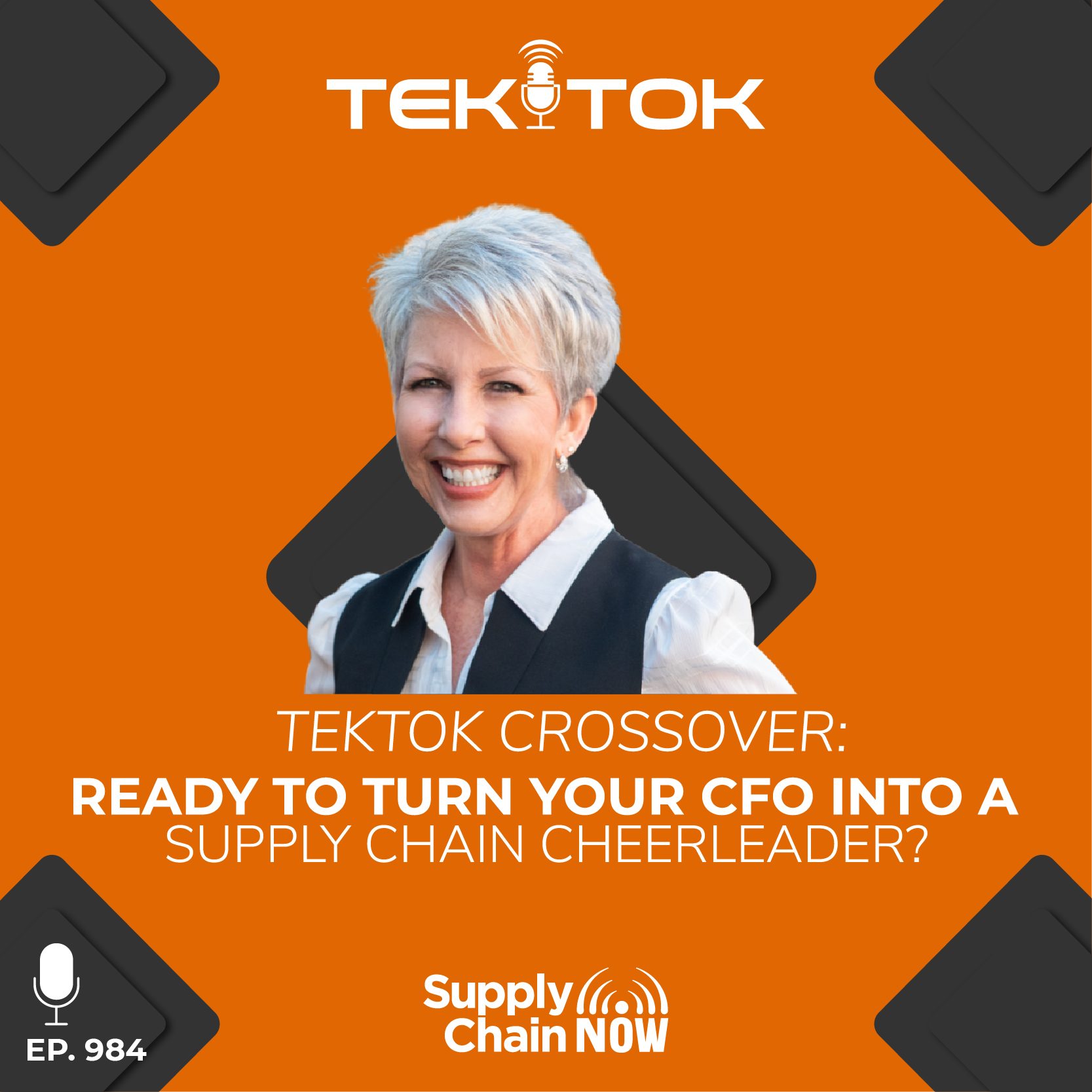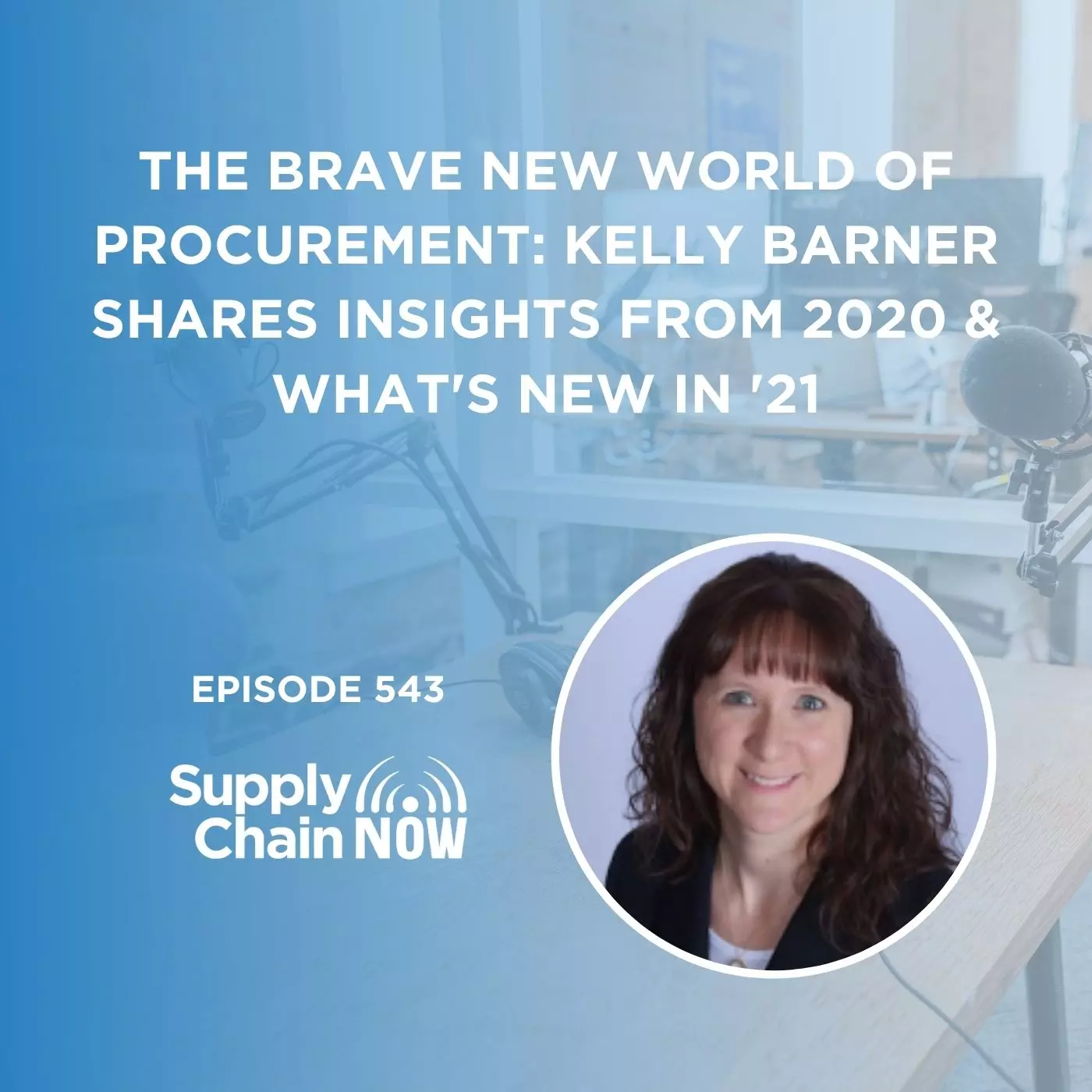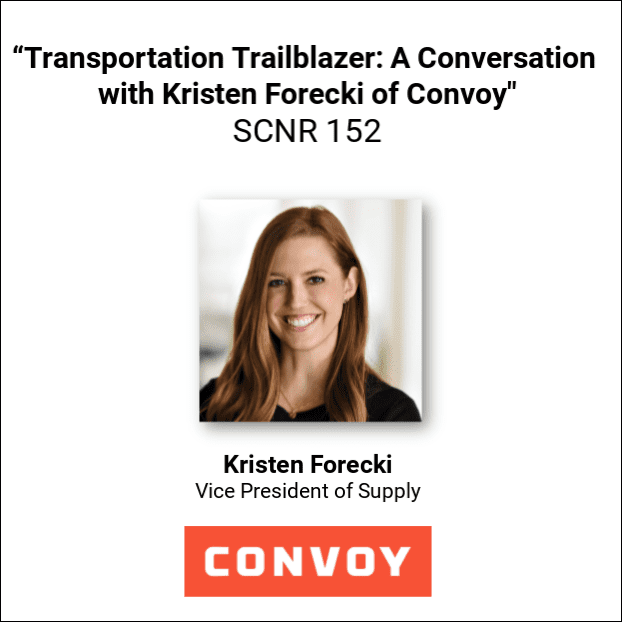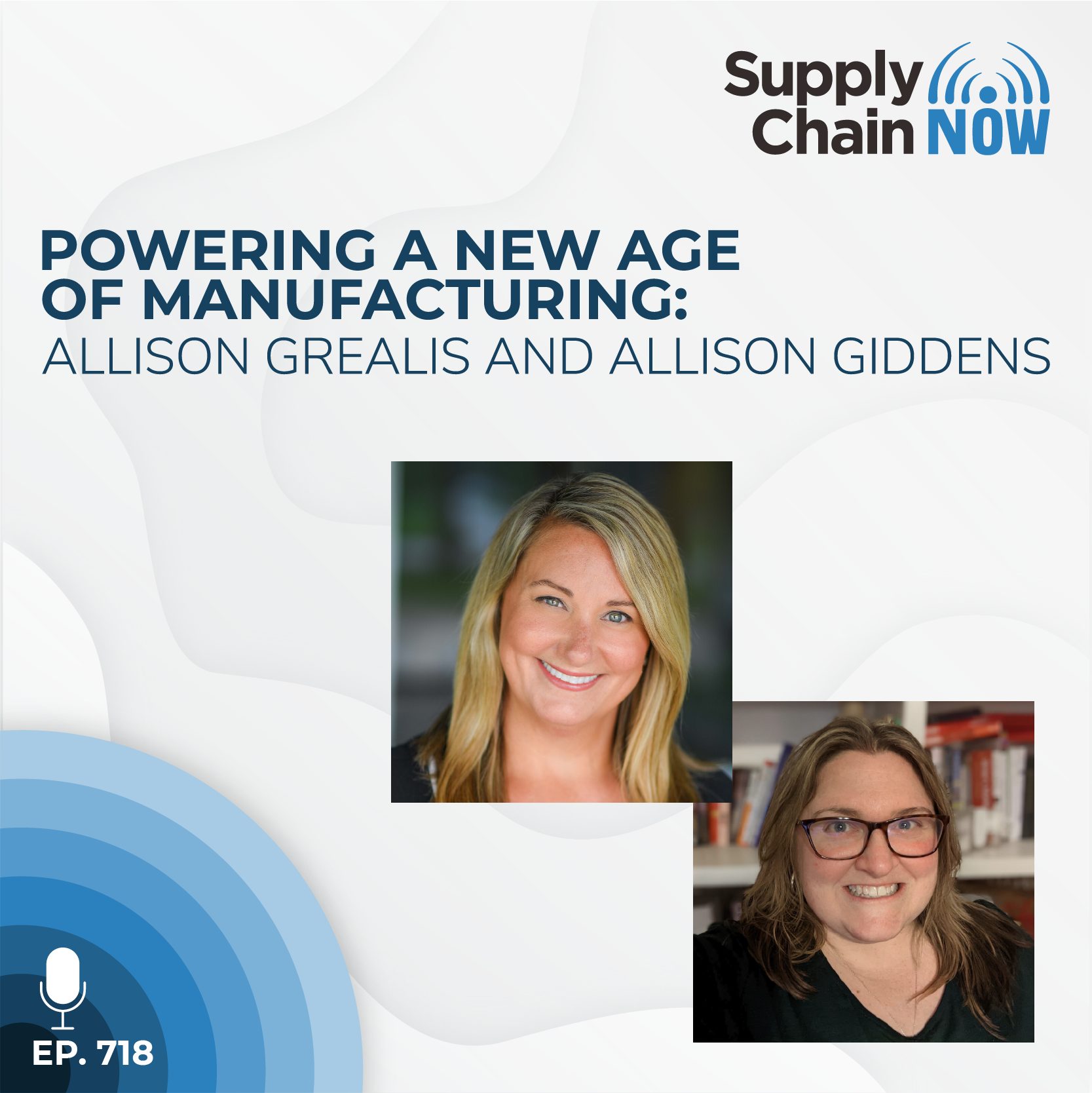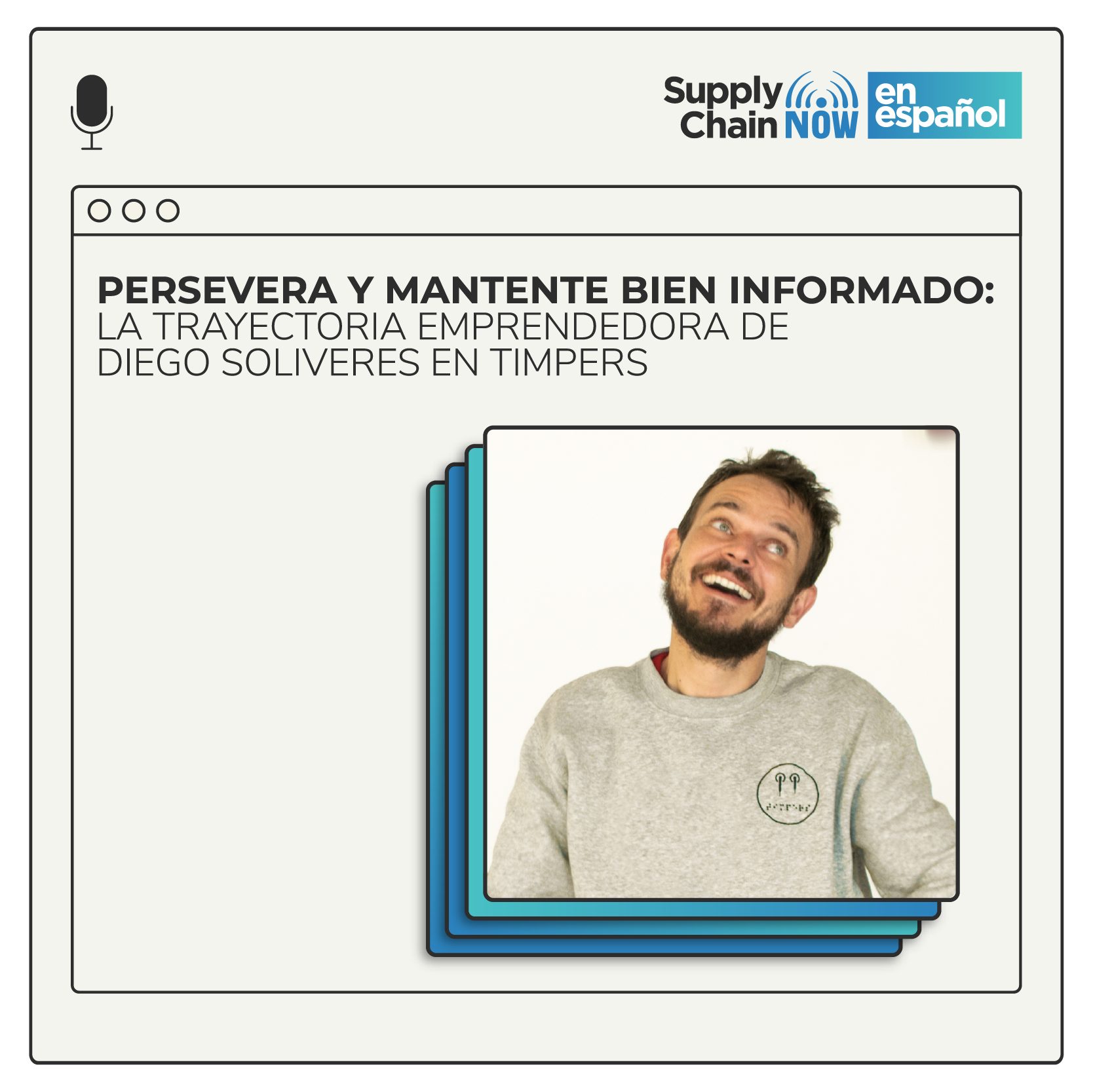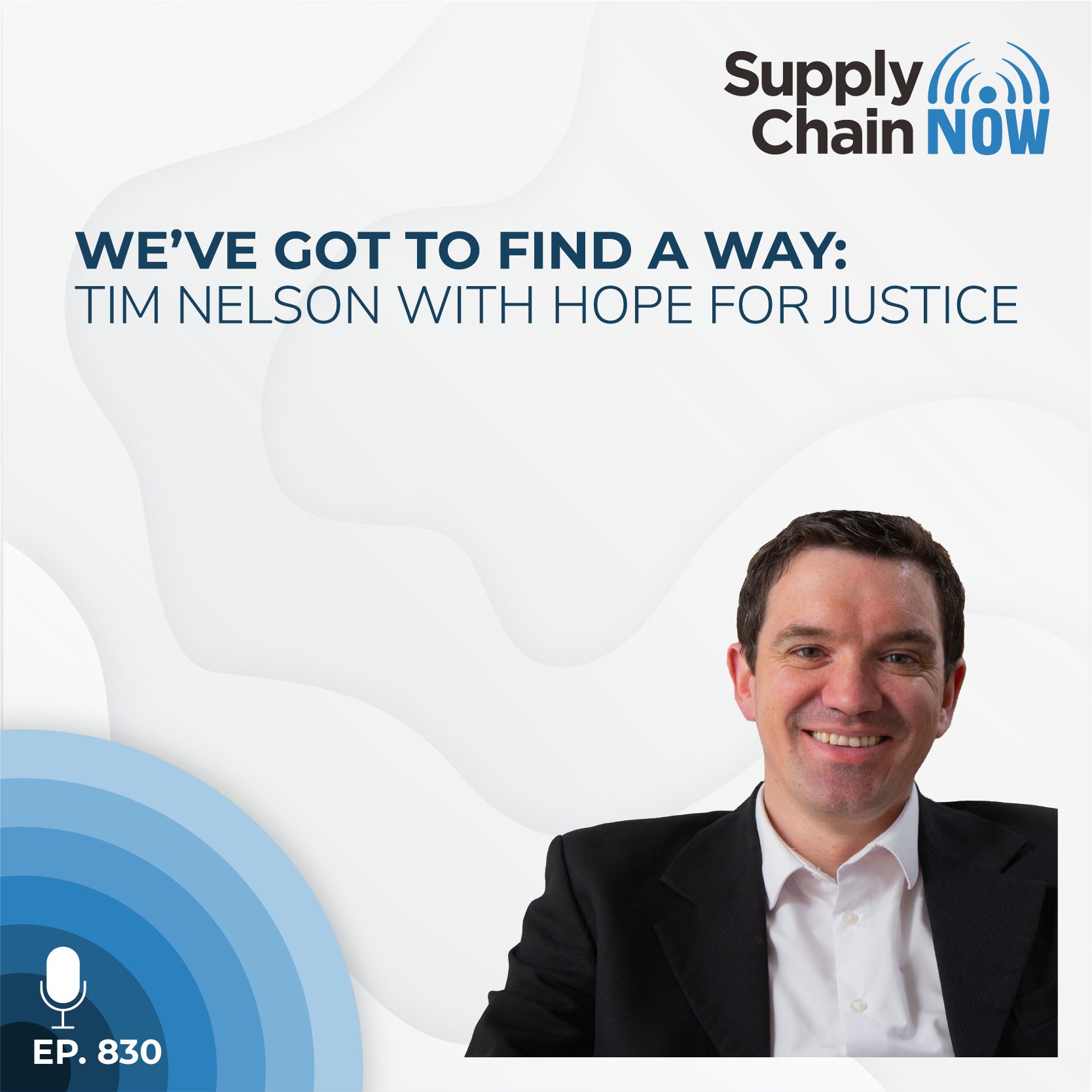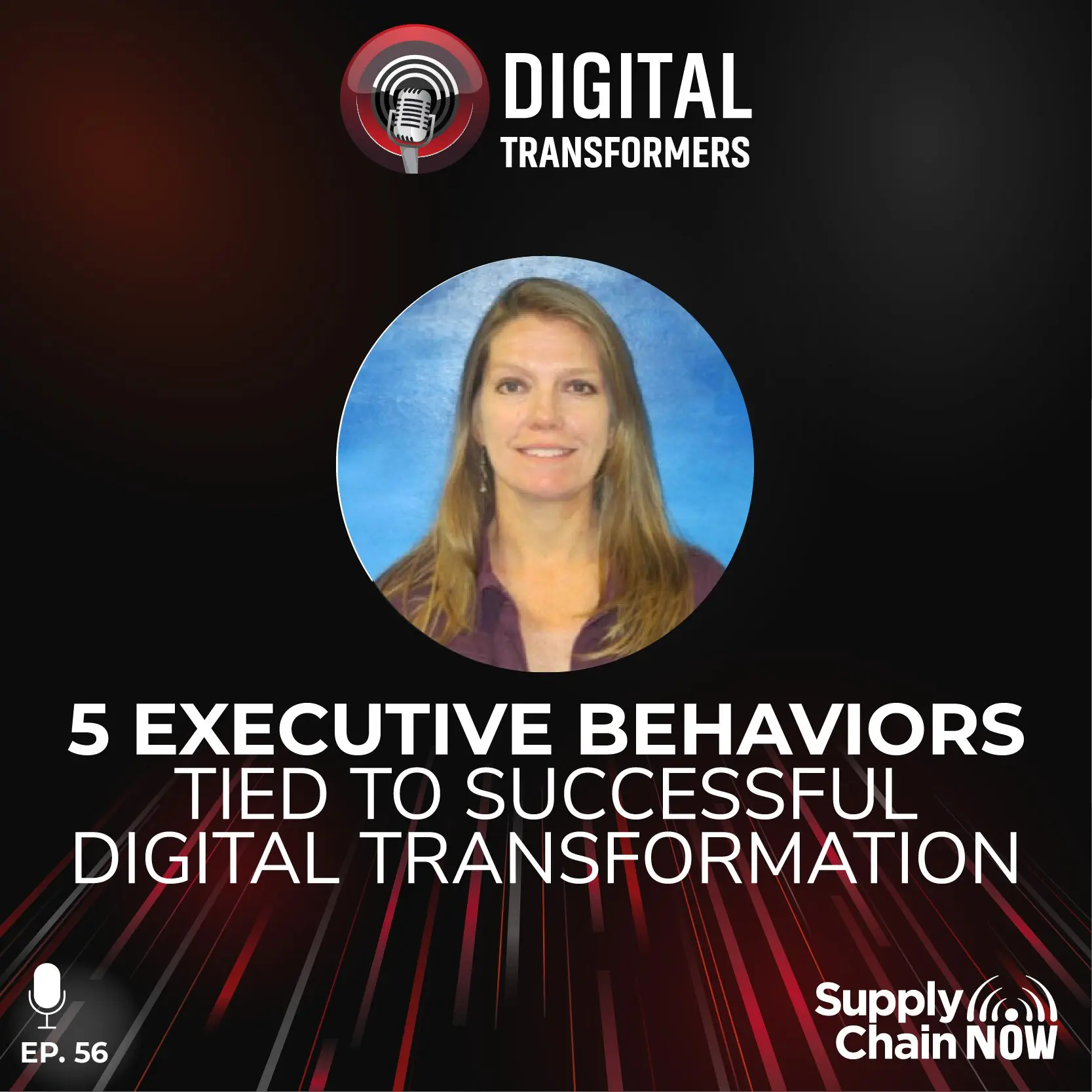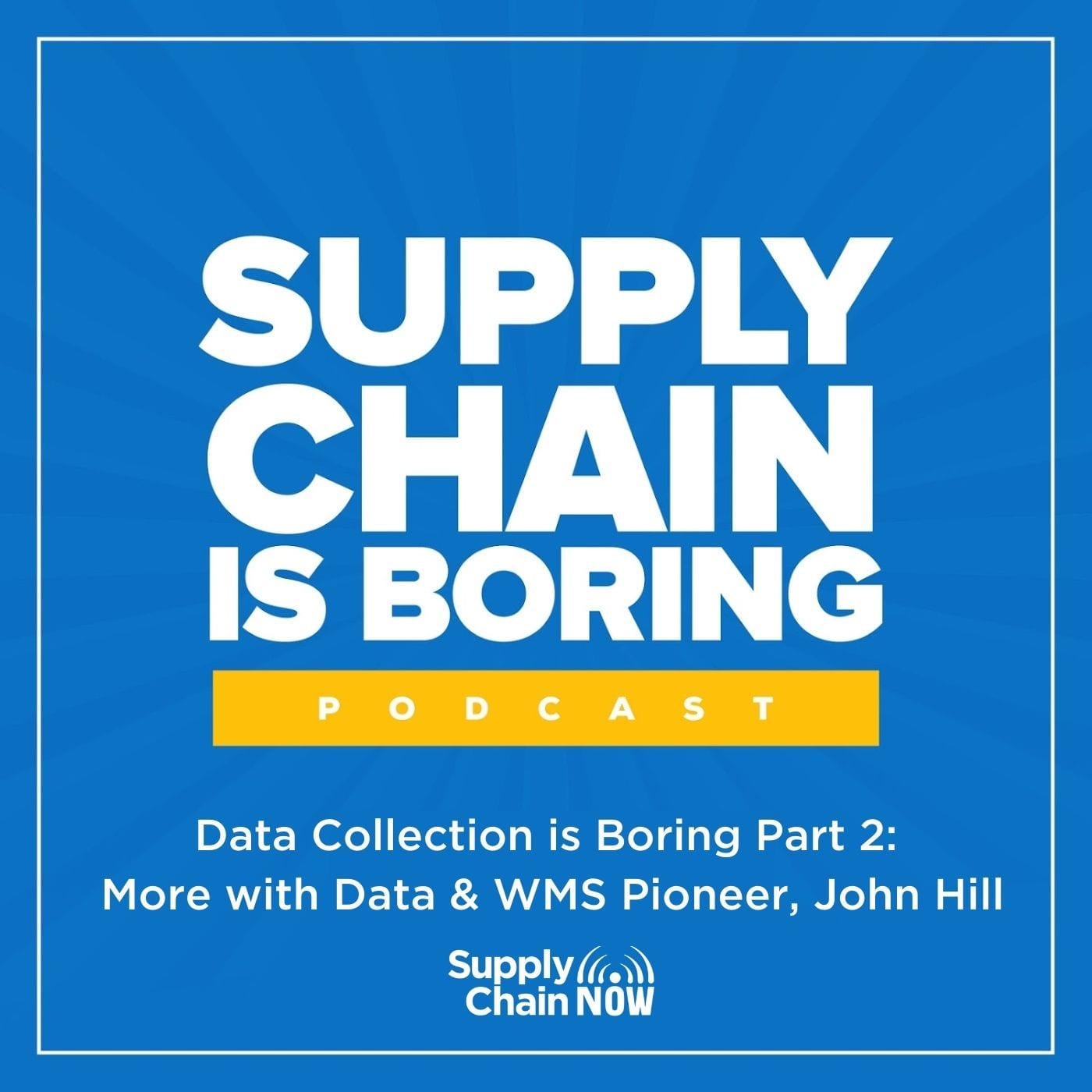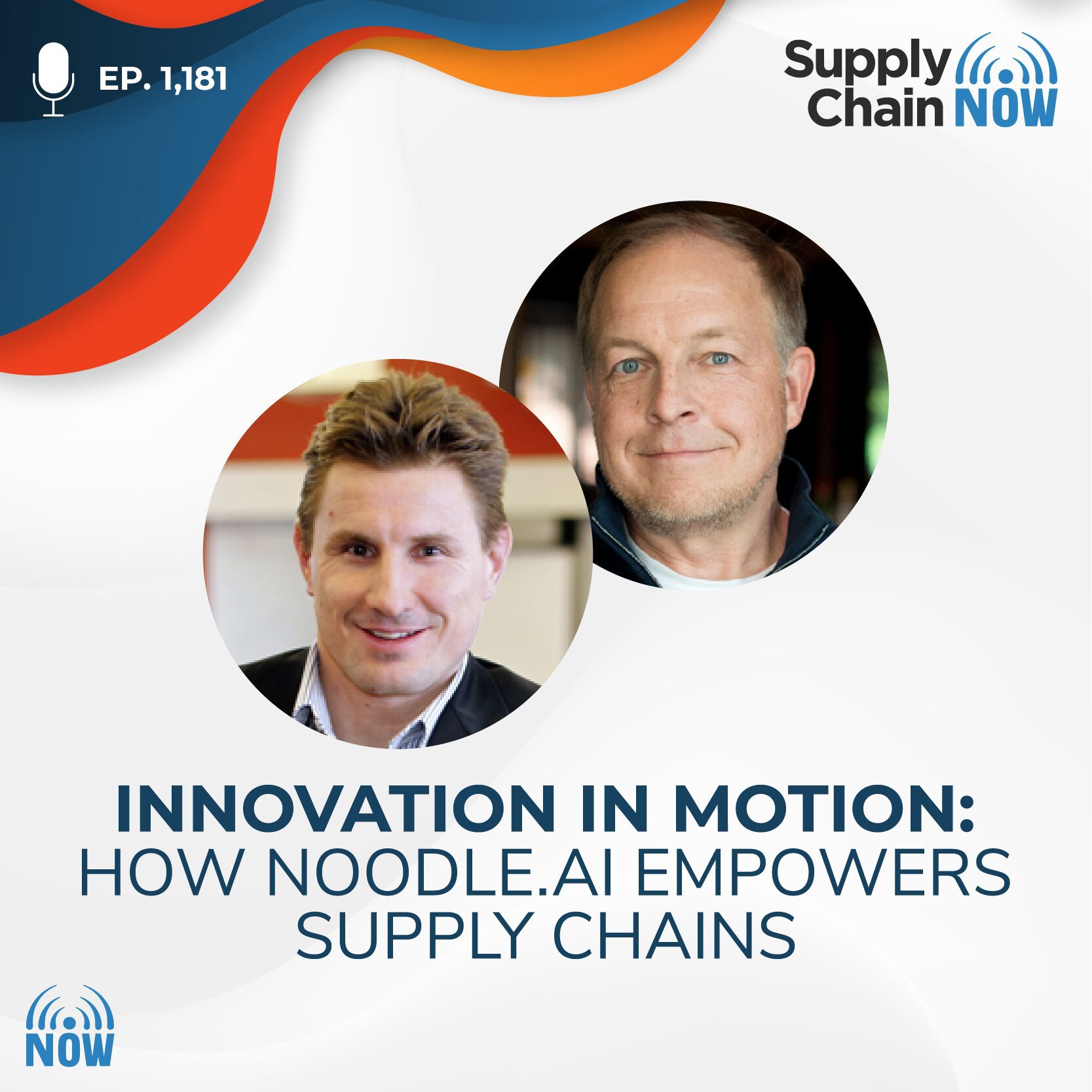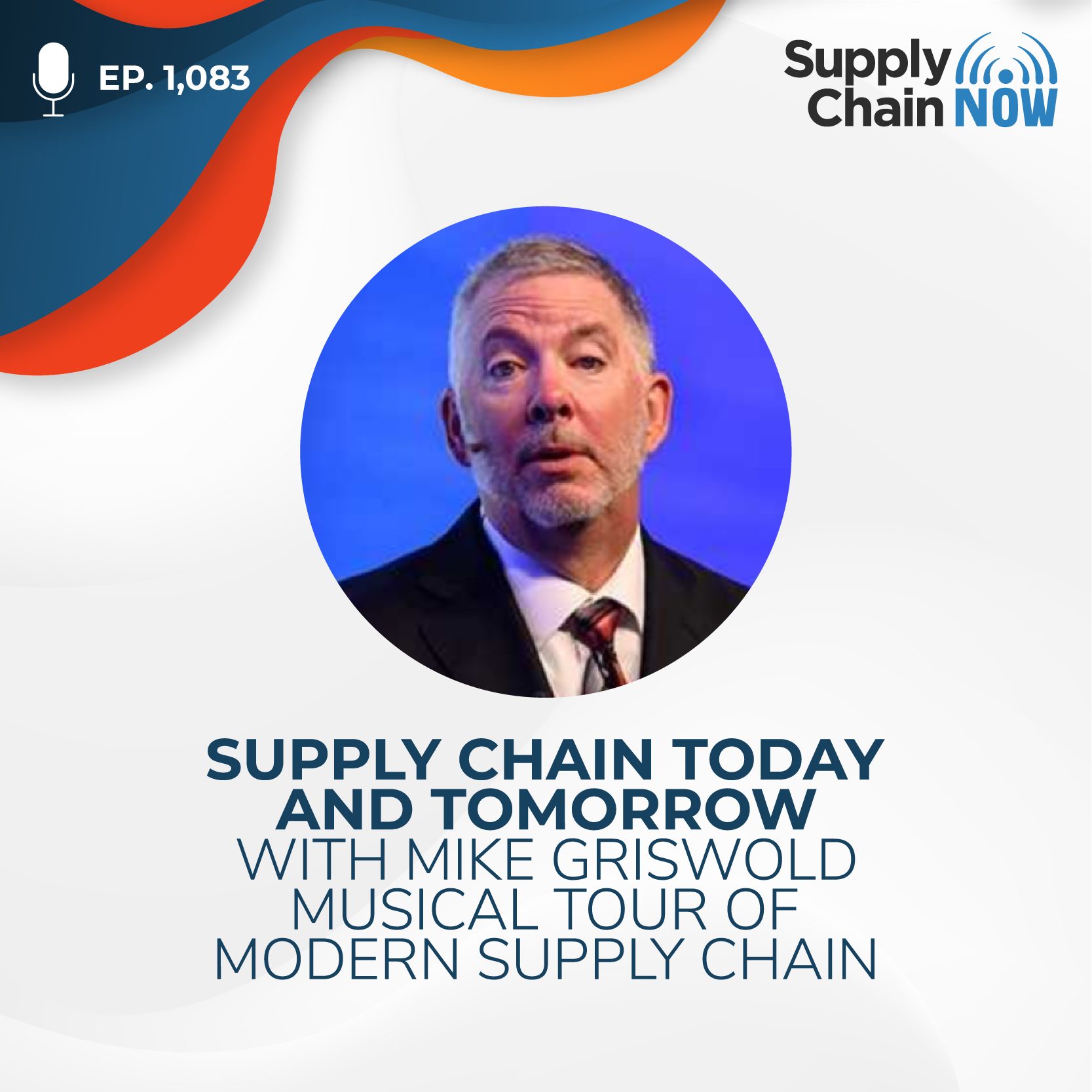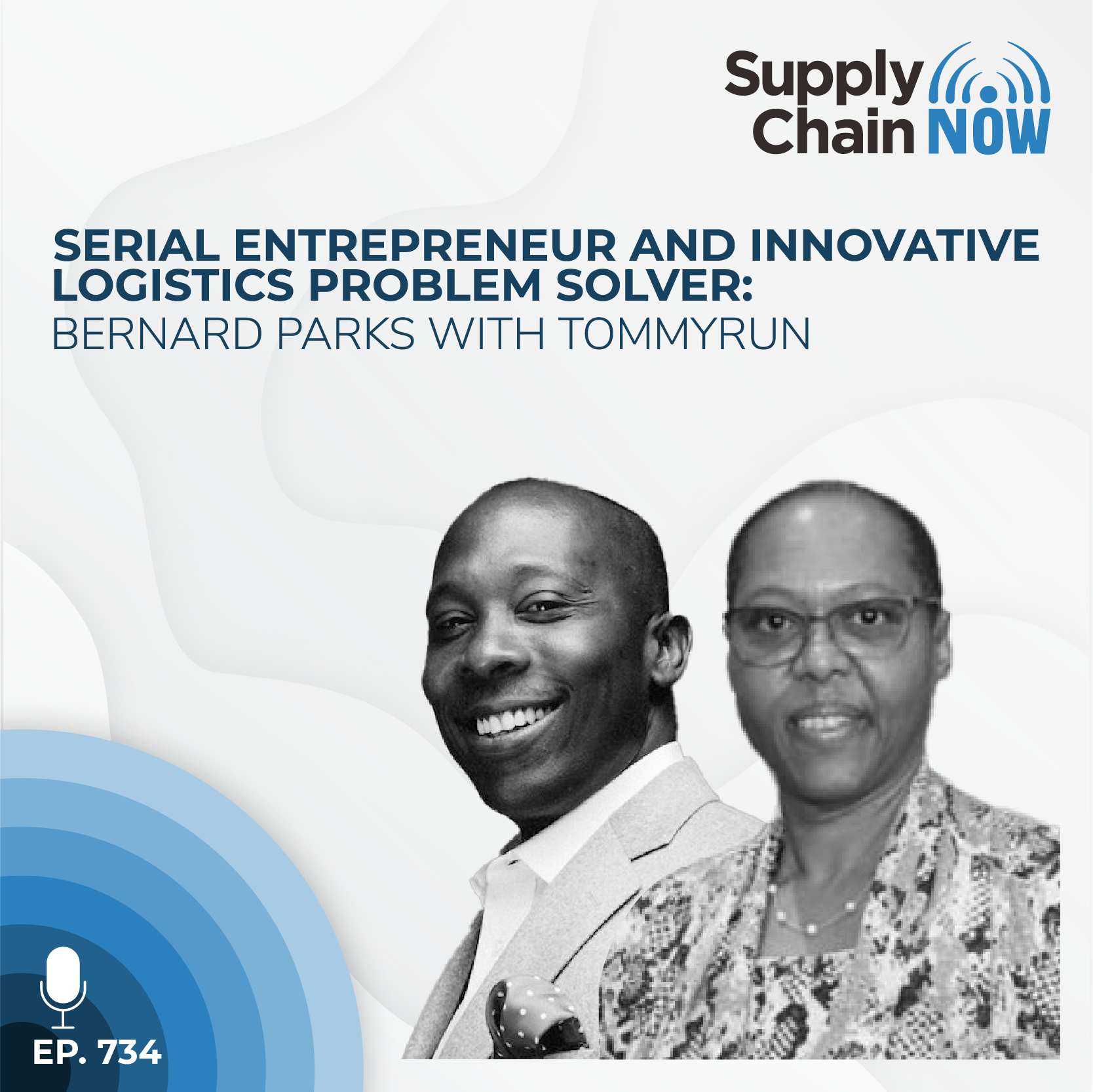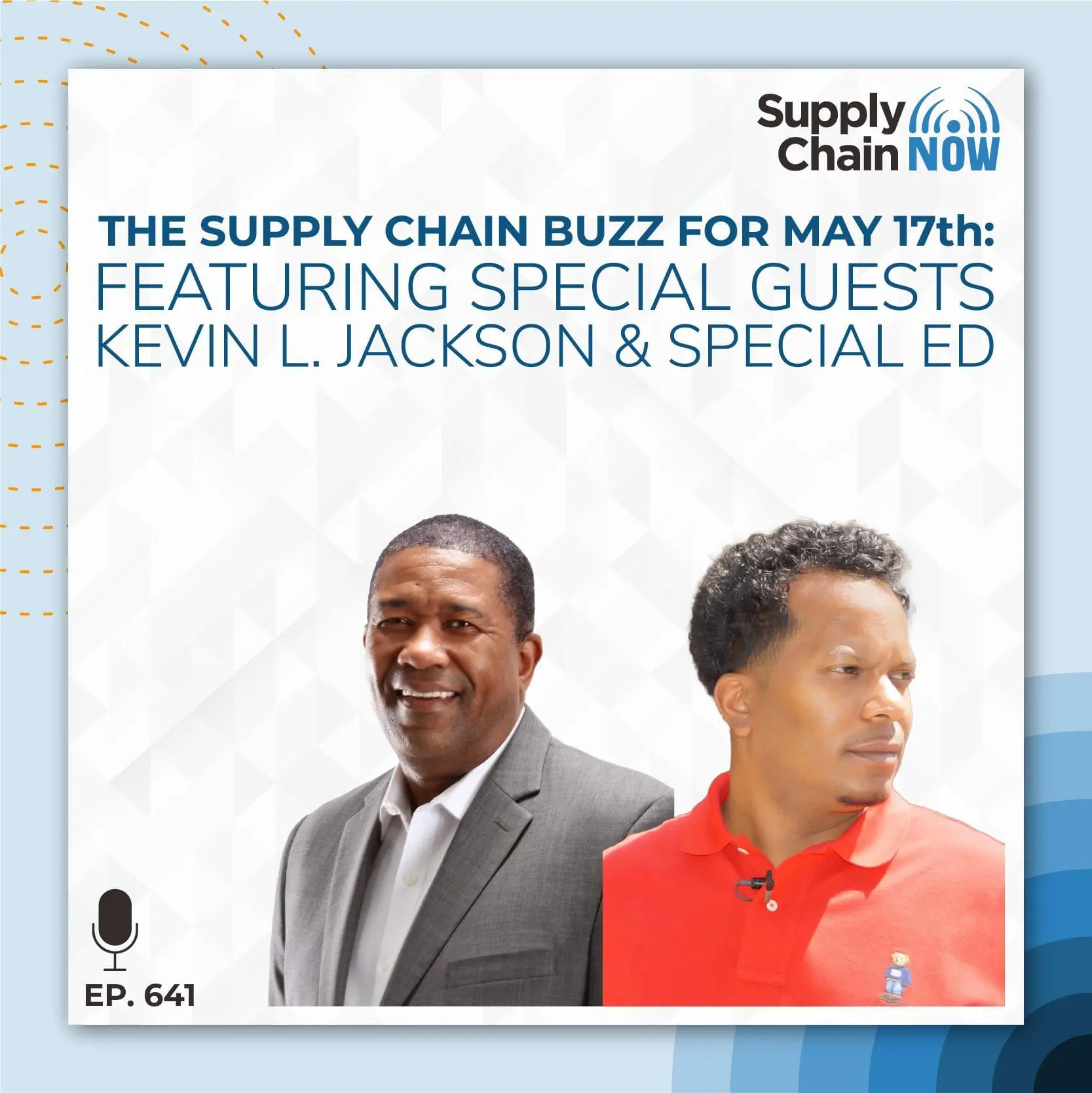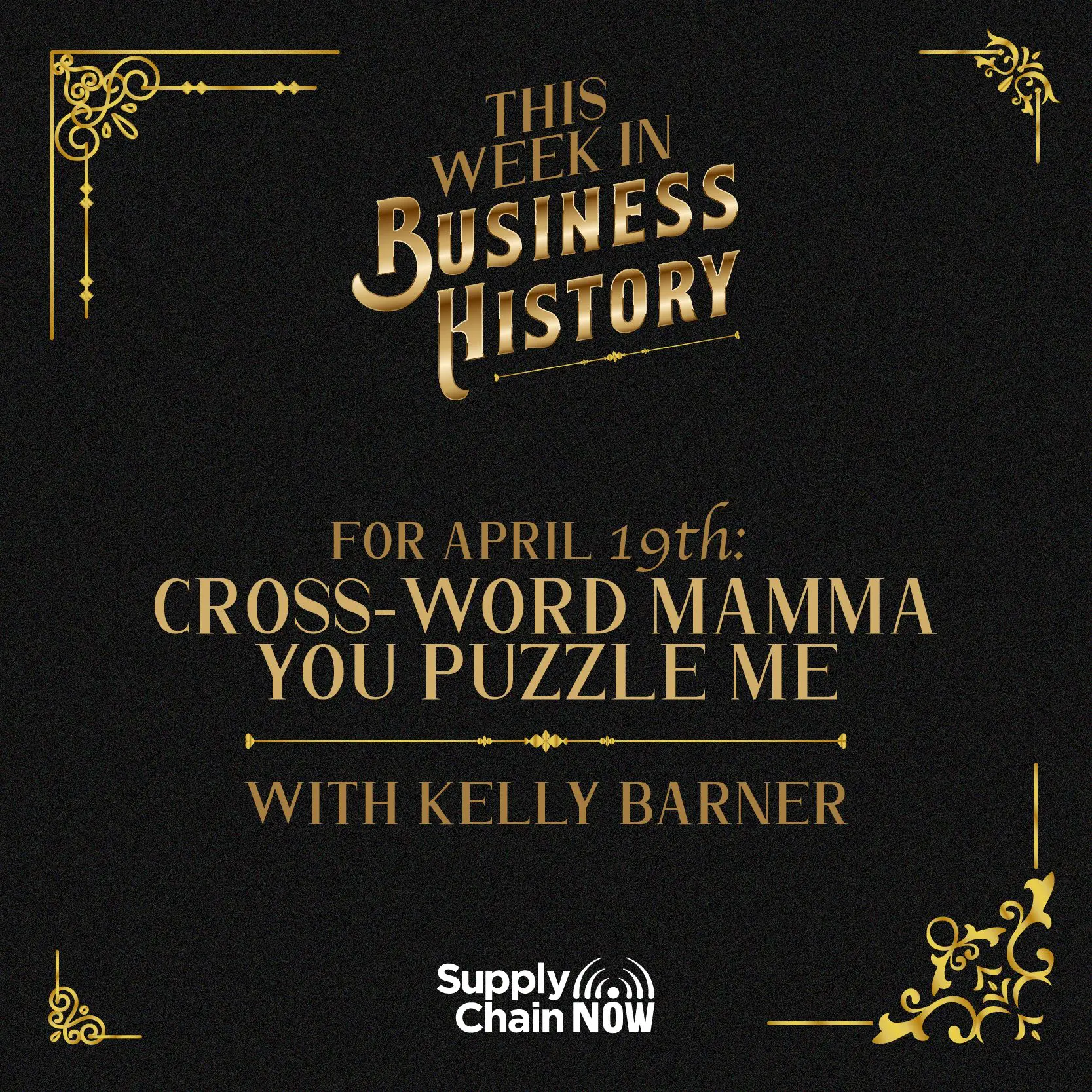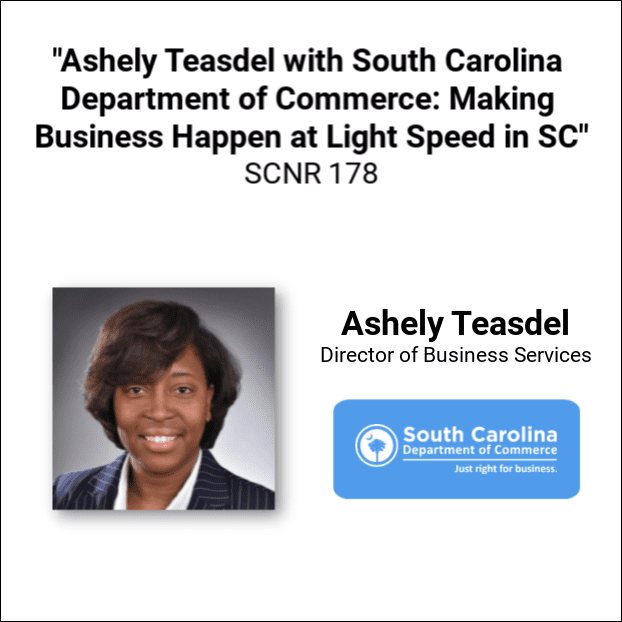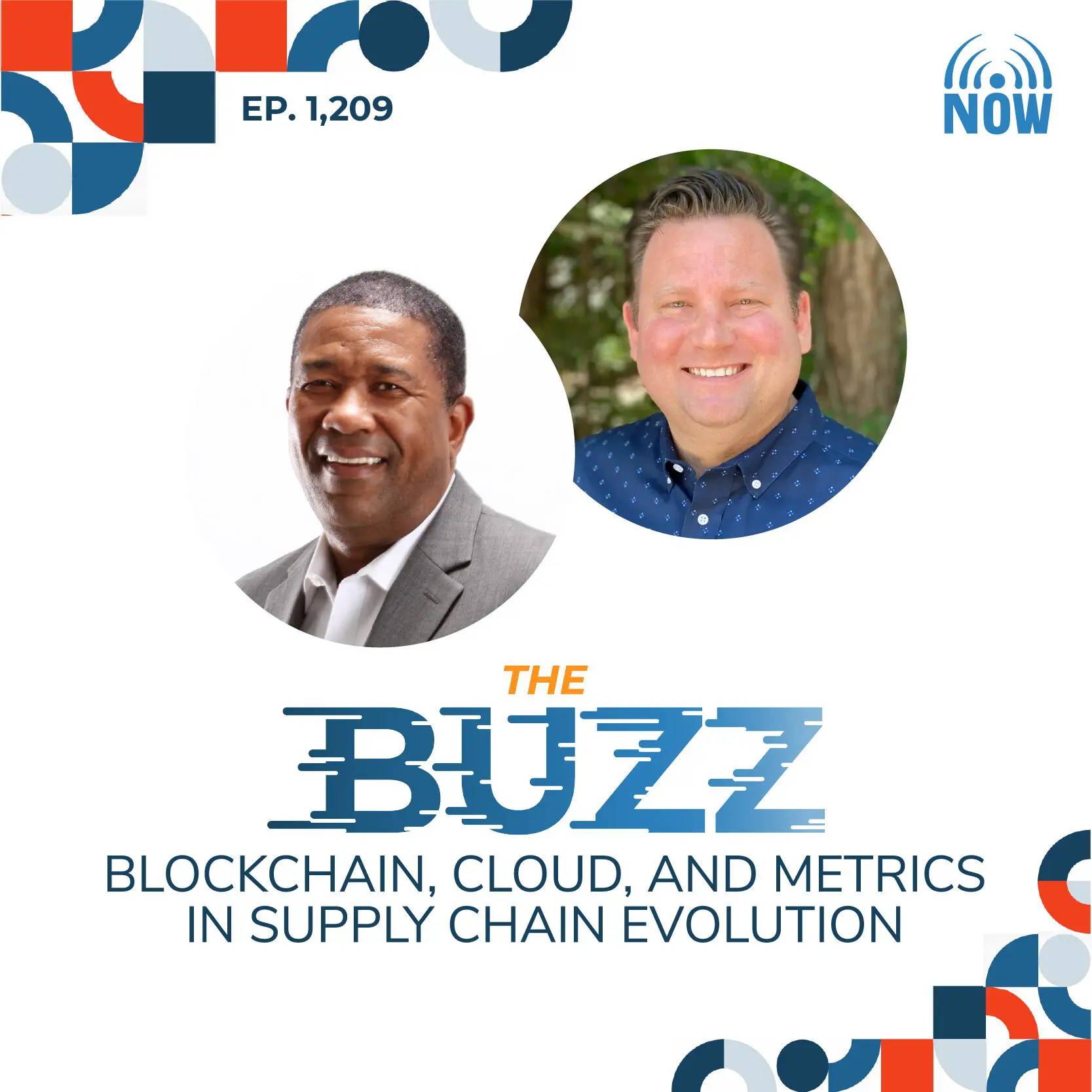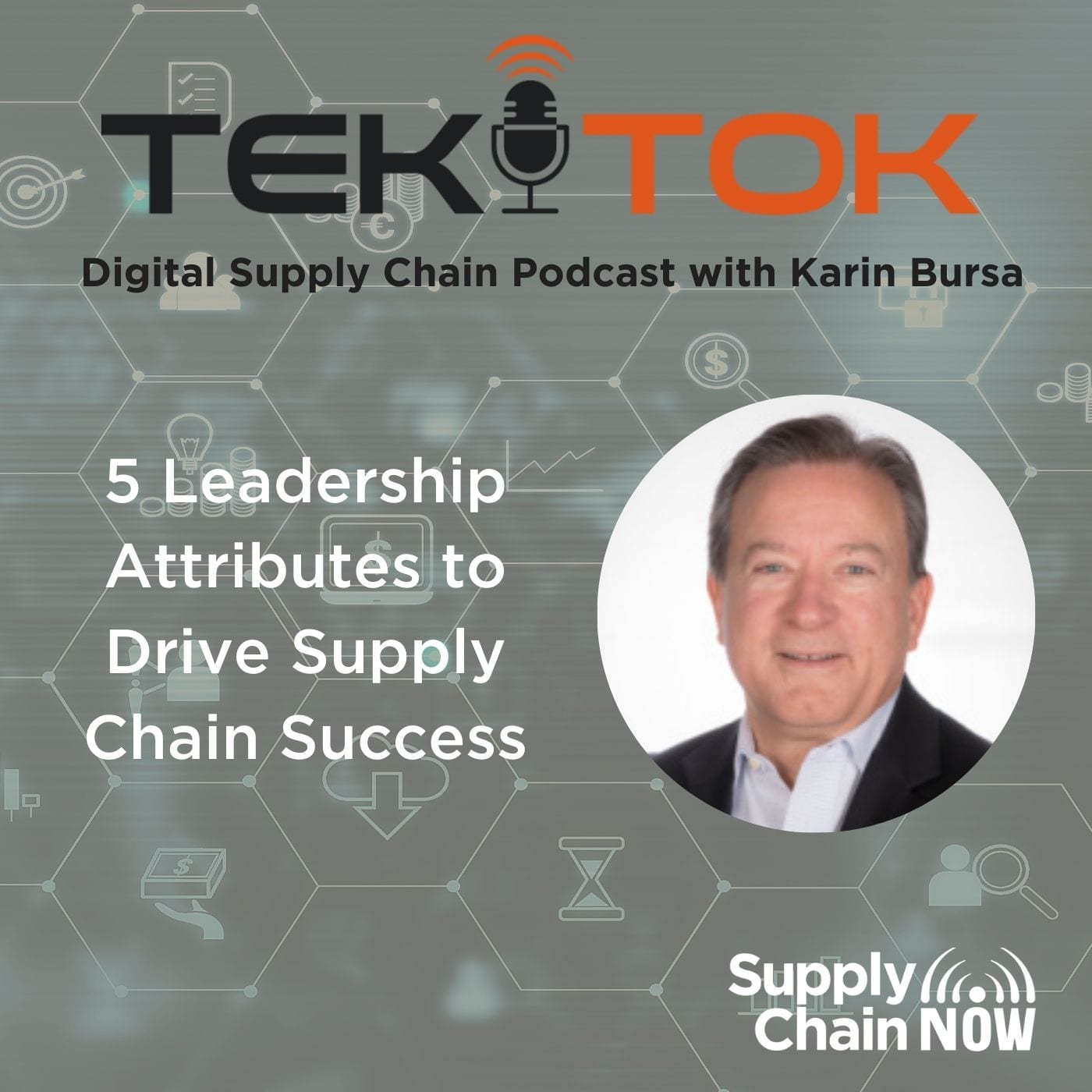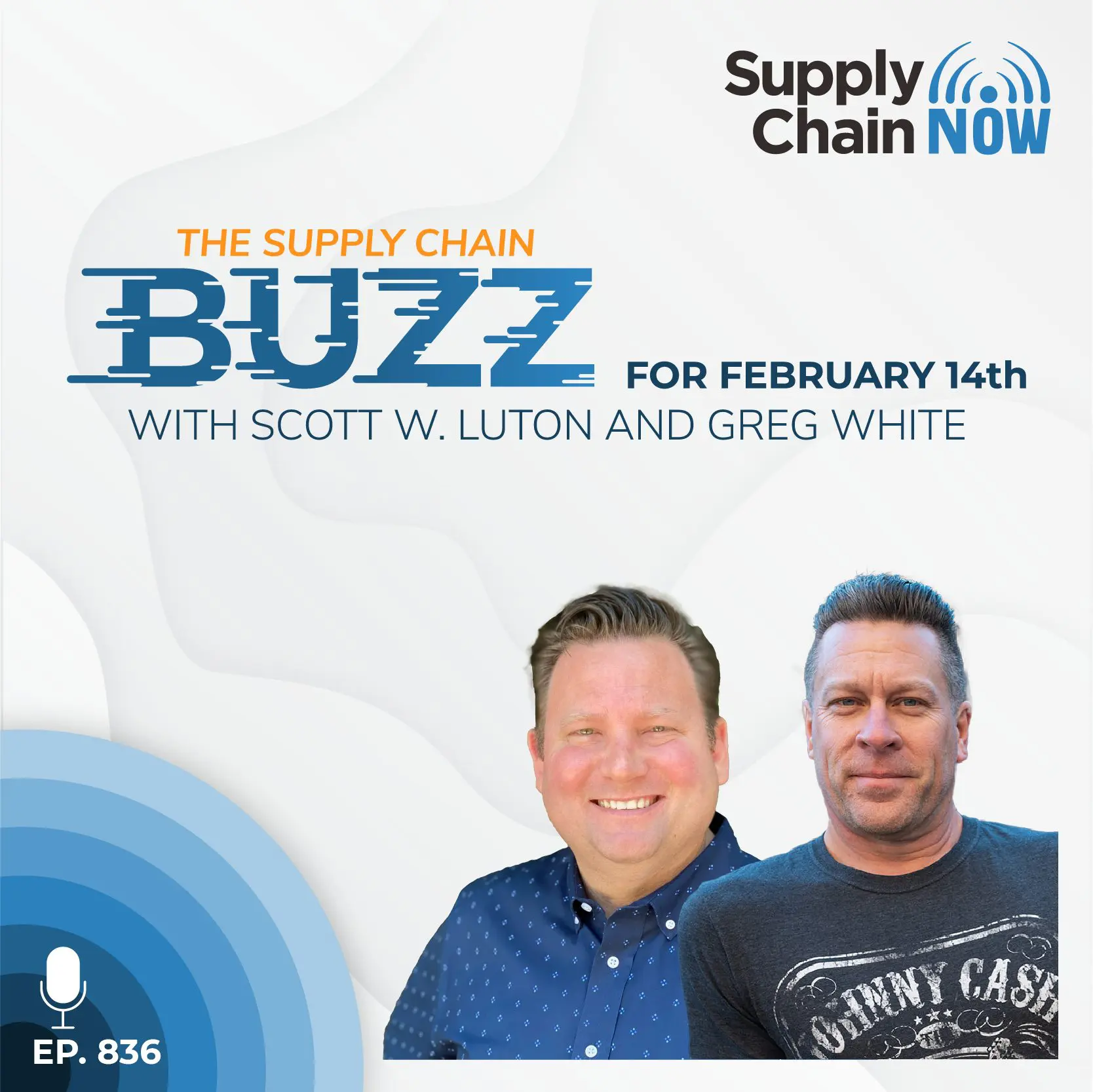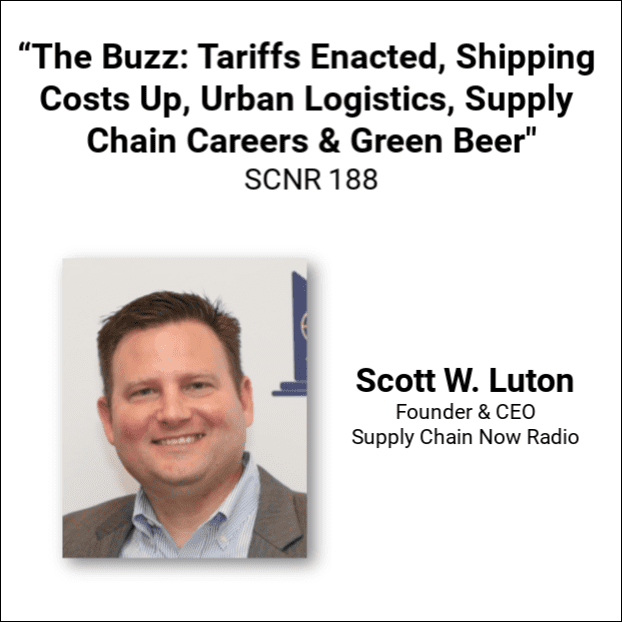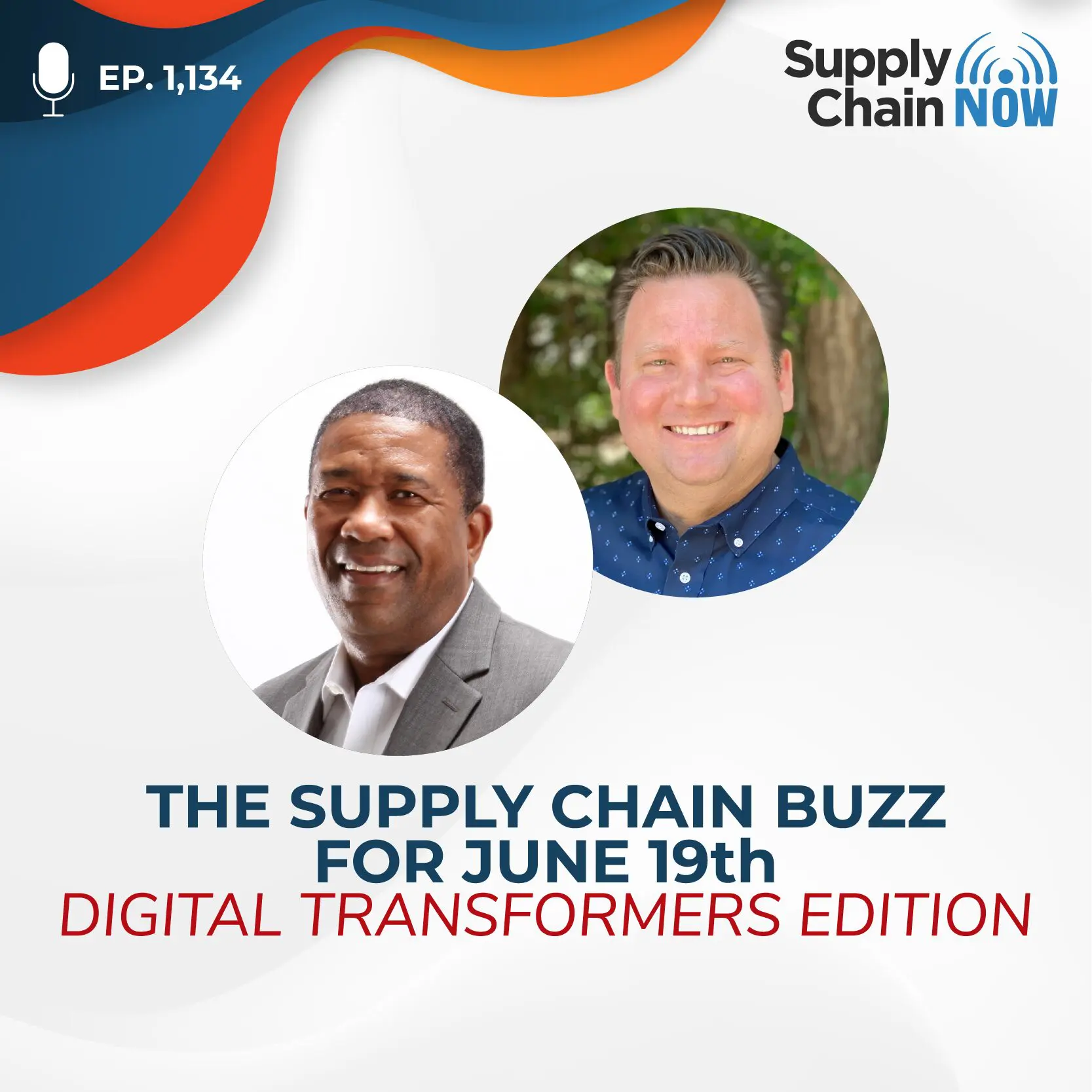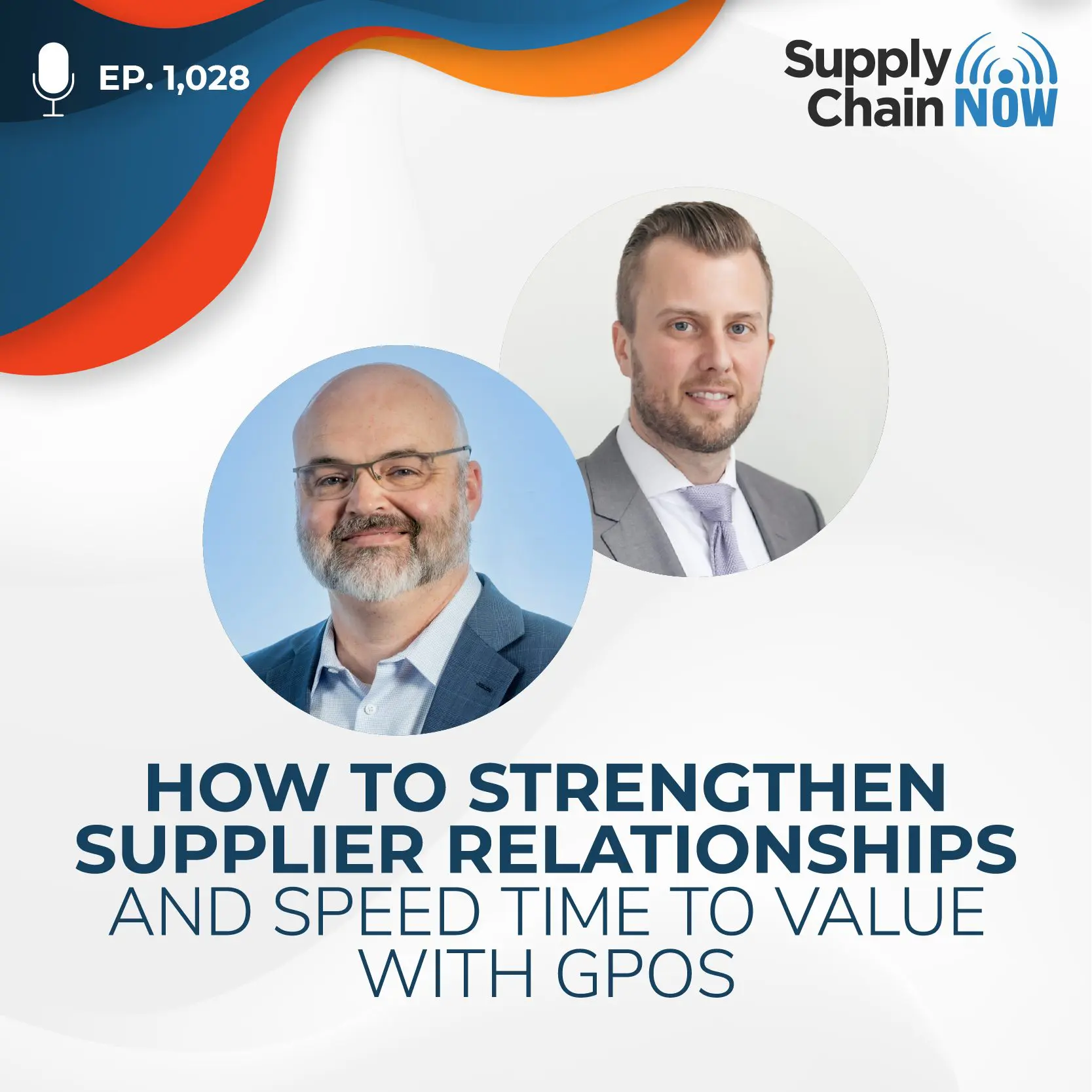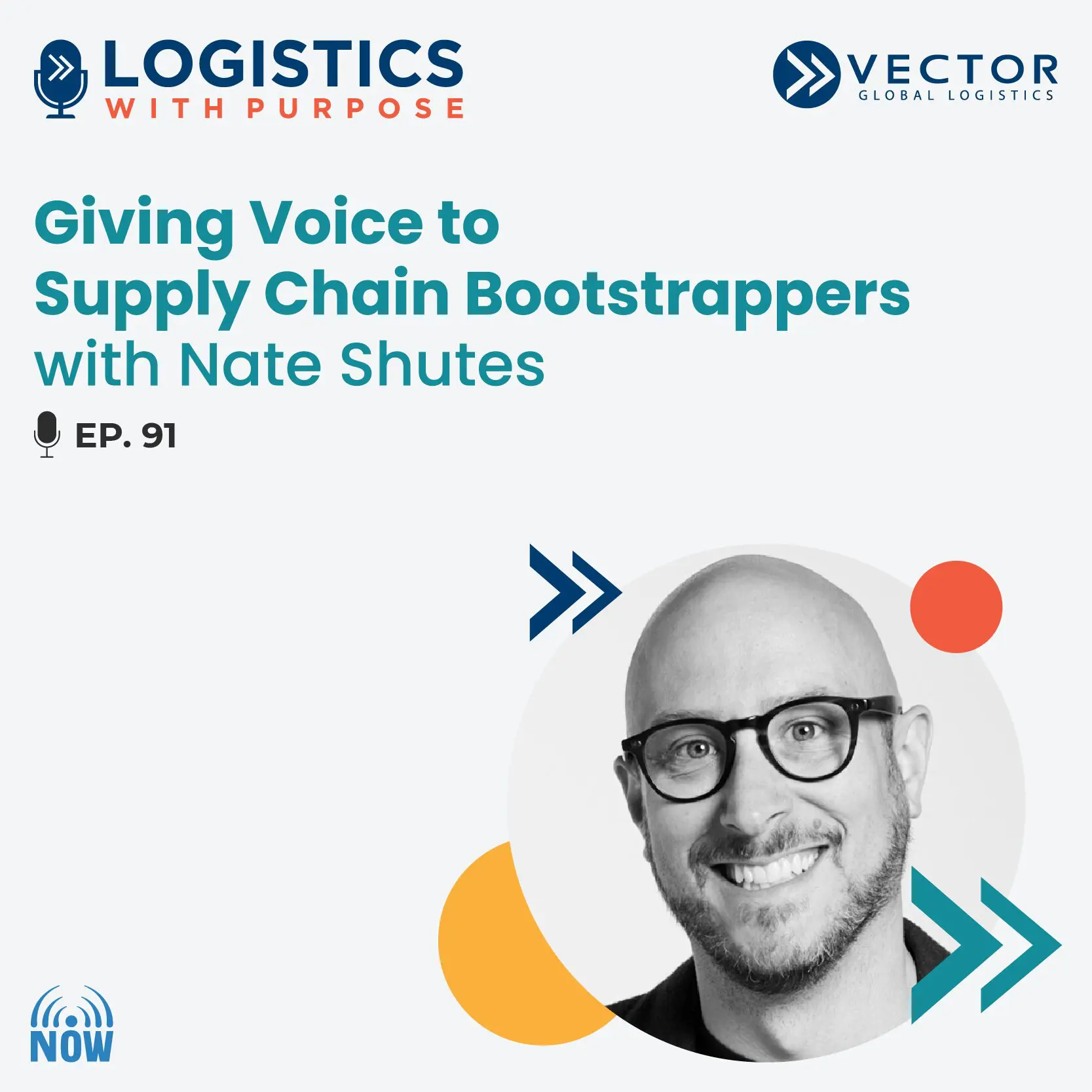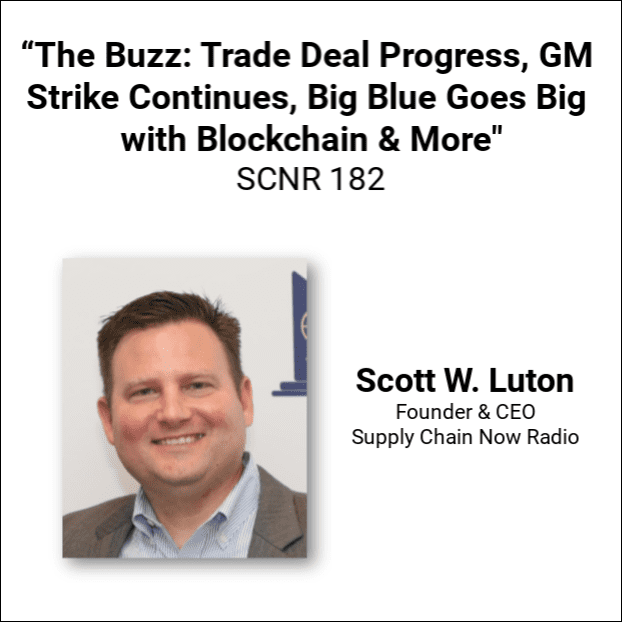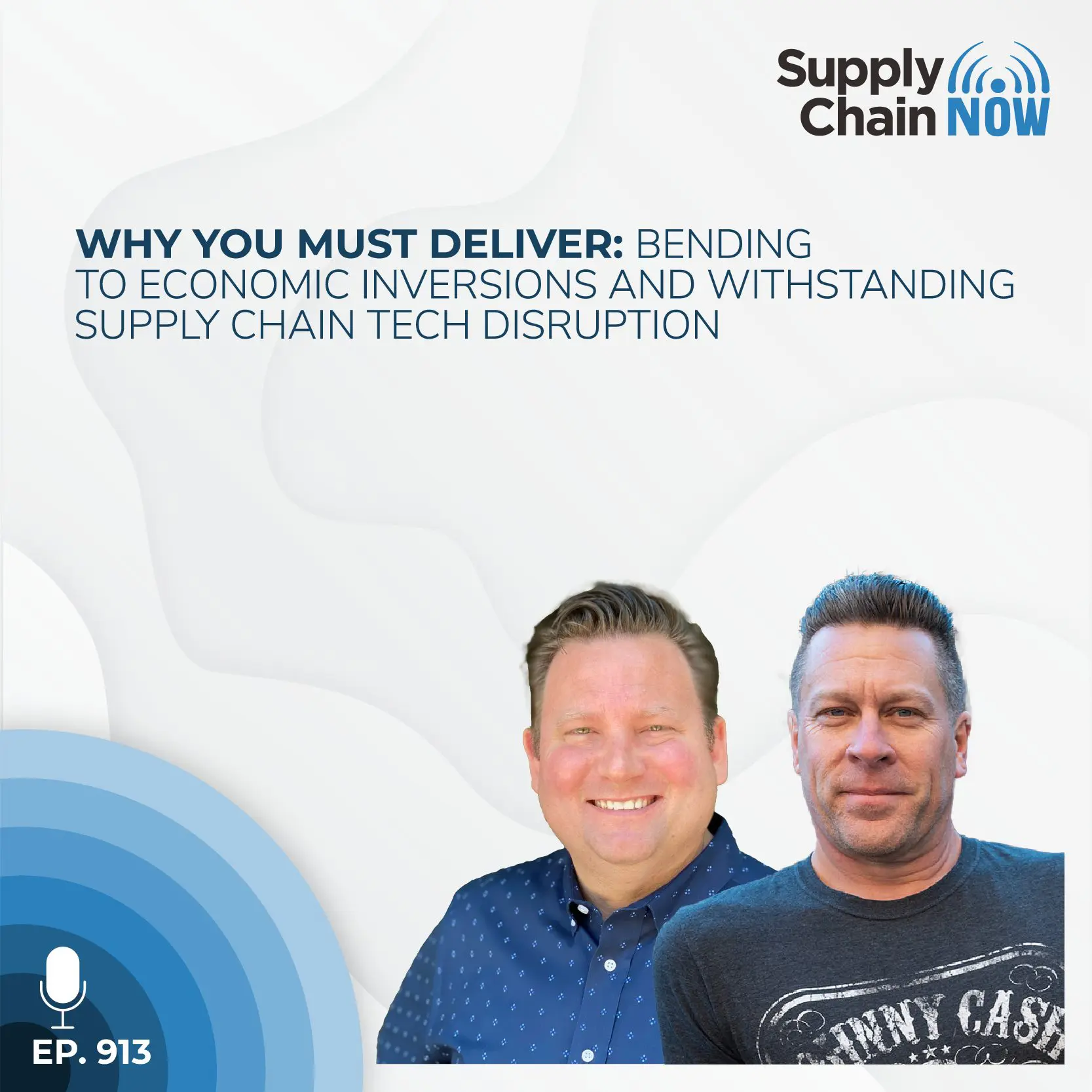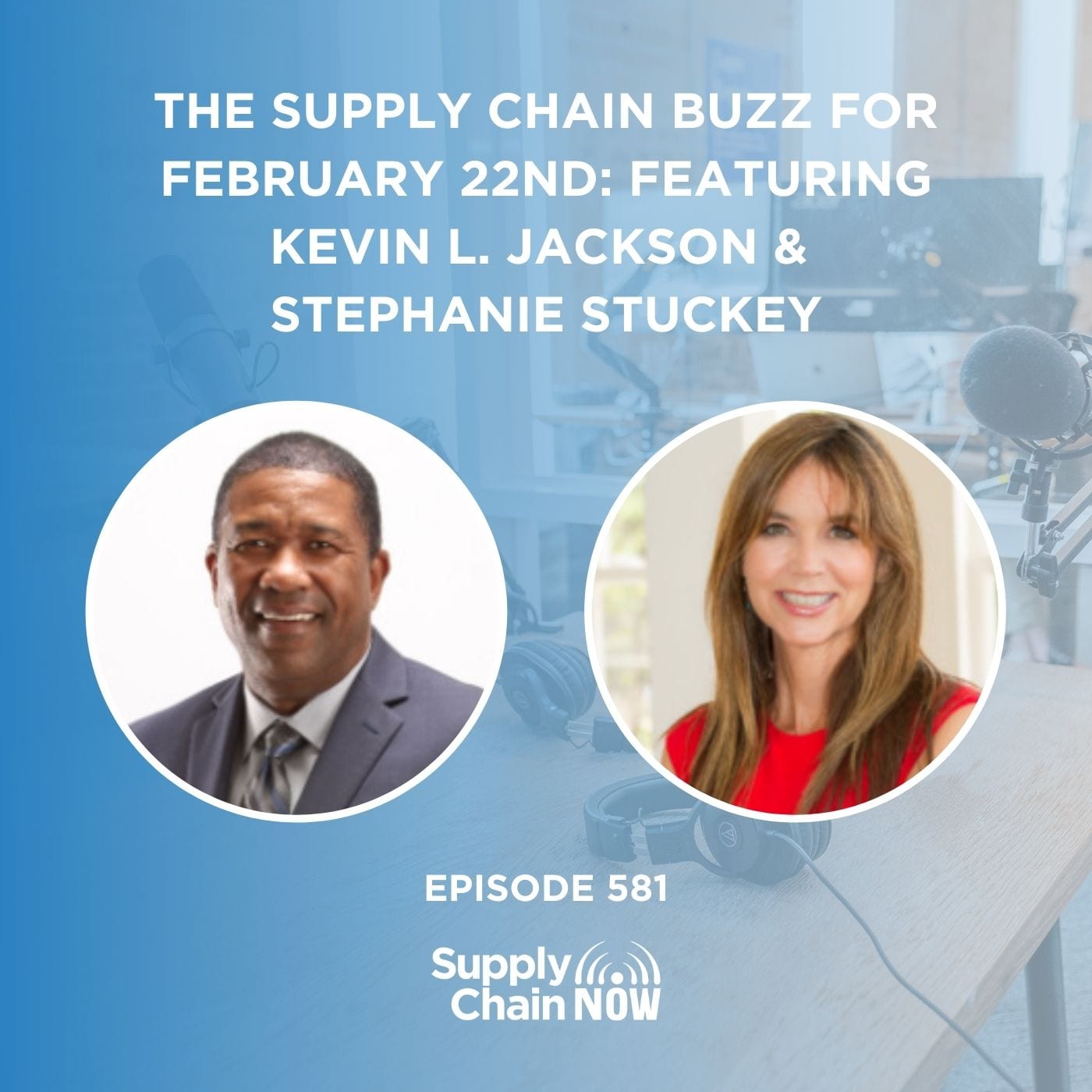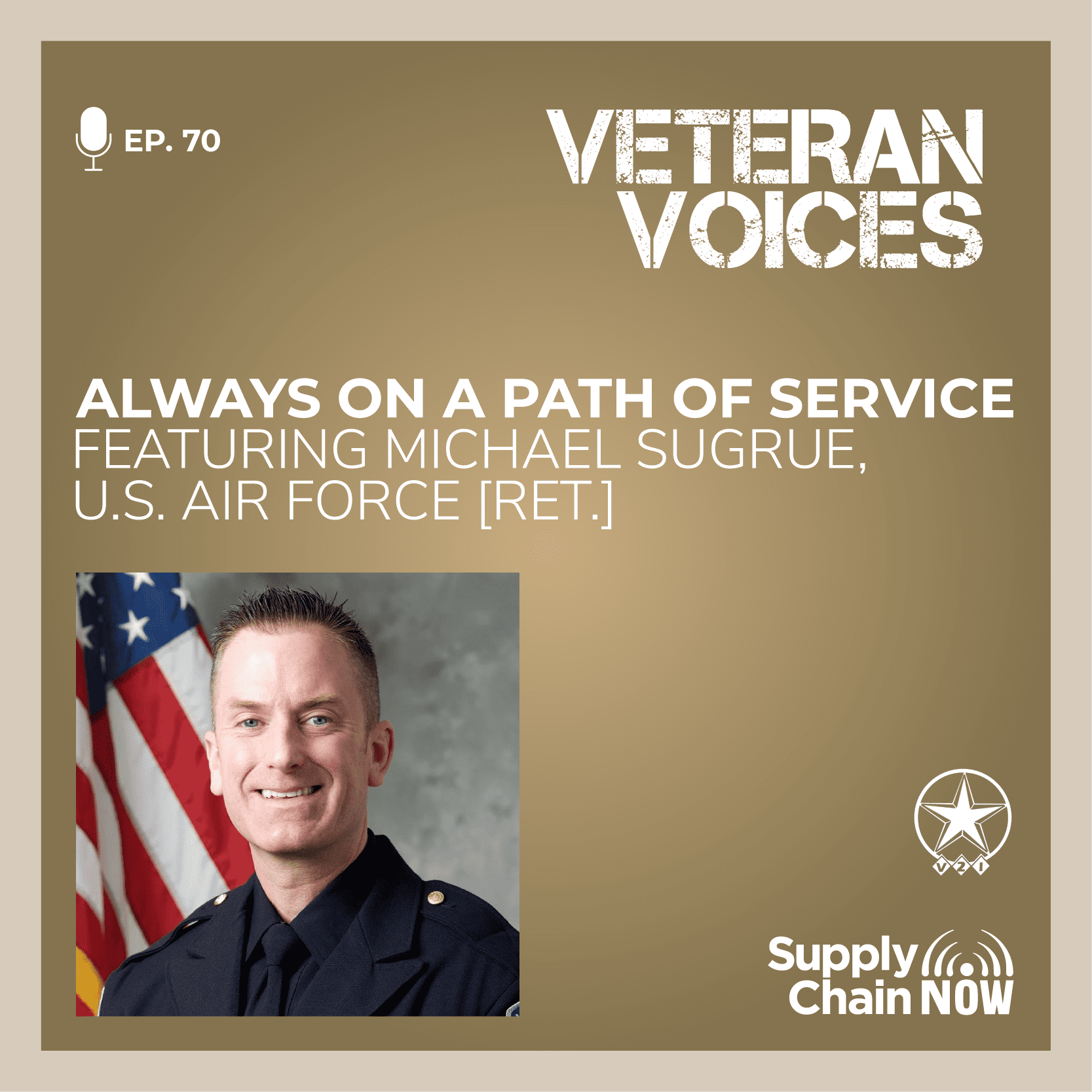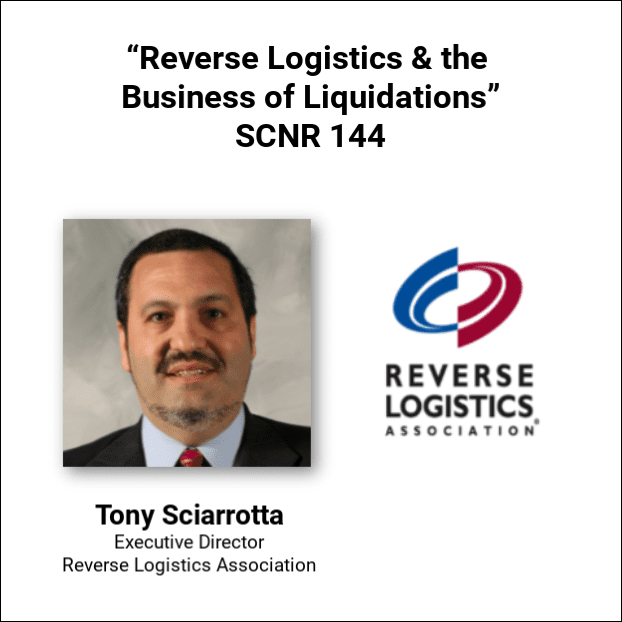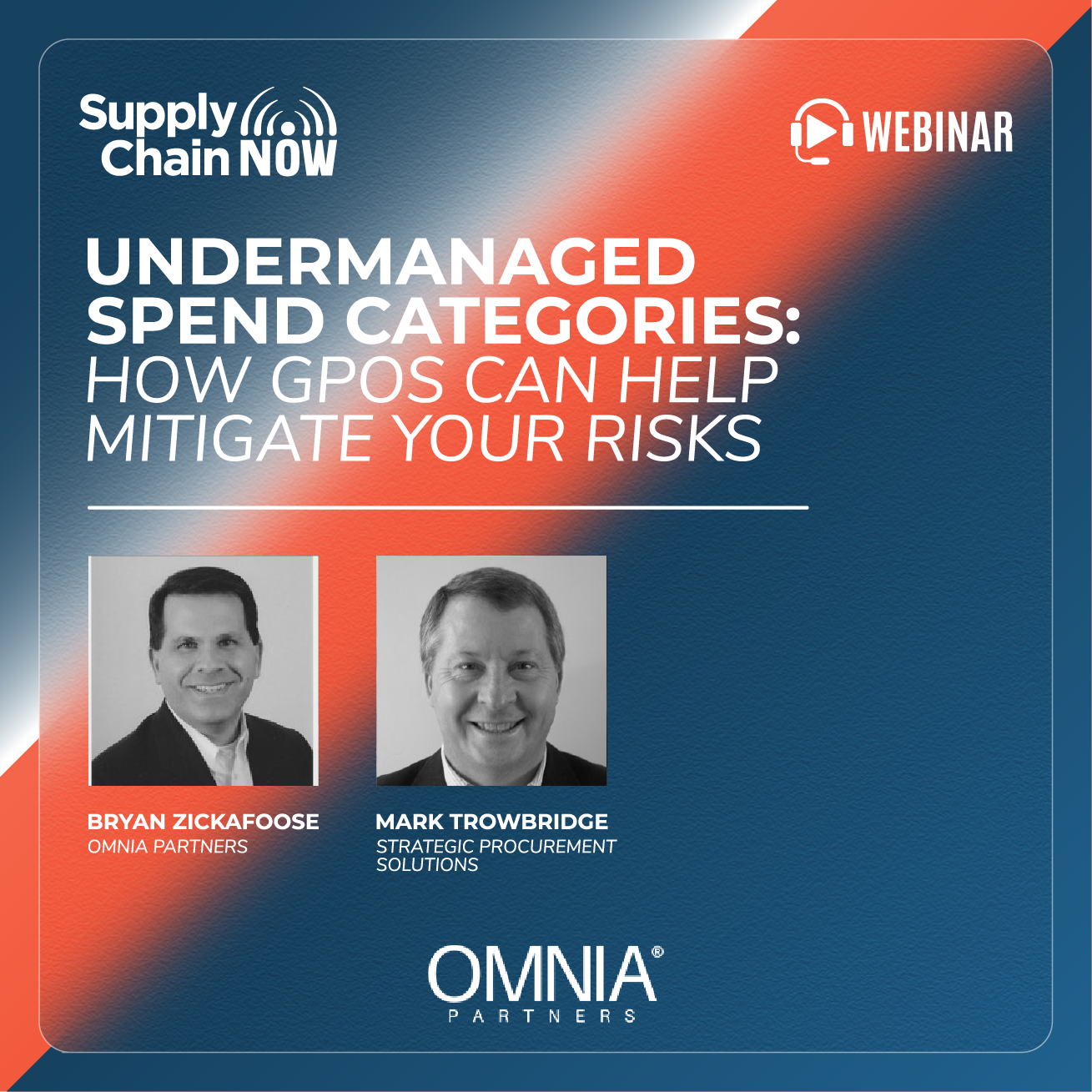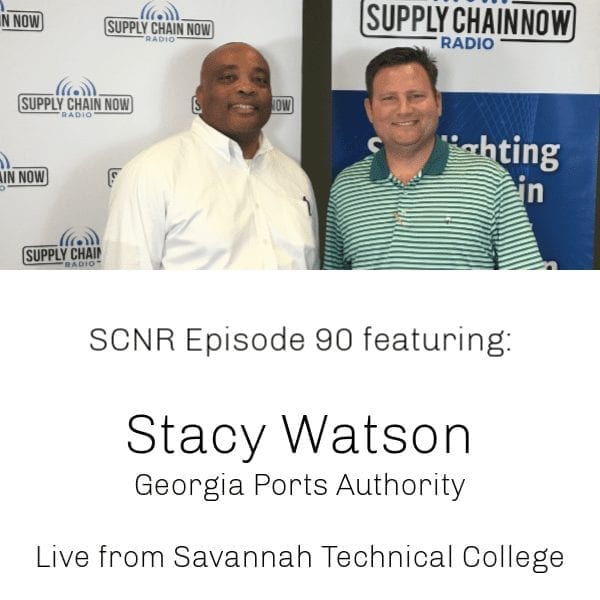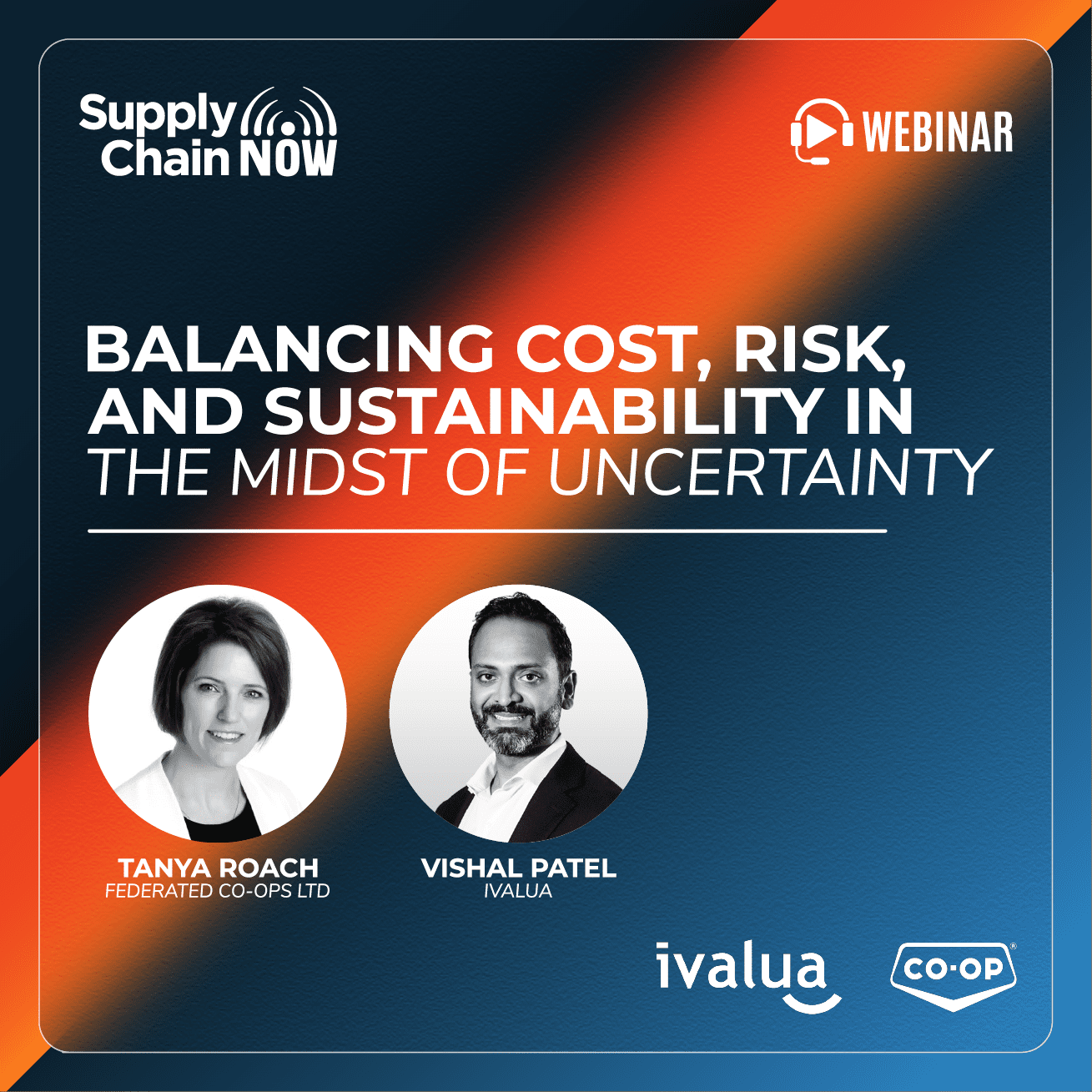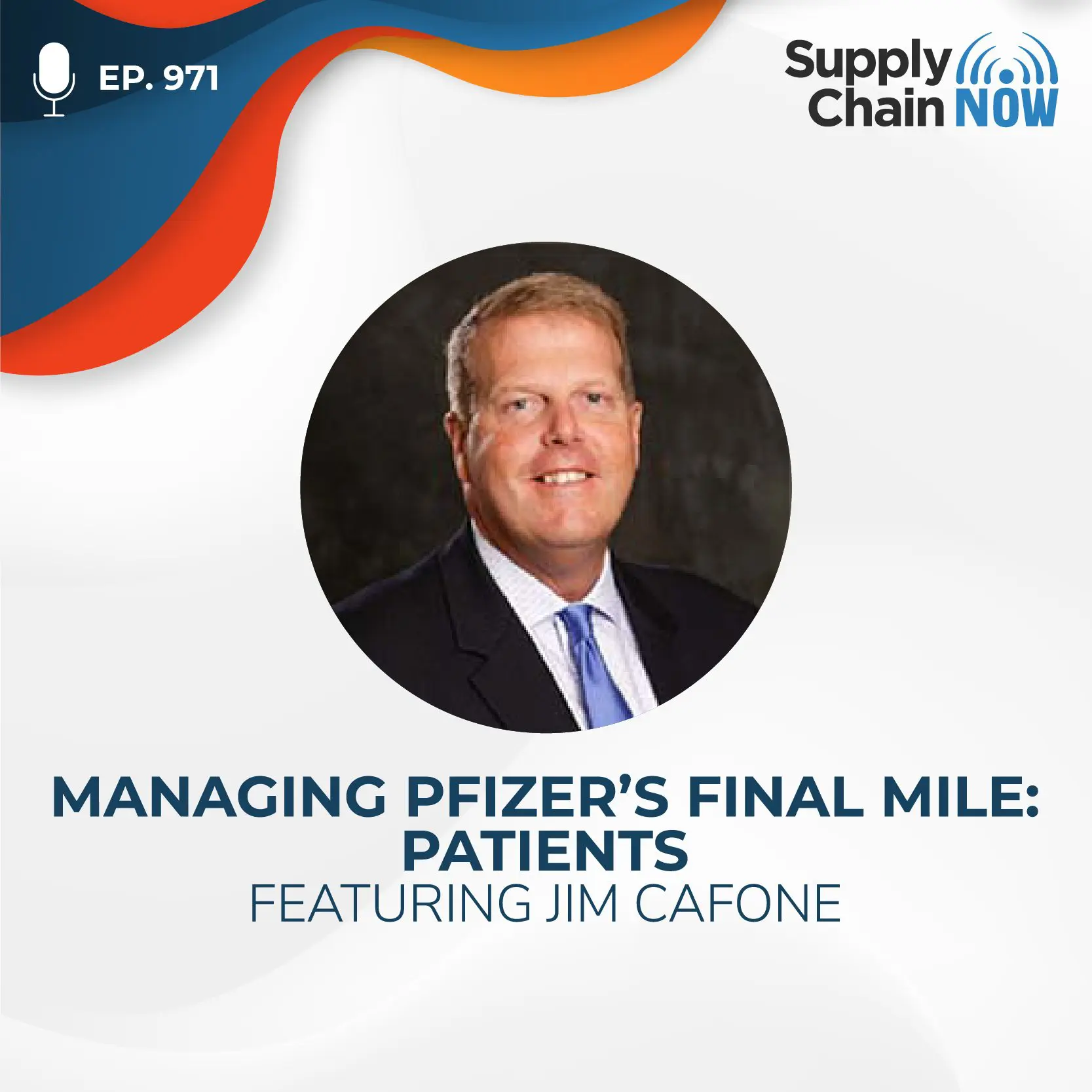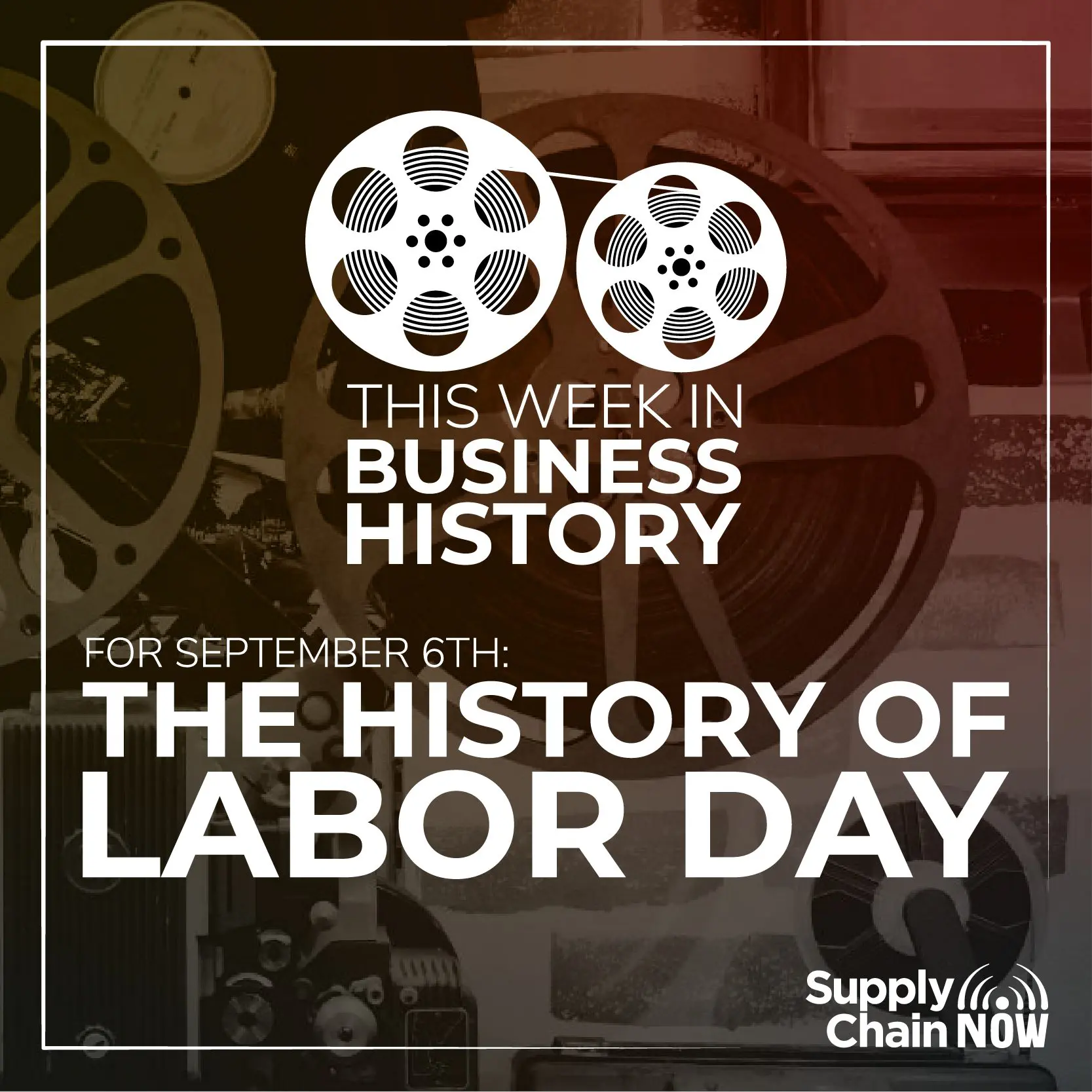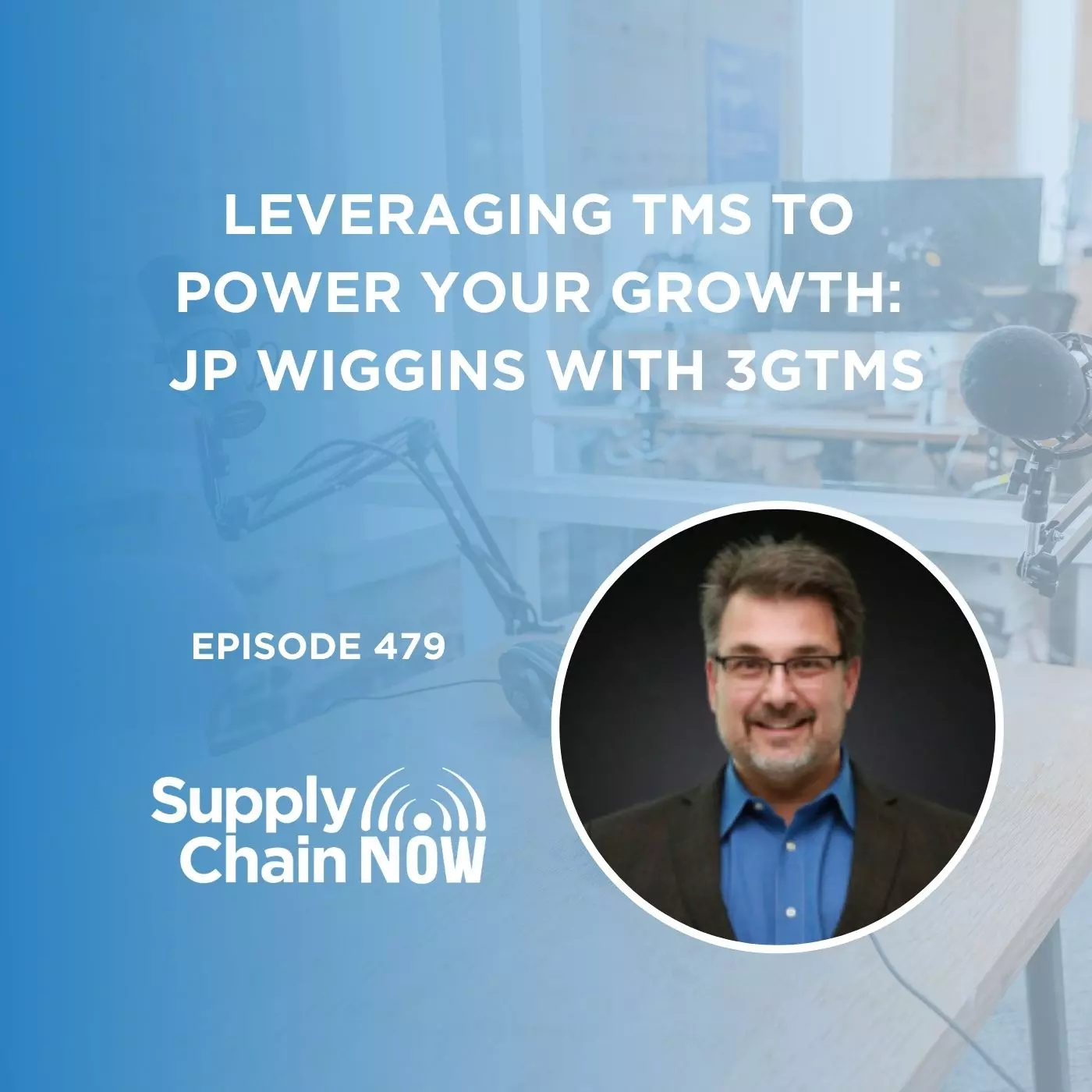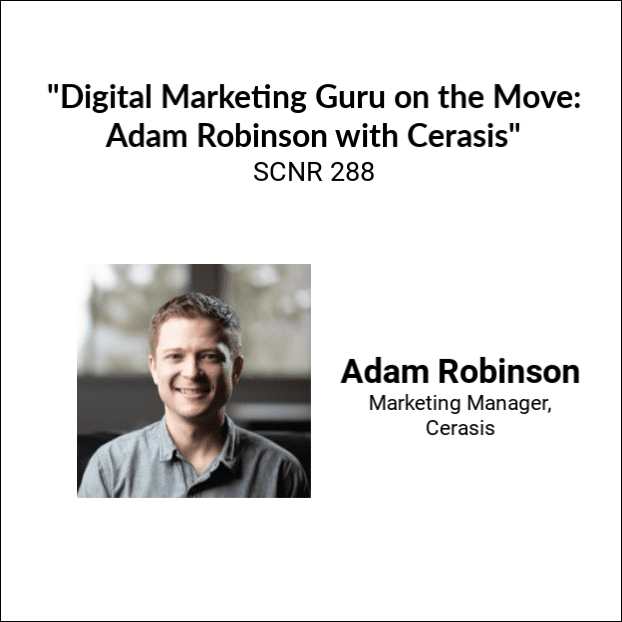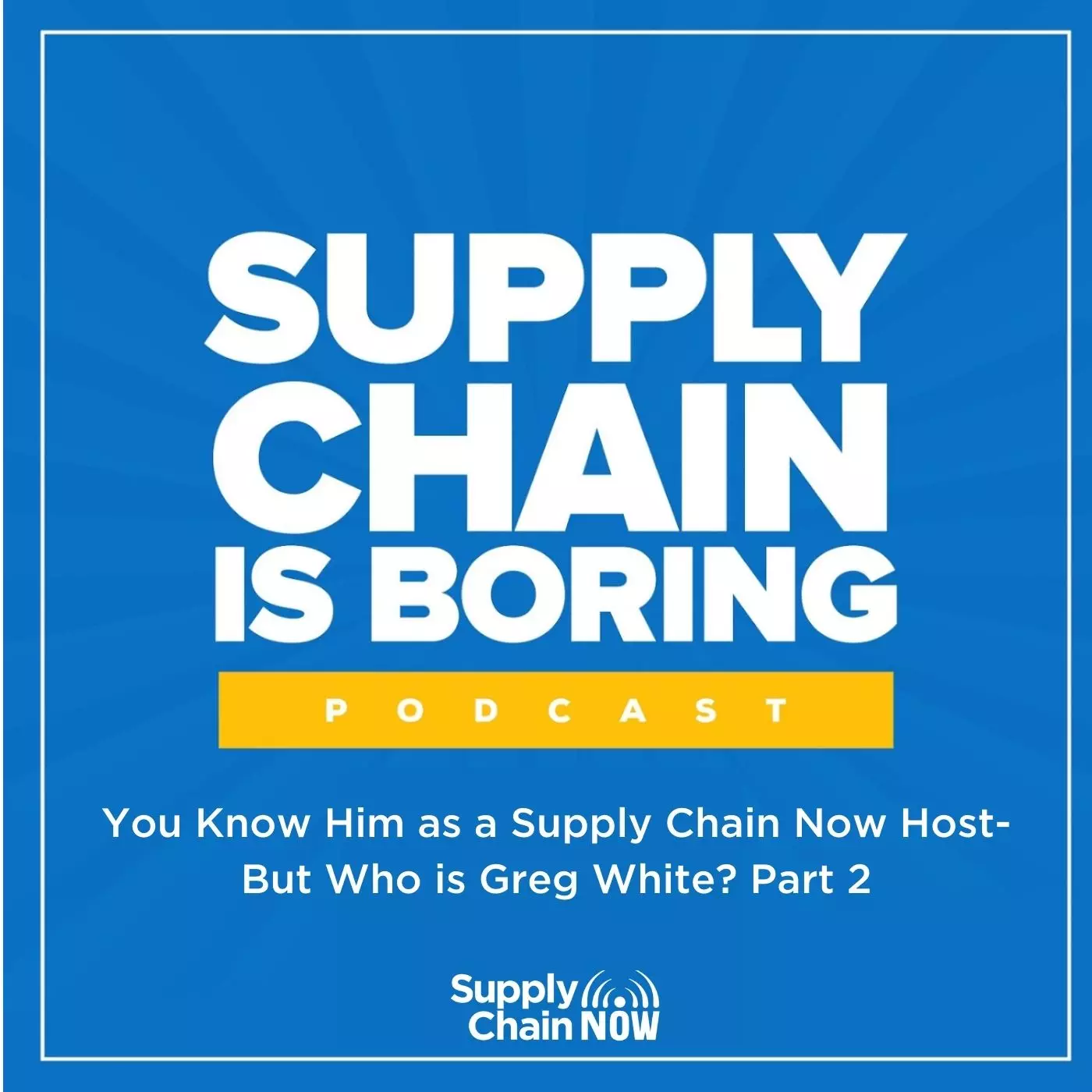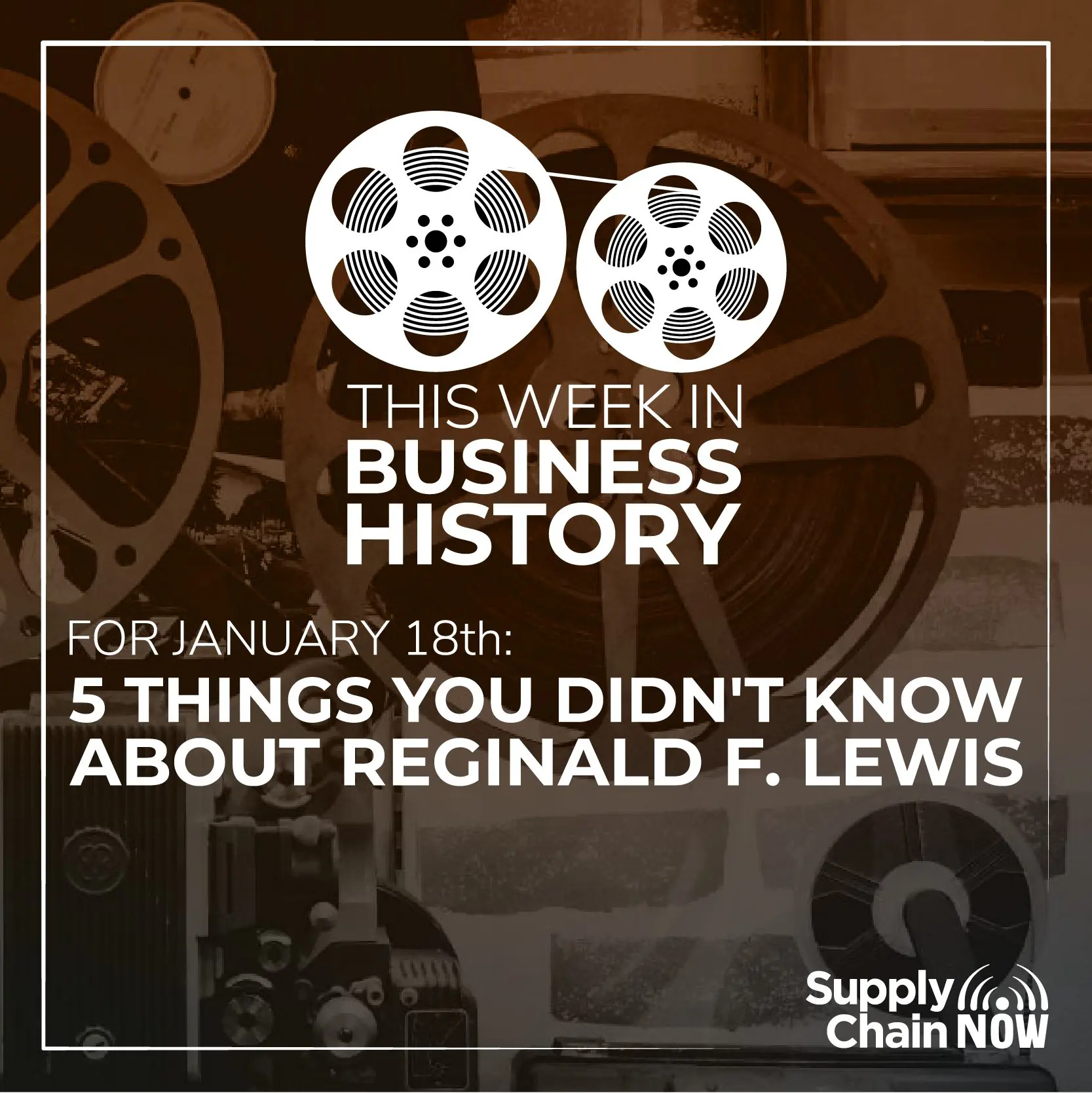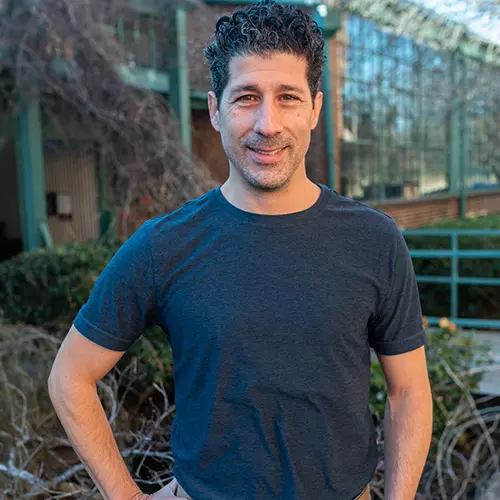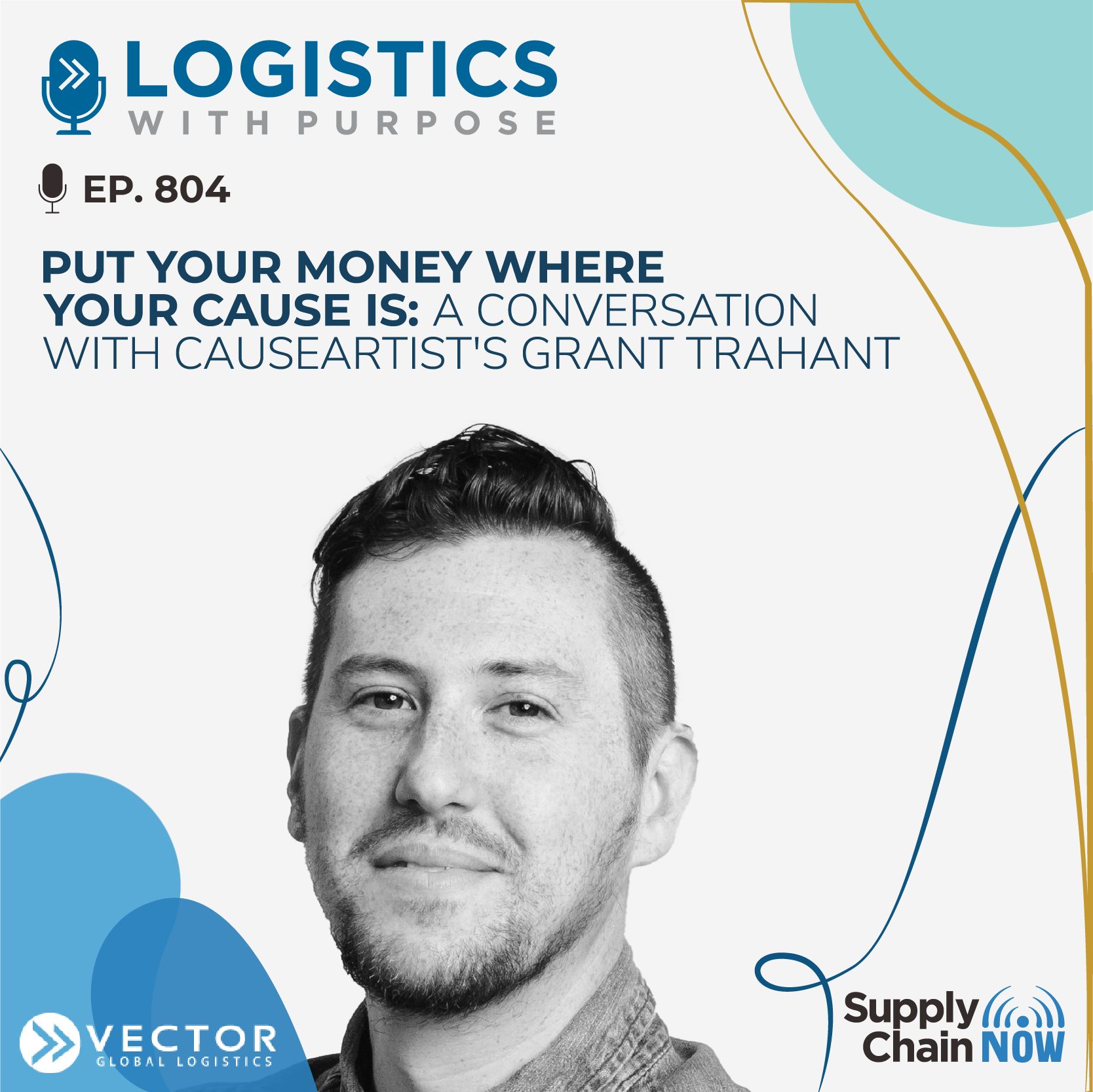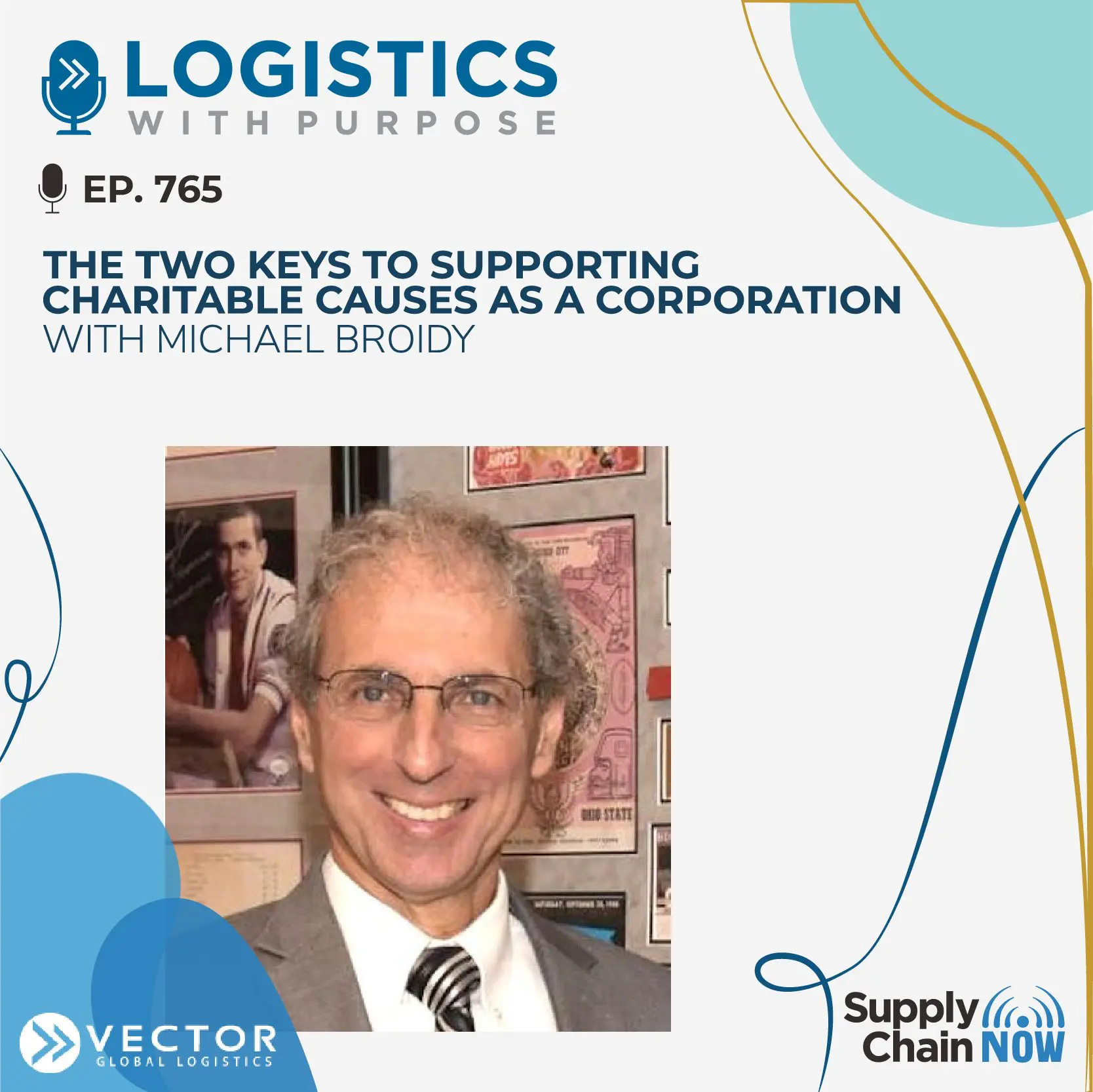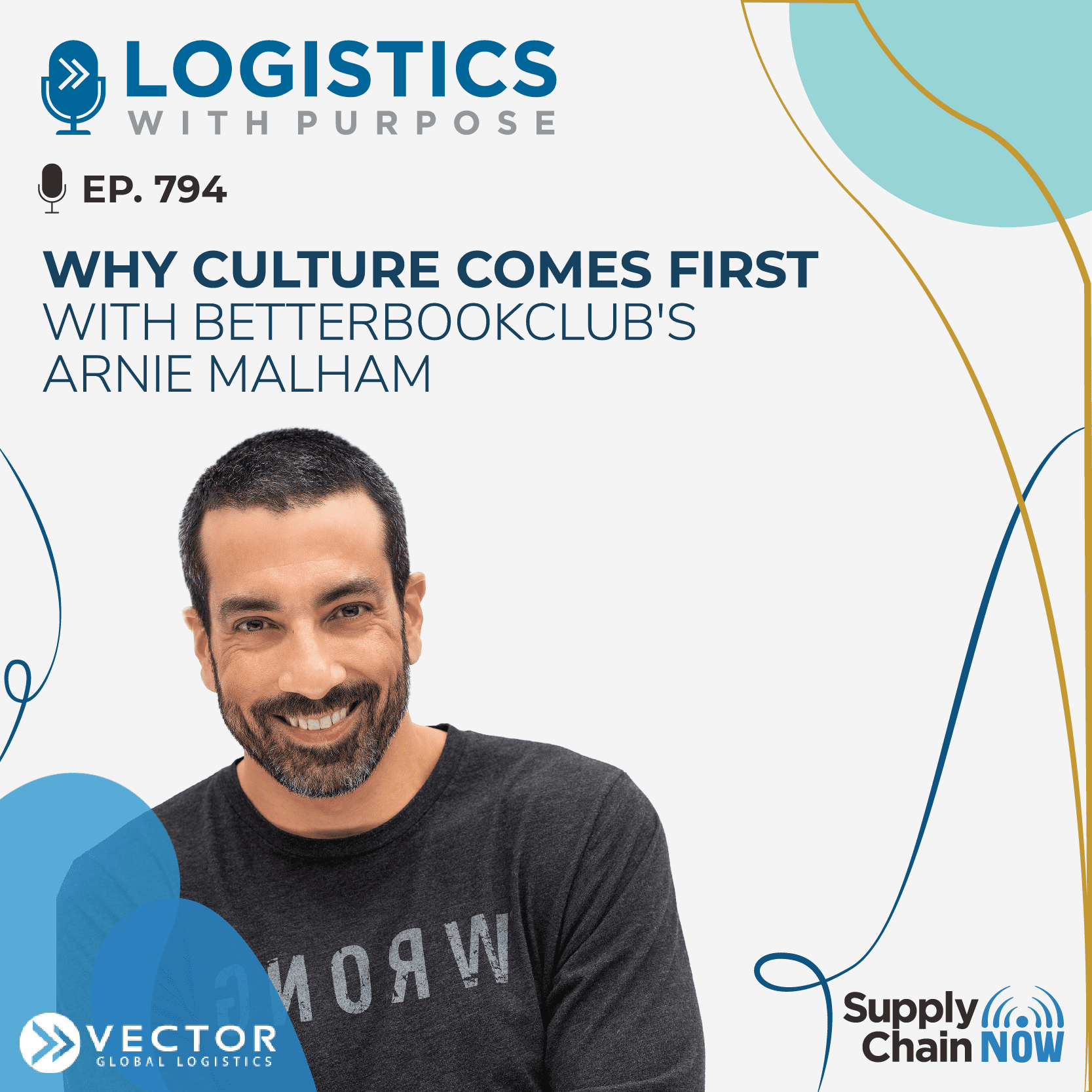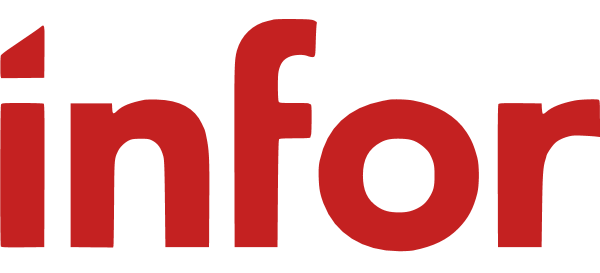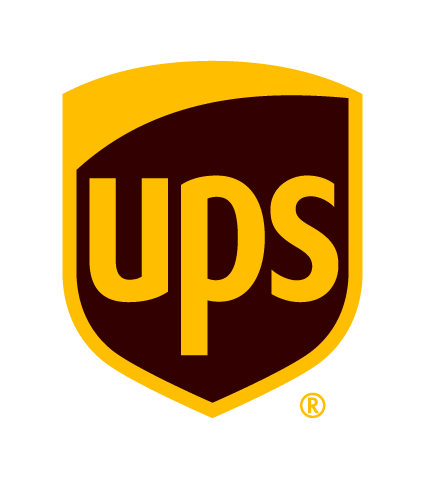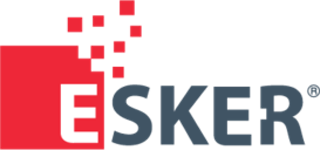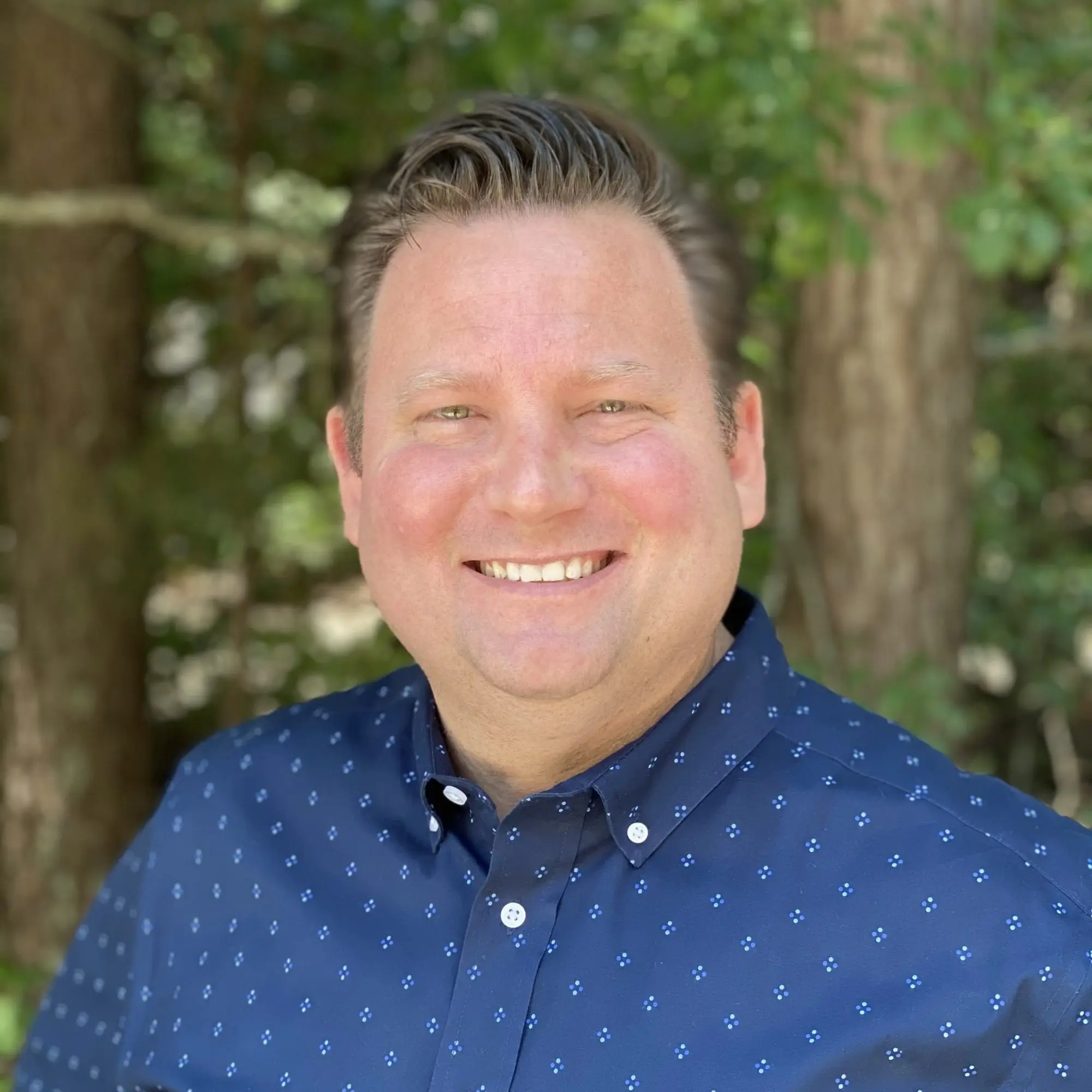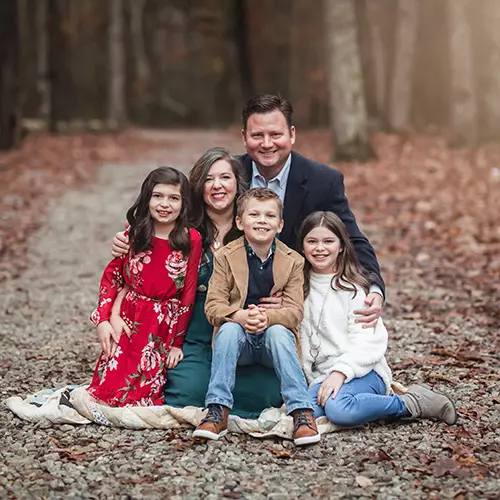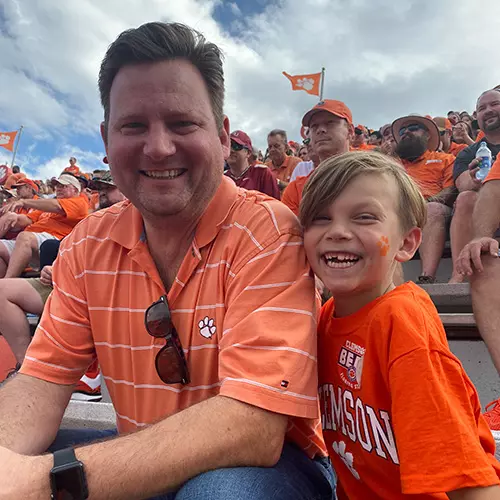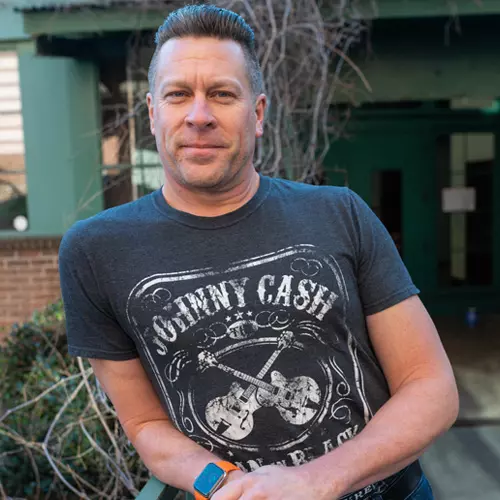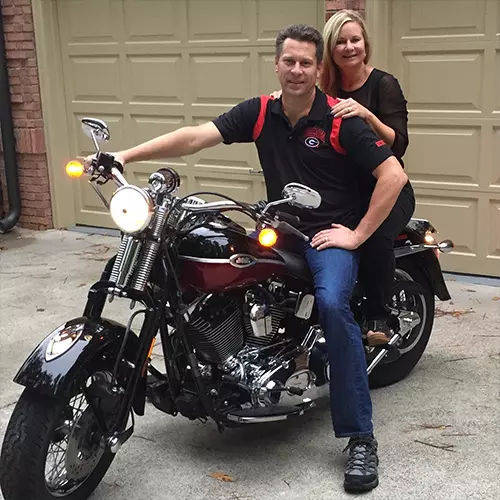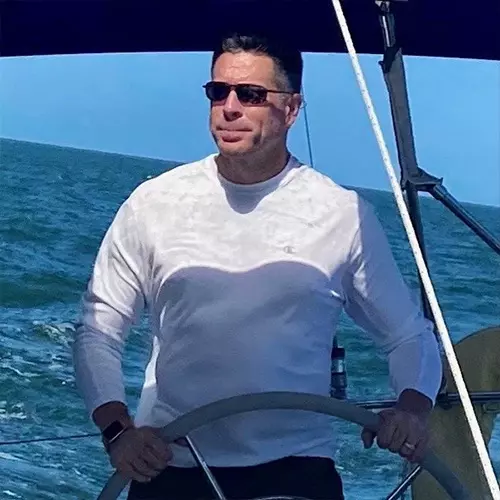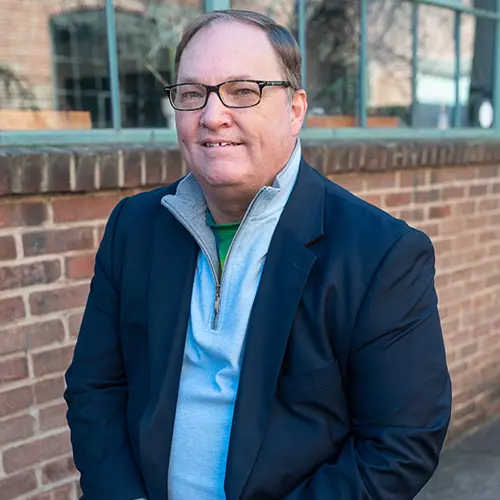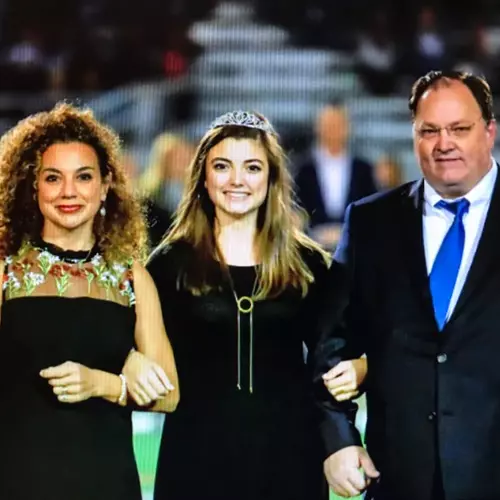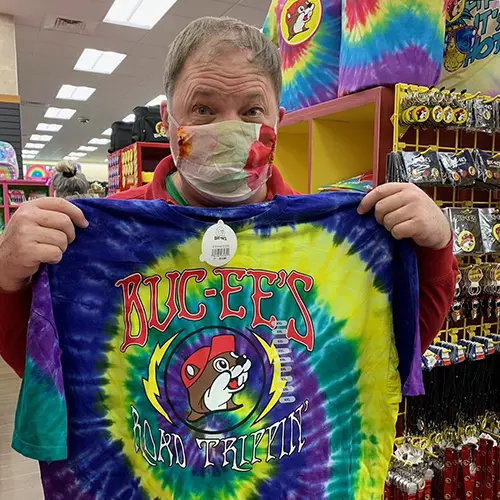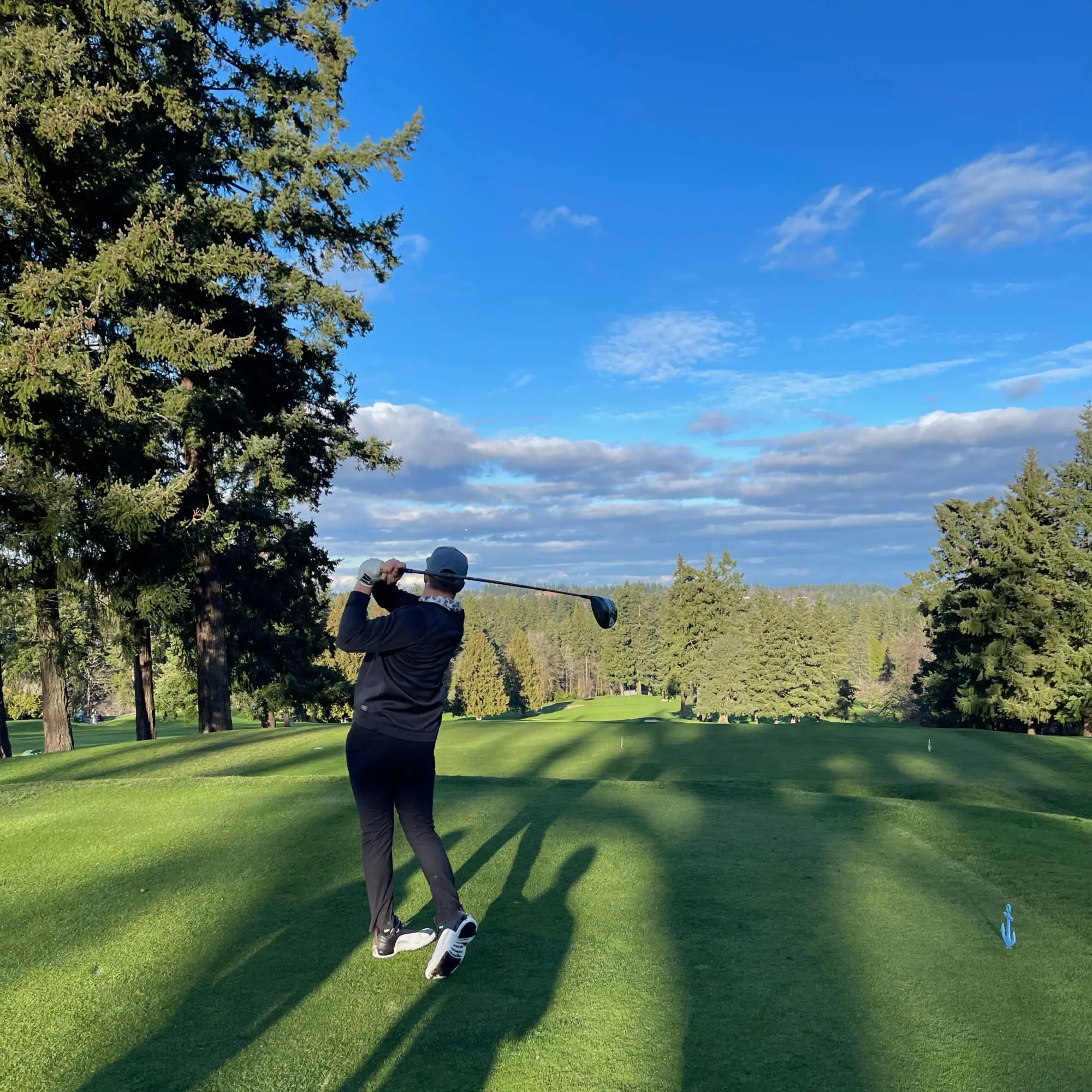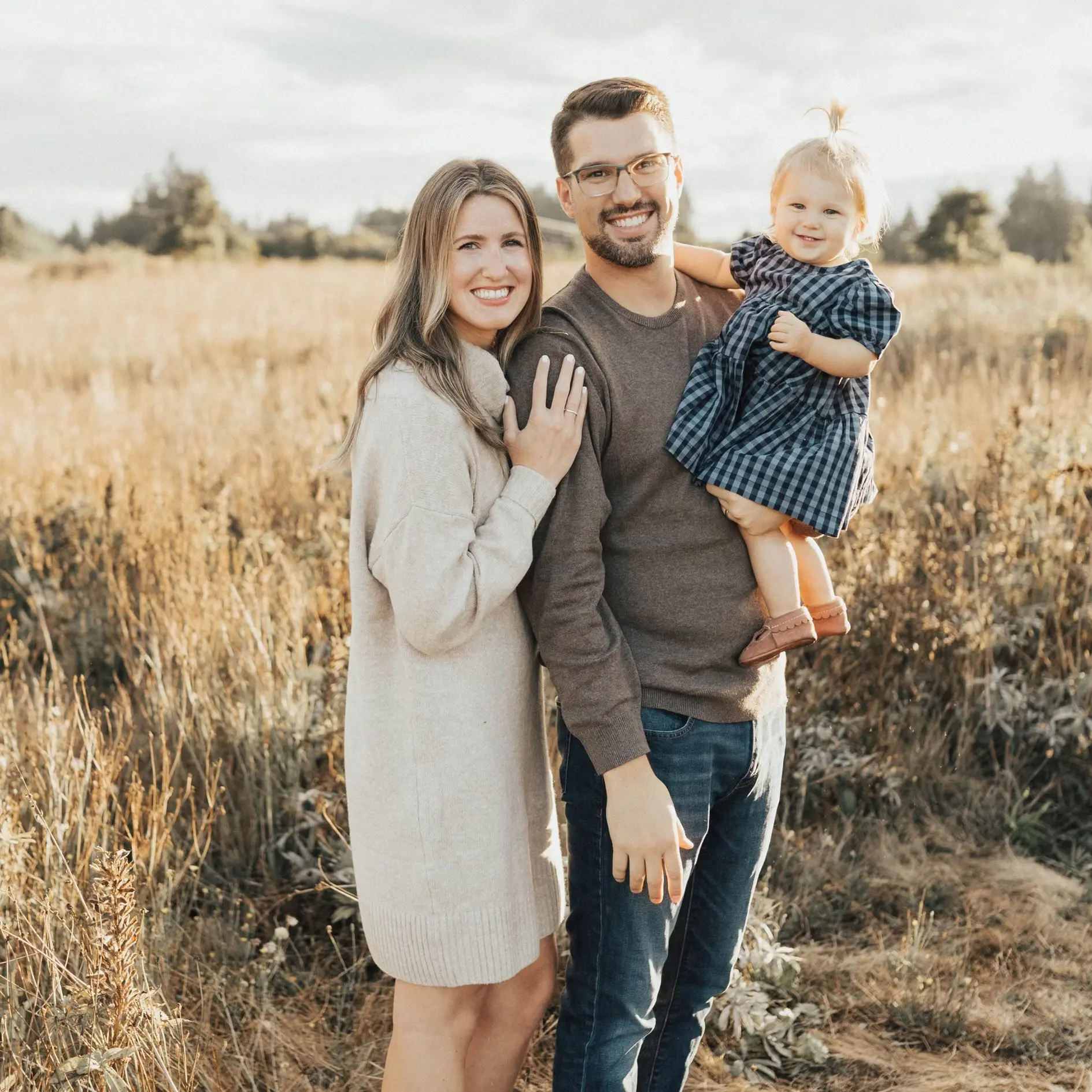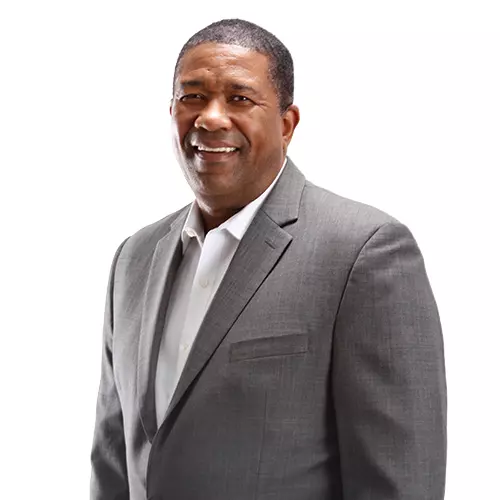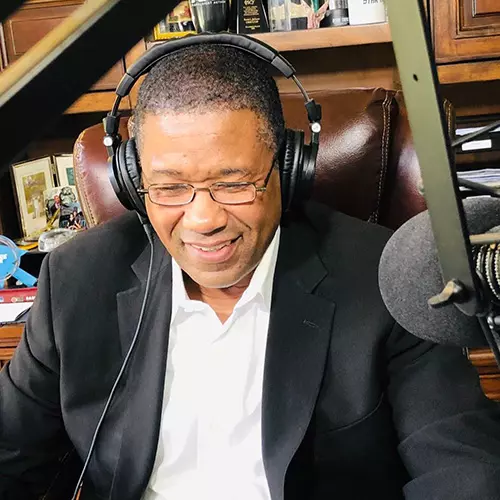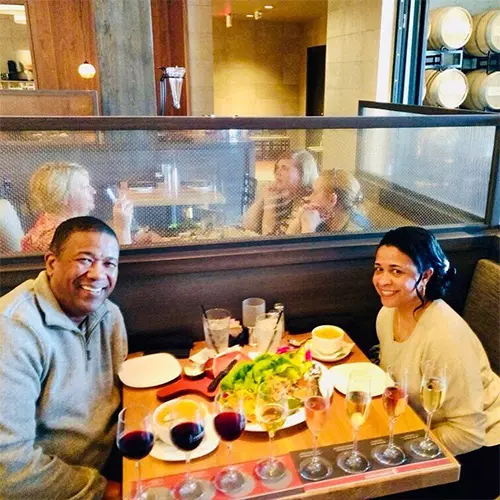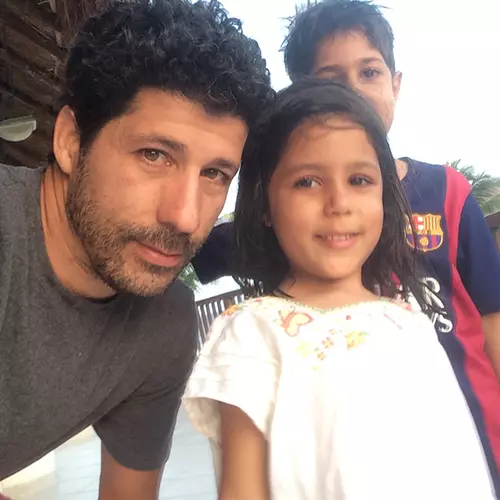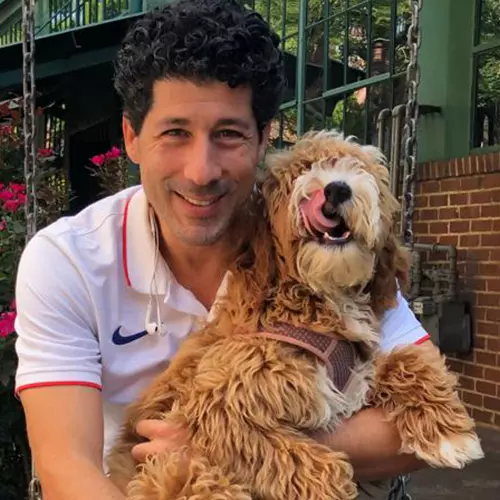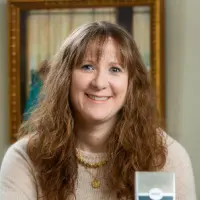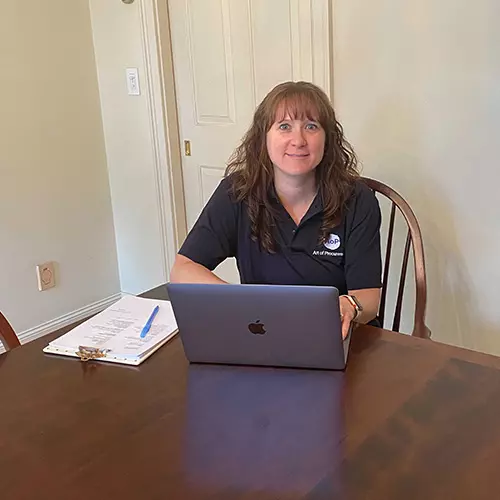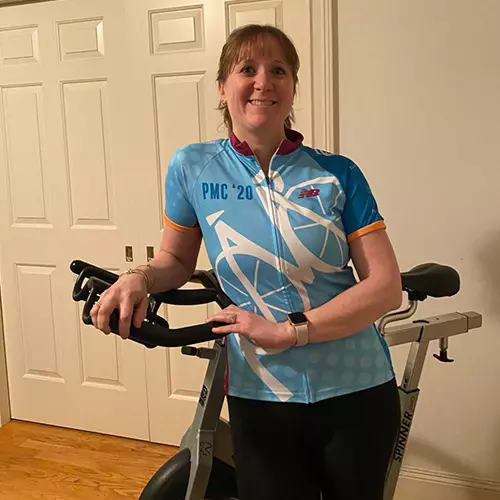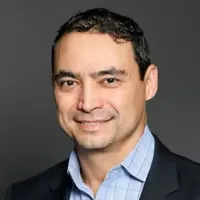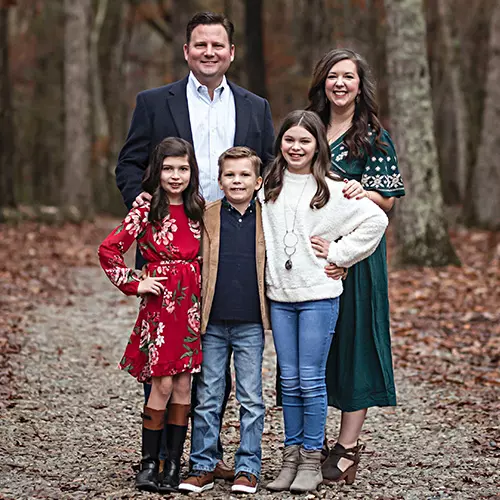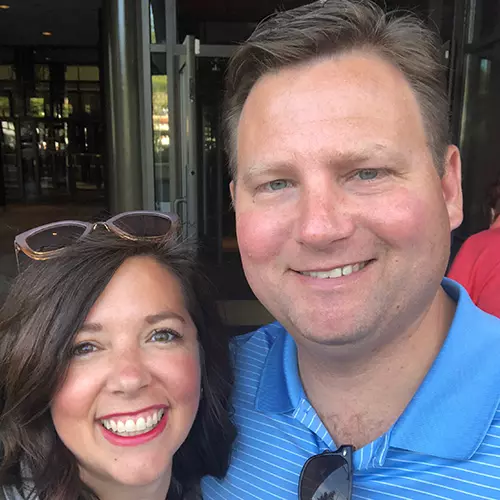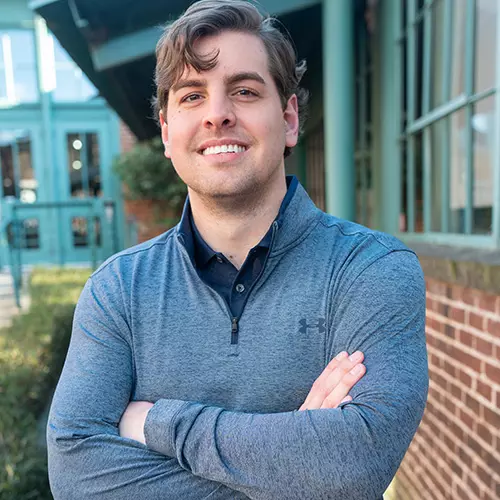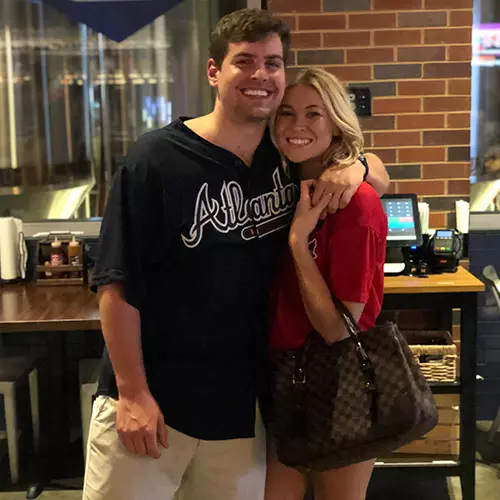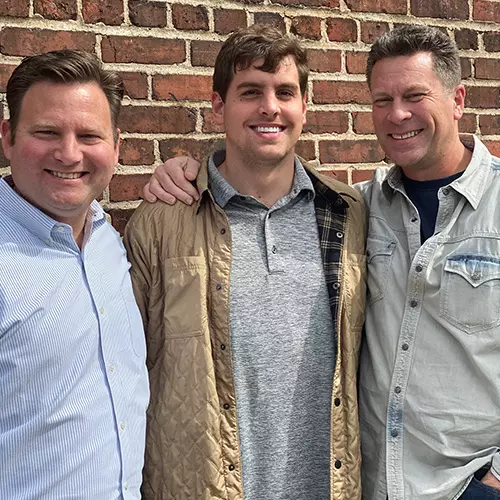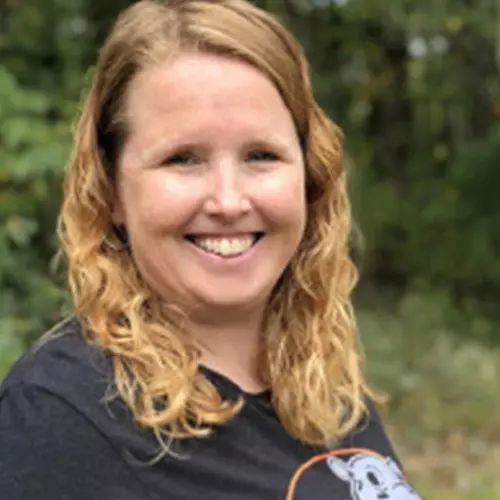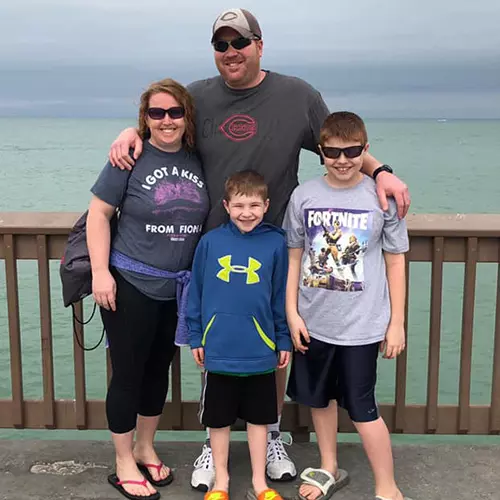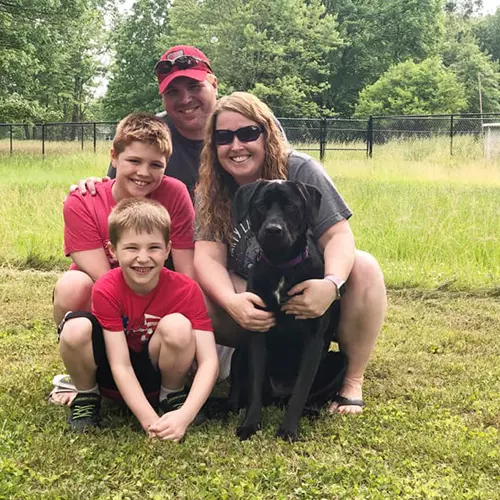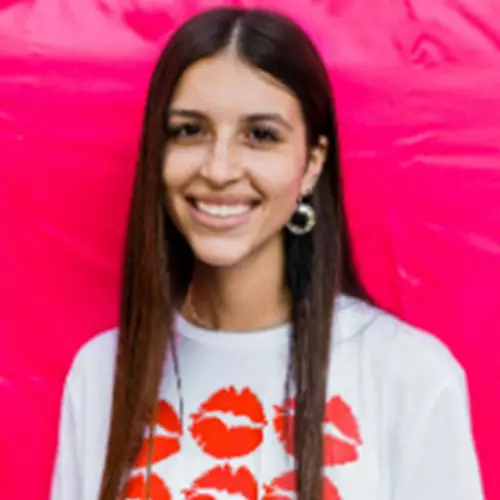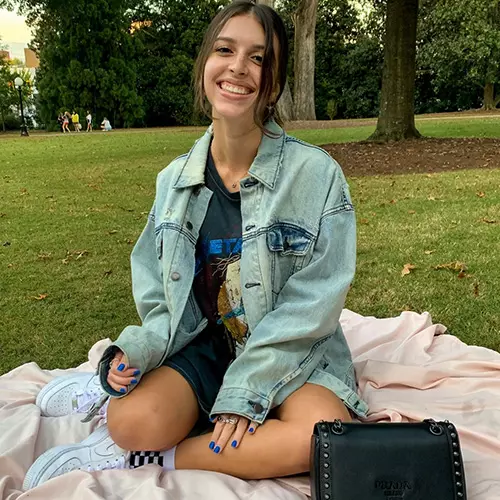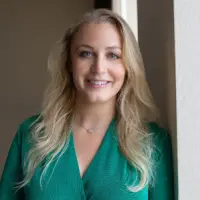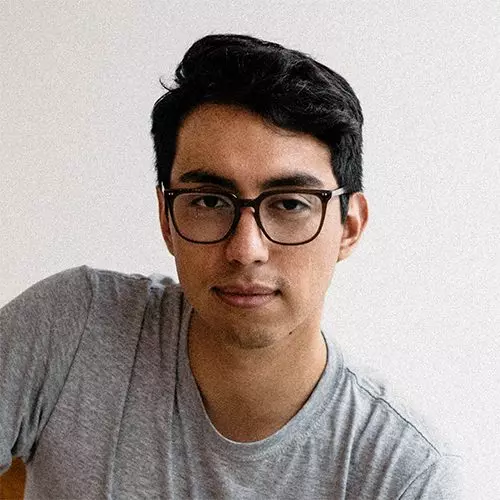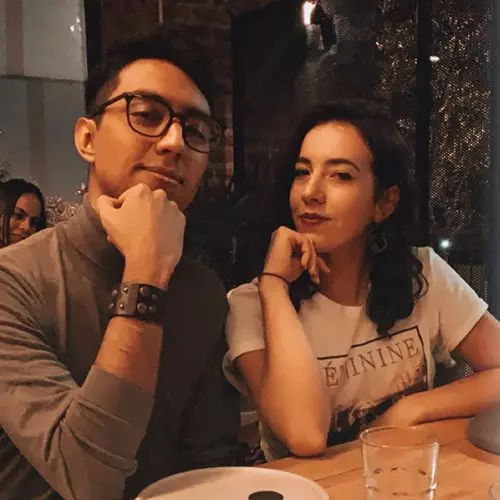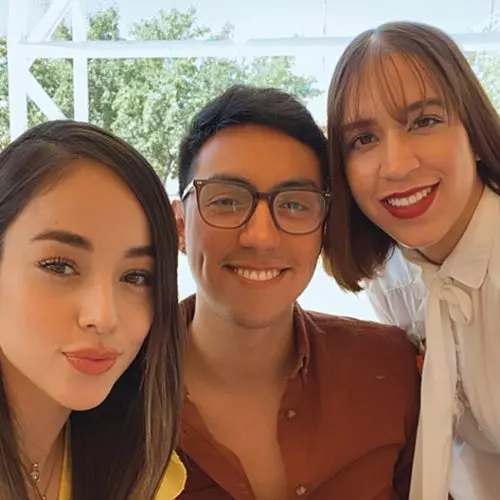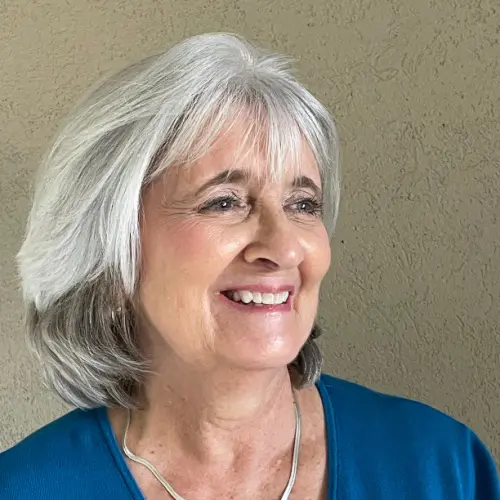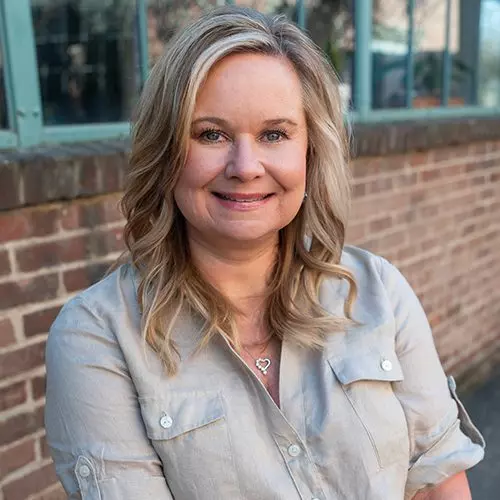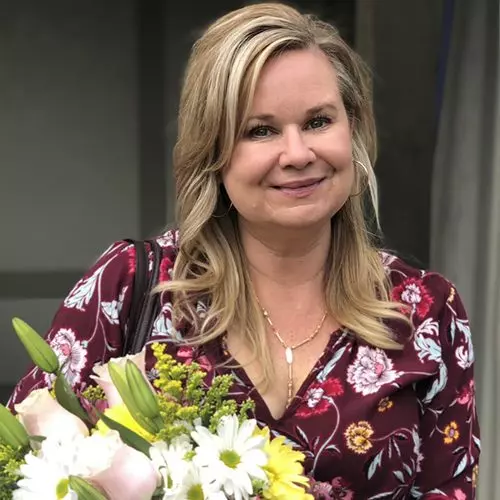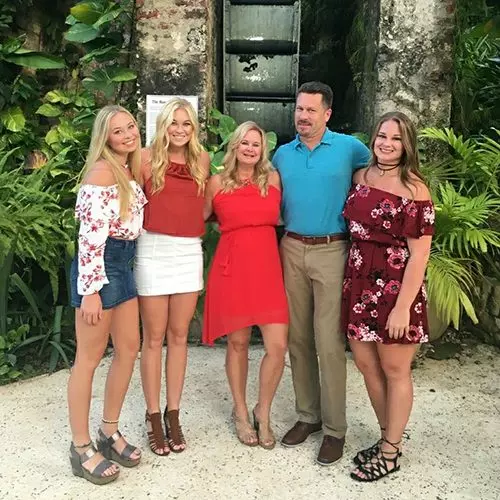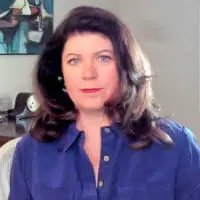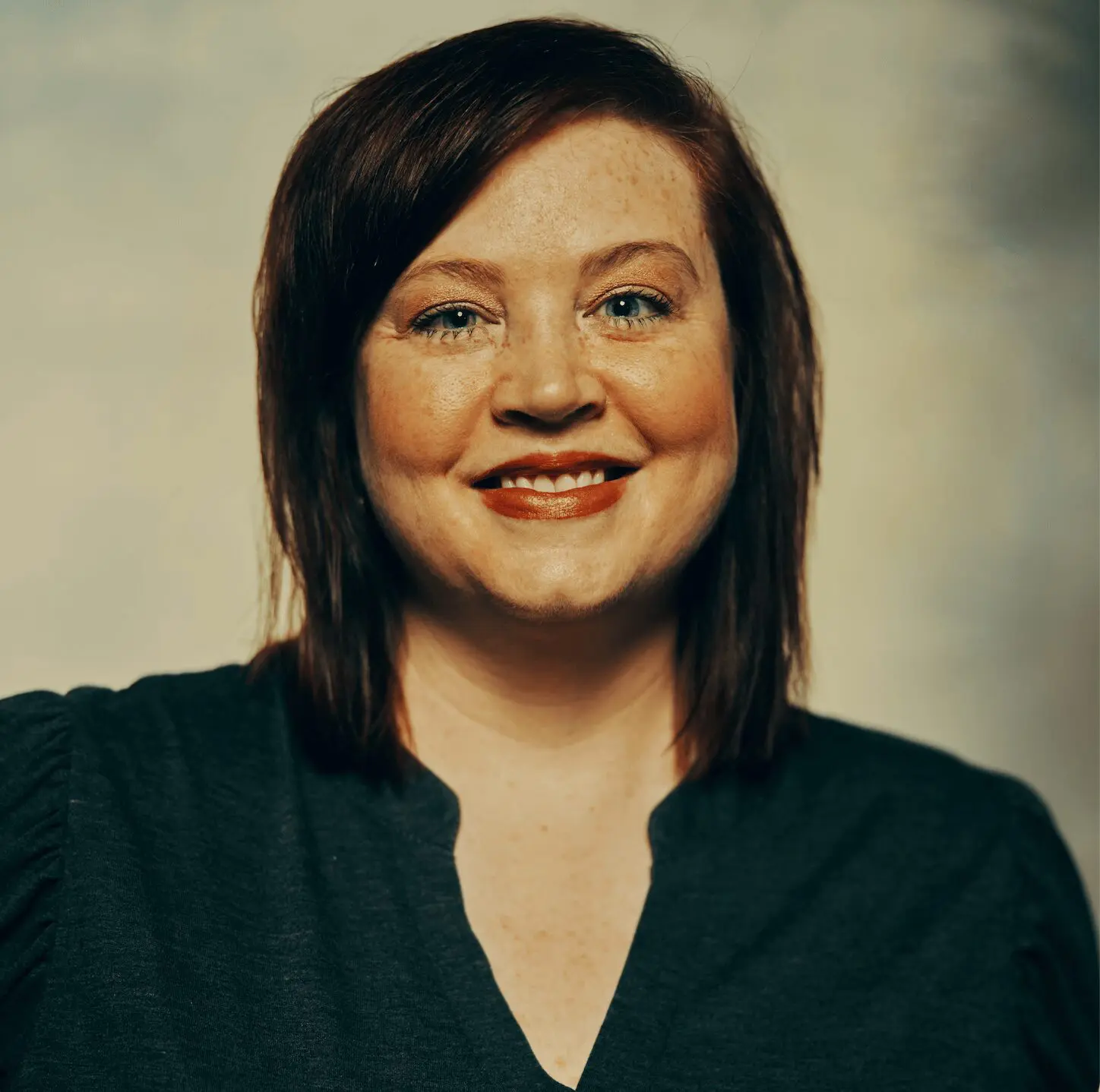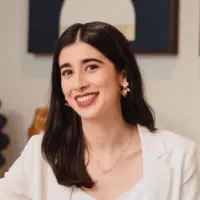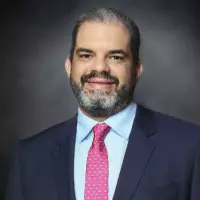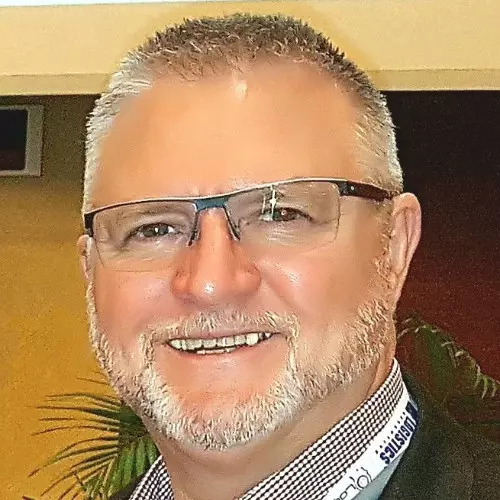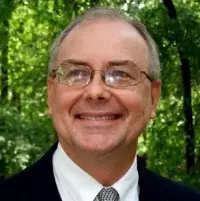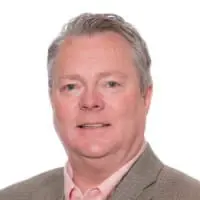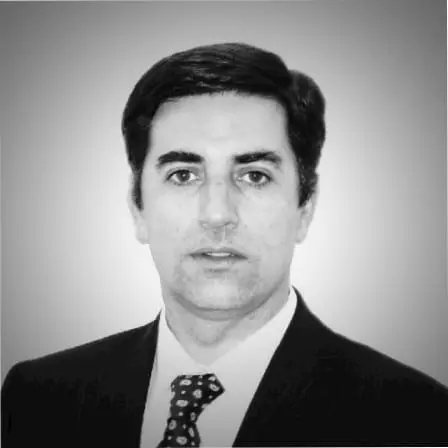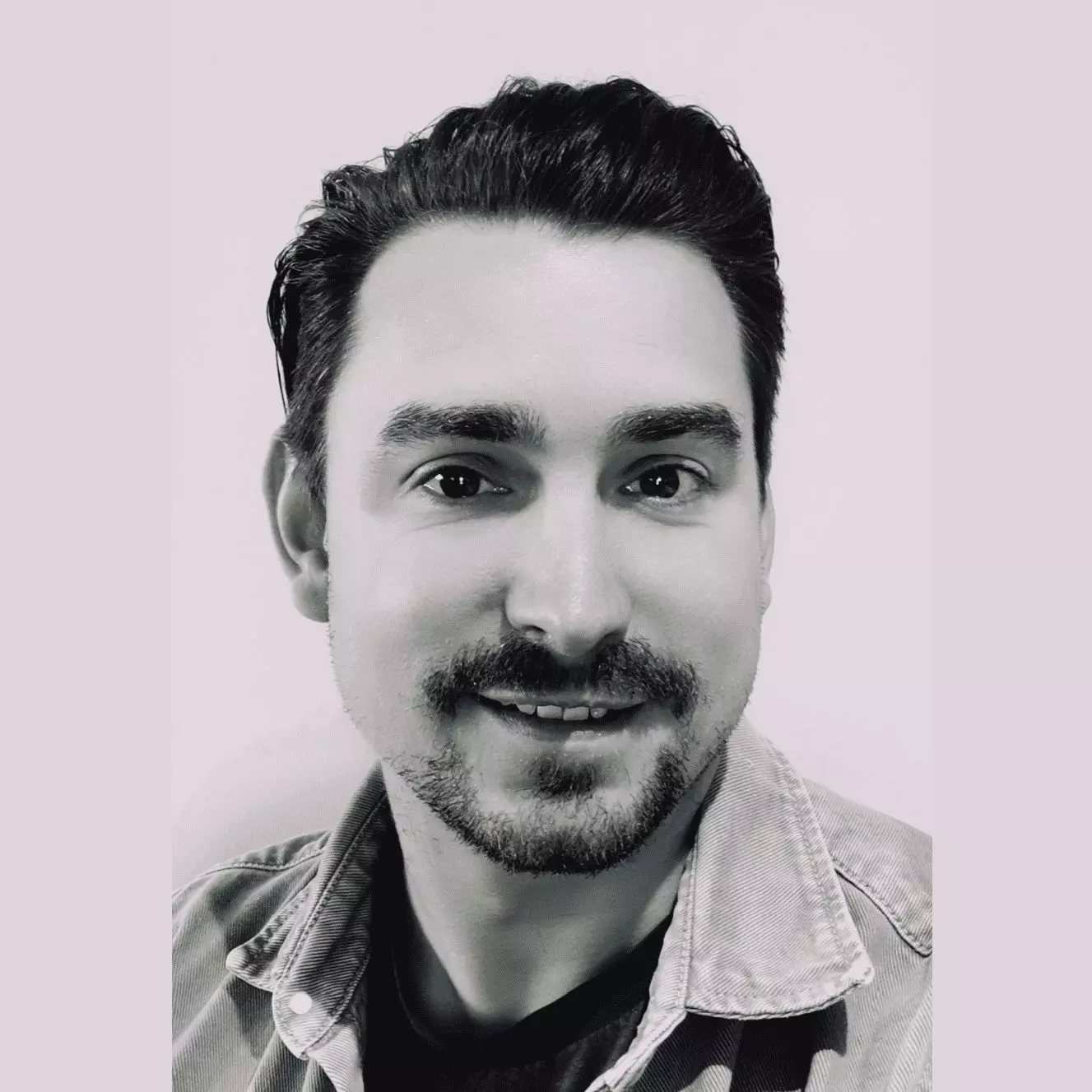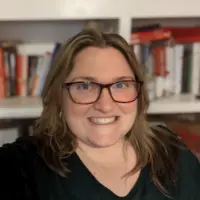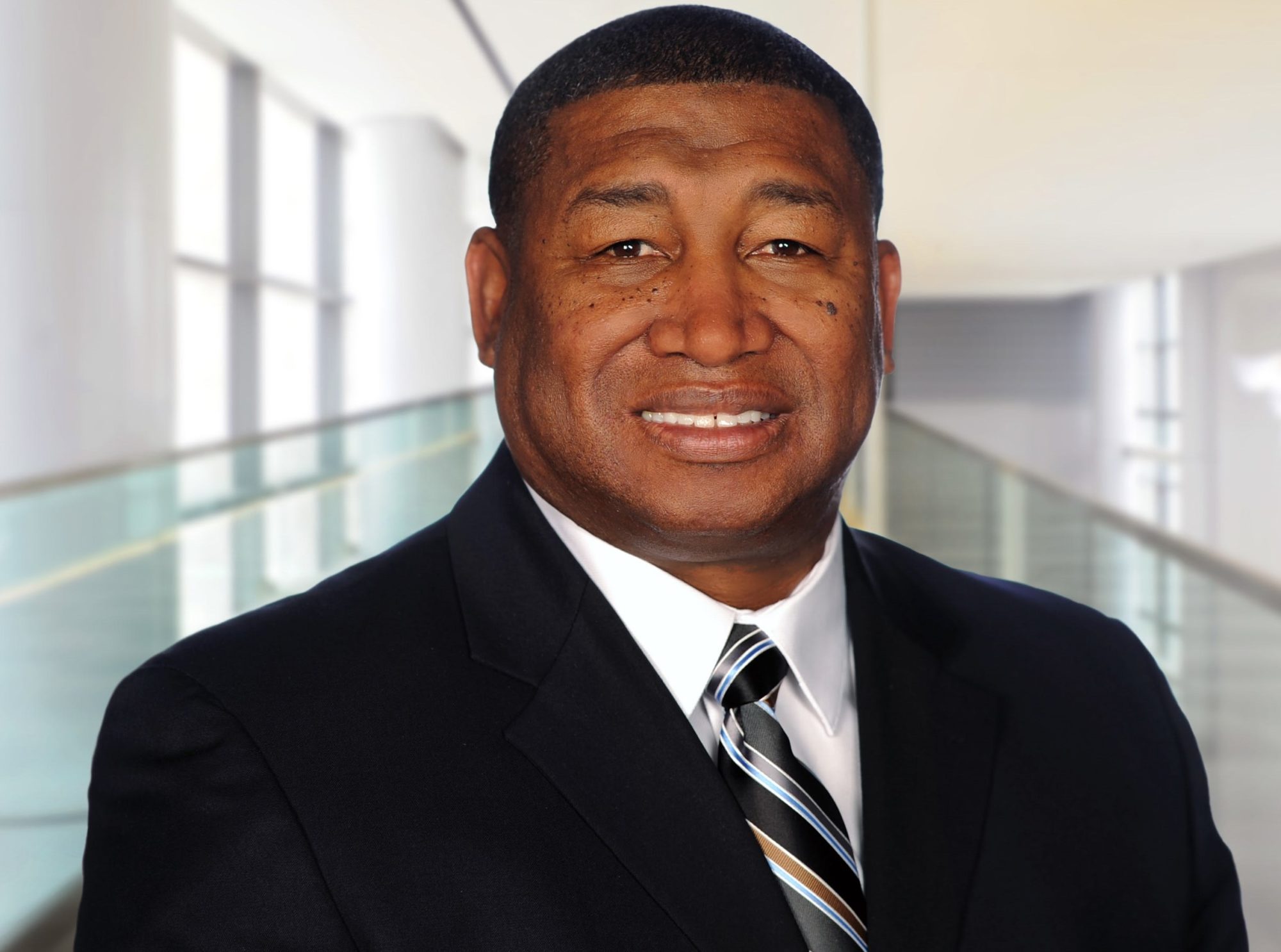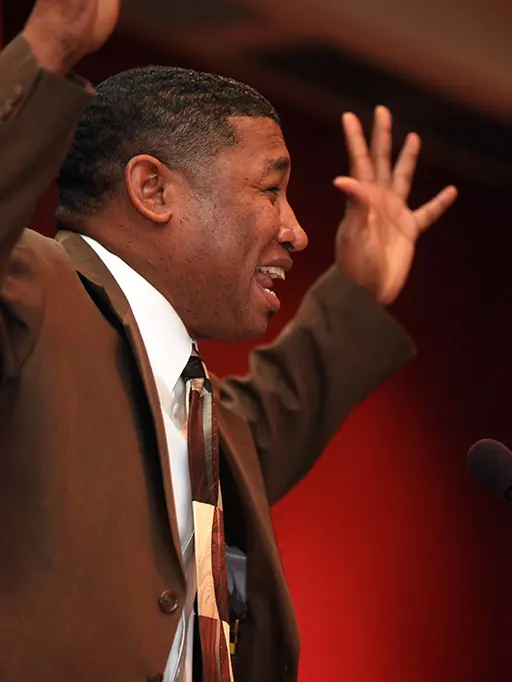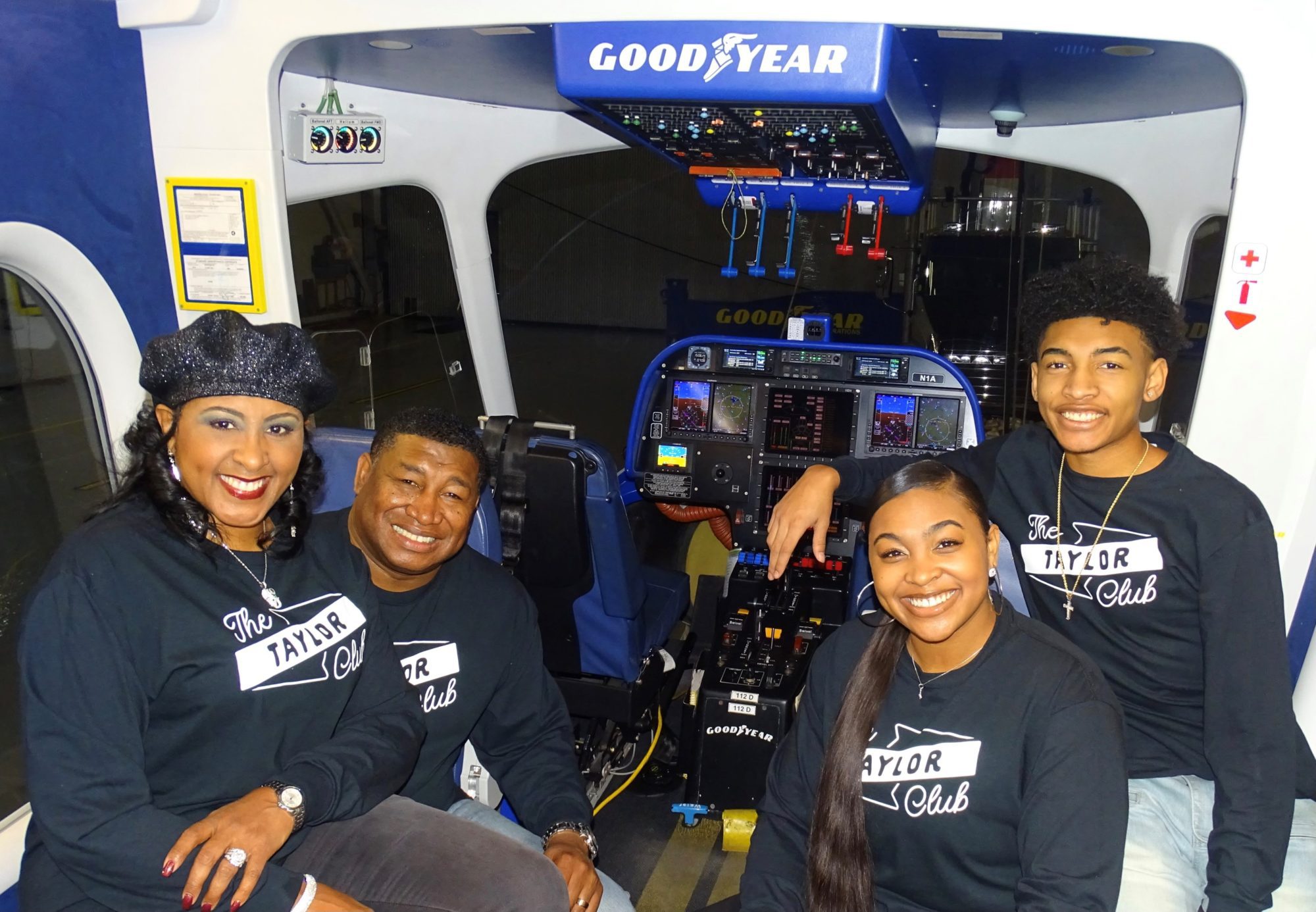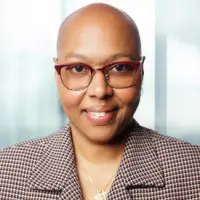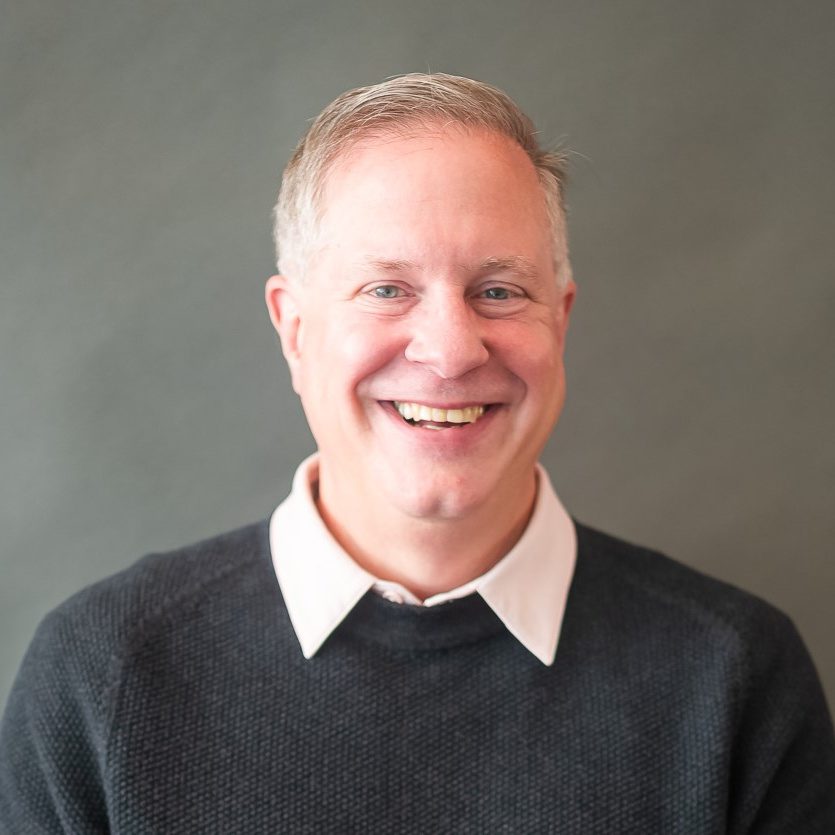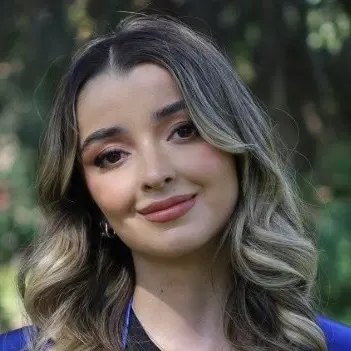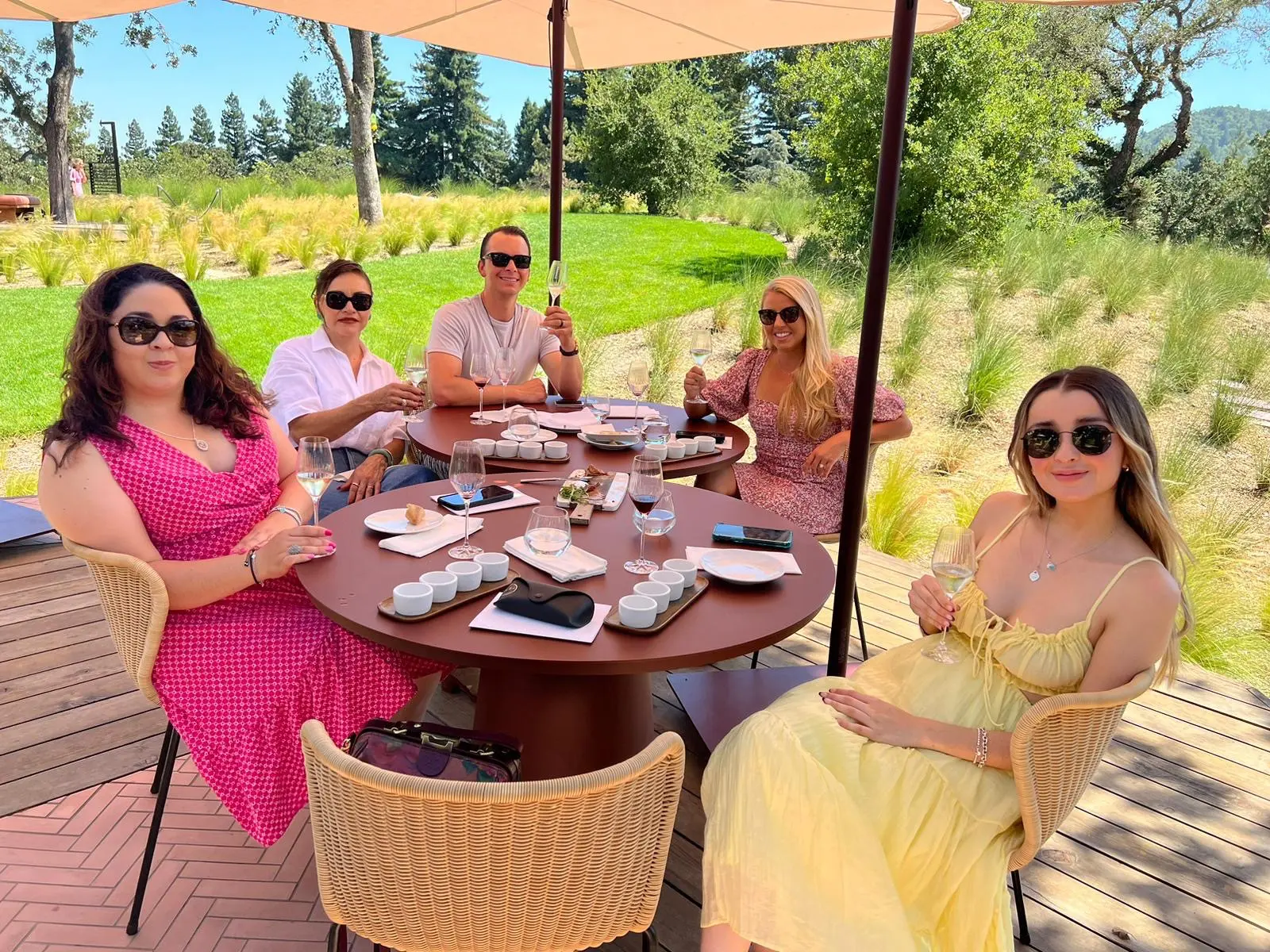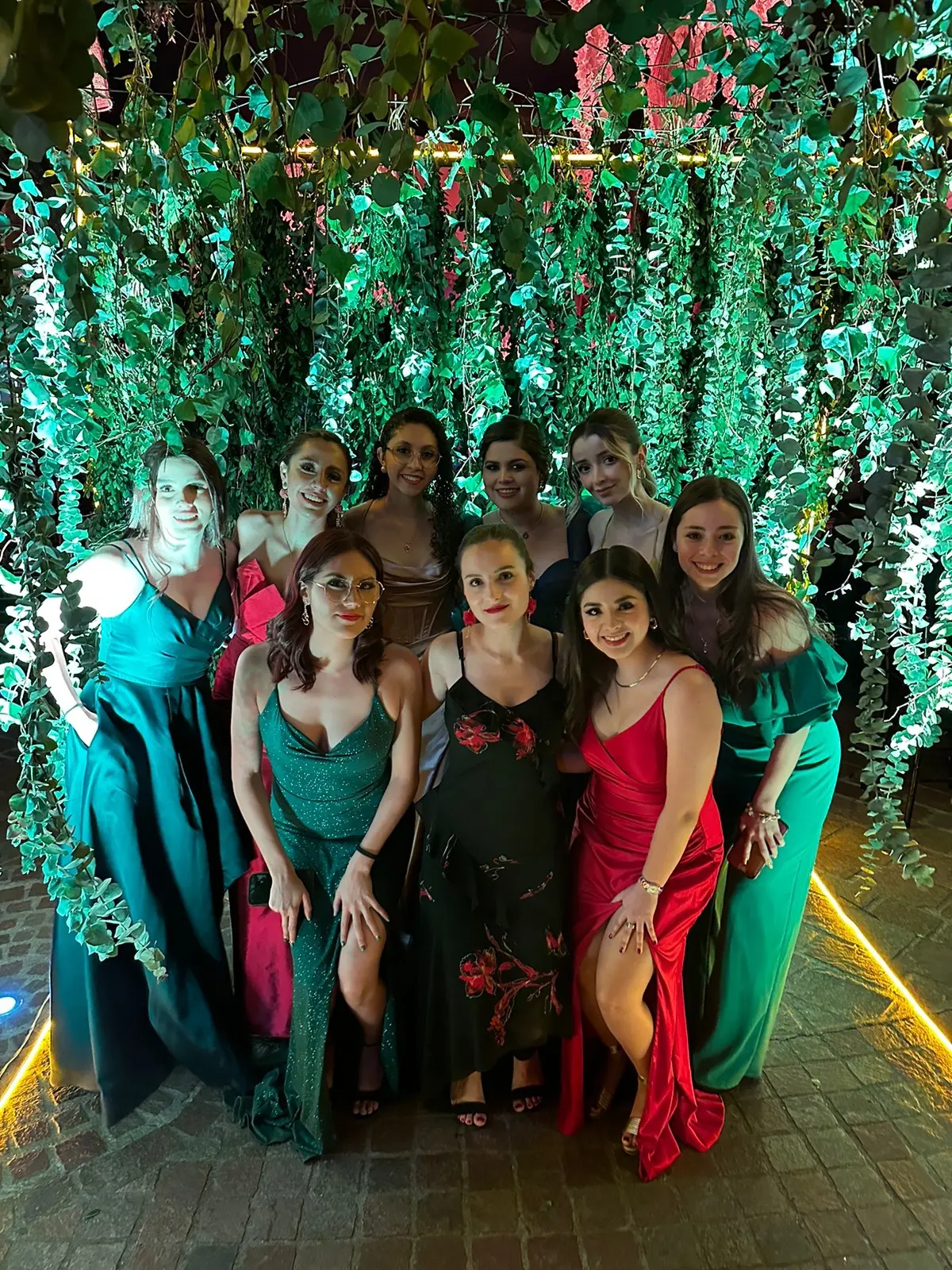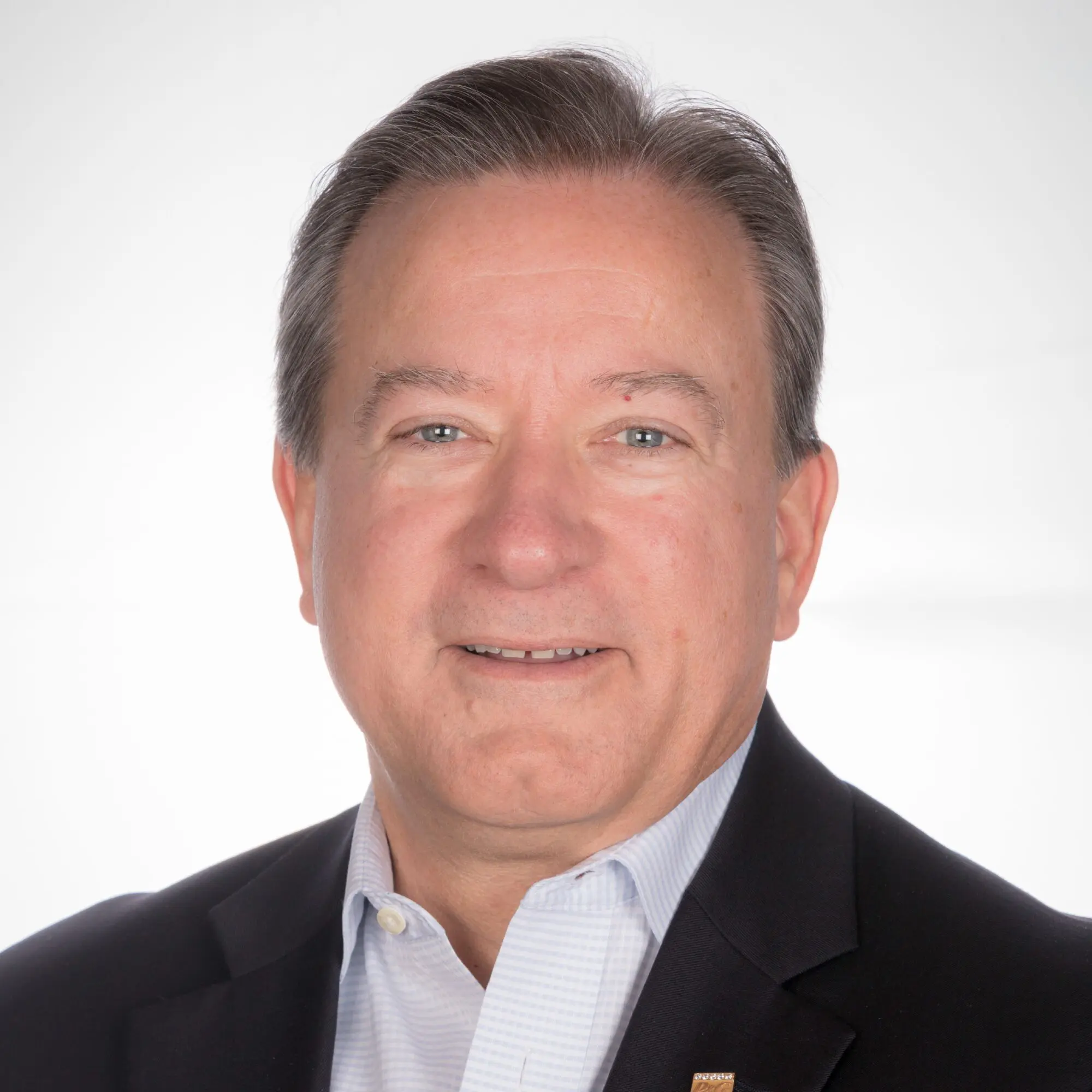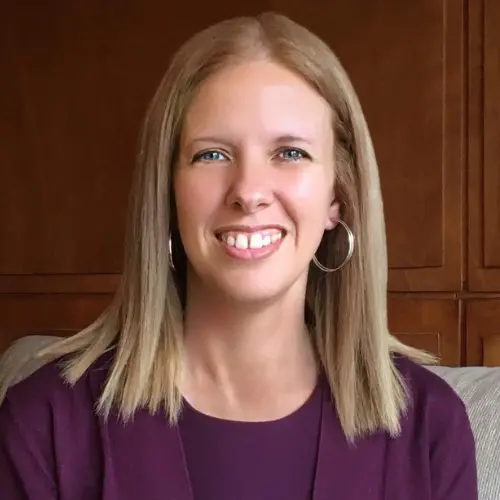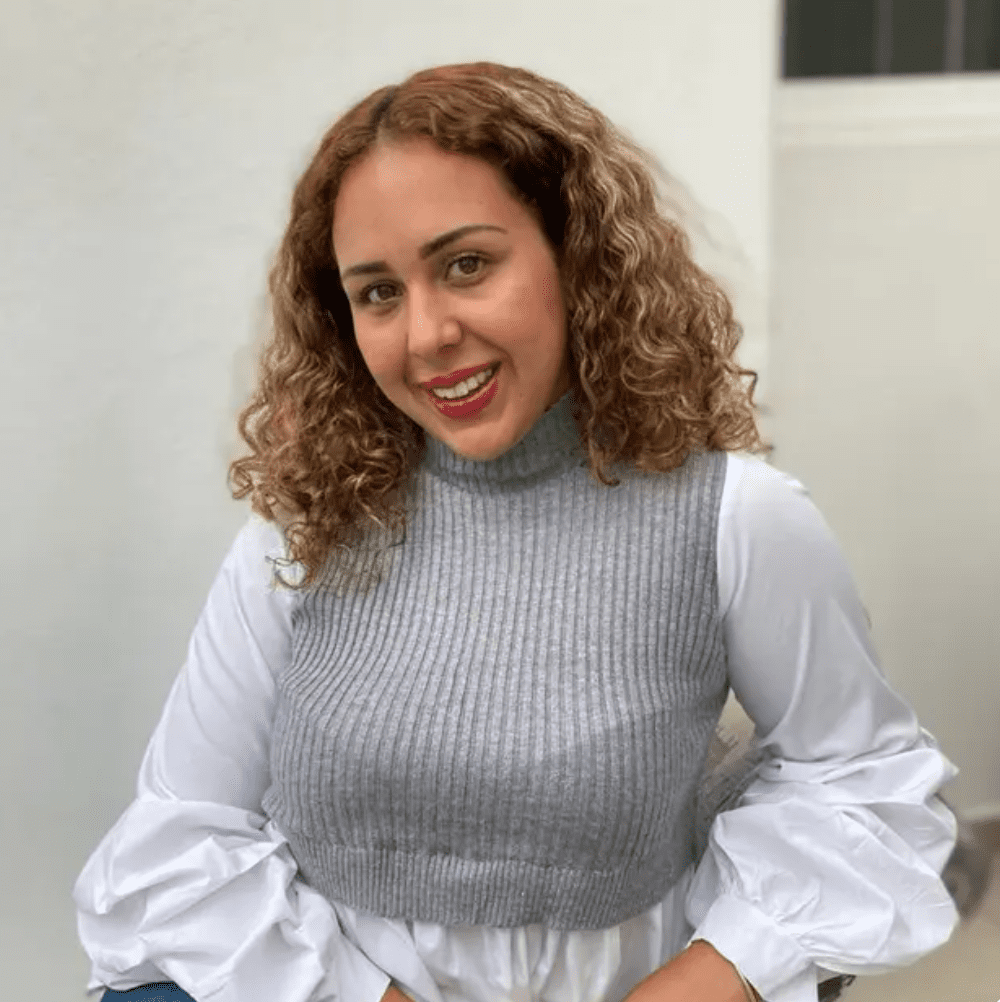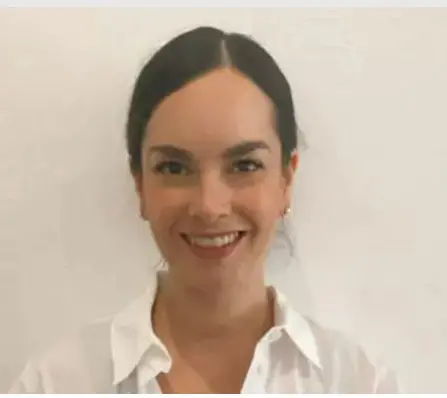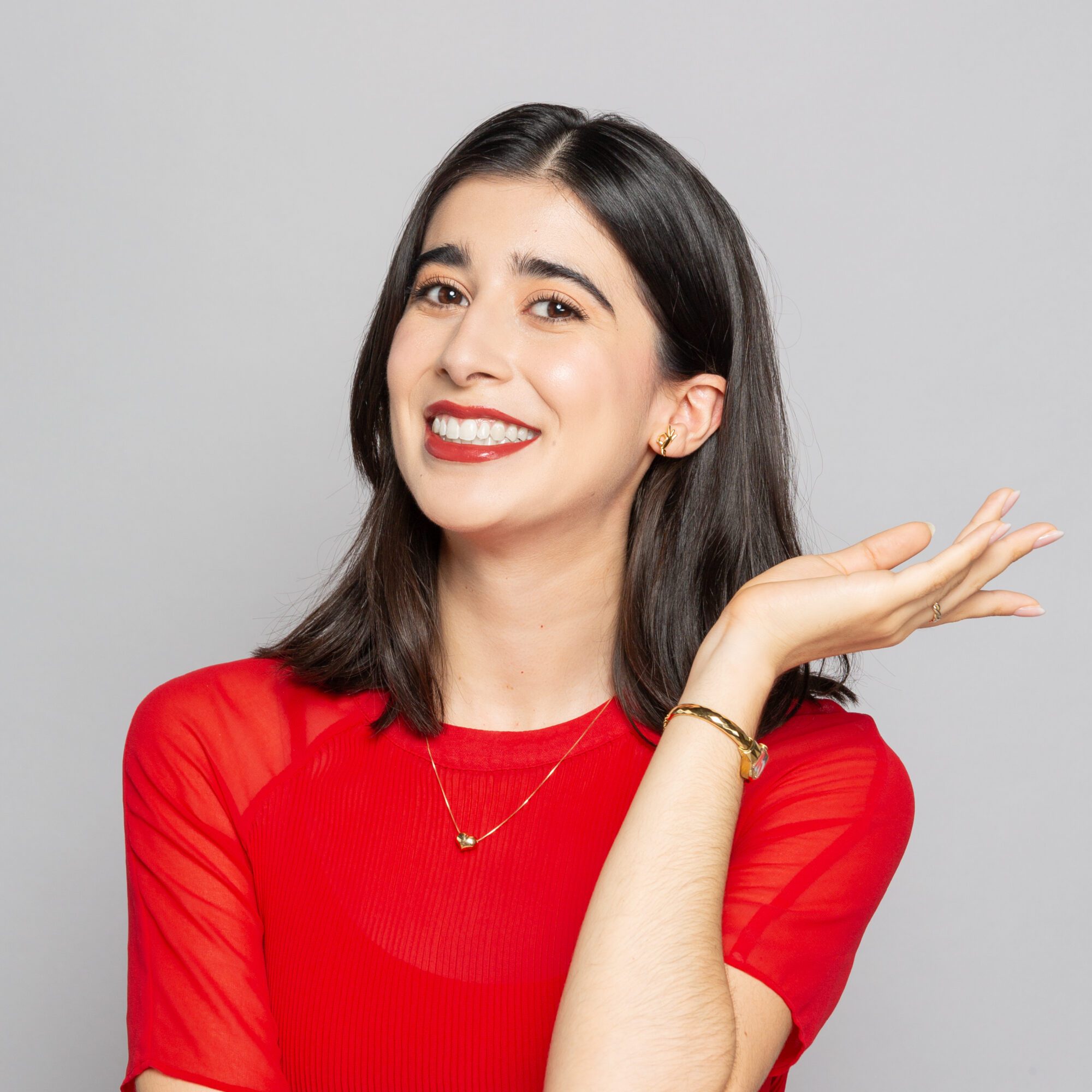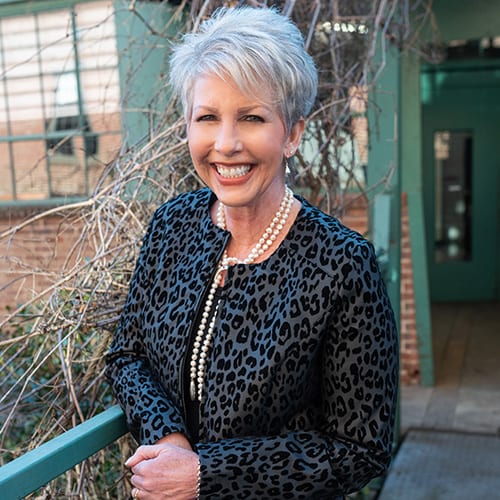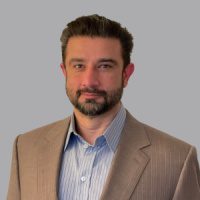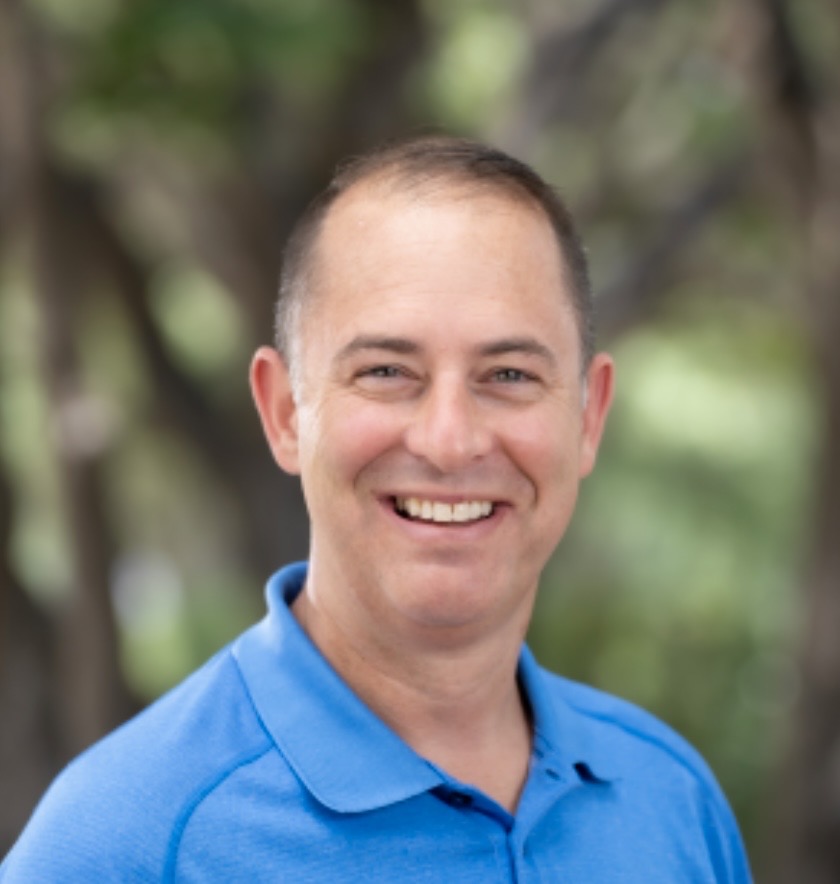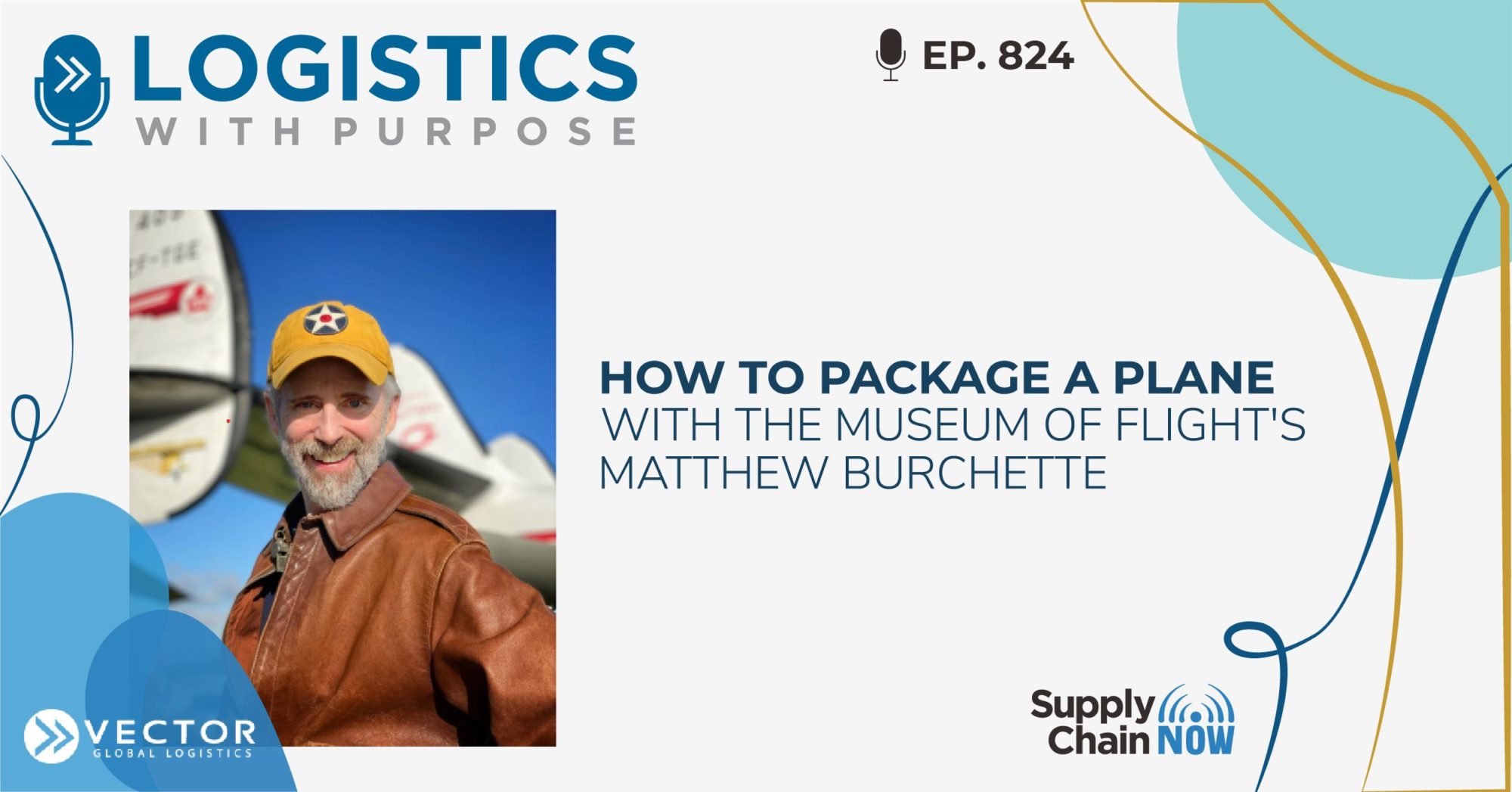
I said, look, if you guys will pay for the construction materials that we need, we'll do the work and put [the plane] in a container. You guys pay for the container and the shipping---but we'll get it in there.
-Matthew Burchette
Episode Summary
From project manager to senior curator, Matthew Burchette has handled his share of career pivots in the museum world. So when COVID struck, he was more than ready to galvanize donors, distribute hand sanitizers and take on new logistical challenges at The Museum of Flight. Join Enrique and special guest host Pedro Serafin as they chat with Matthew about his 33 years of museum experience, packaging planes, an exciting new traveling exhibit in partnership with the Walt Disney Family Museum and more.
Episode Transcript
Intro/Outro (00:02):
Welcome to logistics with purpose presented by vector global logistics in partnership with supply chain. Now we spotlight and celebrate organizations who are dedicated to creating a positive impact. Join us for this behind the scenes glimpse of the origin stories, change making progress and future plans of organizations who are actively making a difference. Our goal isn’t just to entertain you, but to inspire you to go out and change the world. And now here’s today’s episode of logistics with purpose,
Enrique Alvarez (00:35):
Good day, my name is Enrique Alvarez, and we’re here for another very interesting episode of logistic with the purpose partnering with supply chain now, and everyone at vector. This is, uh, a very interesting series for me, particularly in this, uh, episode that we have today is actually going to be super exciting, cuz I’m a big, big fan of, uh, airplanes in general. And we have a very special guest that, uh, basically breathes leave airplanes, uh, with us today. And before introducing our guest, let me introduce you to Pedro Serafin. Pedro sales associate with vector, you were in charge of a, uh, handling and managing a couple of projects for, uh, for Matthew and uh, the museum of flight. How are you doing today?
Pedro Serafin (01:20):
That is correct. I’m doing very well. Uh, I’m very happy to be here. I’m excited to, to see the outcome of this conversation interview and have some very interesting information coming out of here.
Enrique Alvarez (01:30):
I know we’re both very excited. We’re talking about this, uh, during the week and uh, I know that it’s your first podcast. Uh, it’s almost like it’s mine. It feels like, but uh, but this is gonna be exciting. And now without further todo, let me introduce you to Matthew. Burett senior curator of the museum of flight Matthew. How are you doing? Good morning. Welcome.
Matthew Burchette (01:49):
Good morning. Hey Anique and Pedro, how are you guys? Thank you so much for having me. This is gonna be a great conversation.
Enrique Alvarez (01:56):
We’re super excited to have you here. Super excited. Everyone’s kinda like interested in like finding out how someone gets the job that you currently have. So you can probably go and try to go, uh, try to, <laugh> try to go and do something similar down the road, but um, thank you for being here. Oh, you bet.
Matthew Burchette (02:14):
Love to talk about planes and certainly love to talk about myself. <laugh>
Pedro Serafin (02:19):
This project was very interesting cuz it was, uh, very challenging as well. And um, well, before we get to that project that we were, uh, mentioning, um, what, how, how about you tell us a little bit about yourself, Matthew. Yeah, yeah.
Matthew Burchette (02:32):
I, yeah, I have been in the museum business for, in one way, shape or form for, I, I kind of checked this the other day in preparation for this interview. I was like, how long have I been doing this? And it’s coming up on 33 years. Wow. Mm-hmm <affirmative> so I, I went to Baylor university in Waco, Texas, and I had no idea what I wanted to be. You know, when I started college, actually I went into college thinking I’m gonna, I’m gonna, I’m gonna go pre-med I wanna be an OB GYN, cuz I’m fascinated how you, you get from a single cell all the way up to a, you know, a full size walking, talking, human being. And then I read the catalog and realized there is a lot of science in math. <laugh> involved in that and I went I’m out. Um, so I went through quite a few different, um, takes on what I was gonna be and ended up with interior design because it was as close as I could get to architecture without, um, actually having a math or a language credit cuz I just am, my brain does not do math and I was tired of taking German.
Matthew Burchette (03:48):
So I just went in and ended up with an interior design degree, which was actually very fun. I was the only guy in an entire building full of women, which was really cool.
Matthew Burchette (04:00):
But when I got out with this degree, I thought, you know, what am I gonna do? So I ended up working for a year as a, as a graphic artist for a small company in, uh, Waco. And about a year in, I went, you know, why didn’t I do anything with history? I love history. So I decided I’m gonna get him a master’s degree in history history. So I went back and started flipping through the catalog and I talked to the, to the Dean of the department and he looked at my transcript and he said, man, is this all you got for history courses? These two? And I said, yeah. And he went, okay, you’re gonna have to get caught up. And so I’m, I walked of his office a little bit, you know, downhearted and was flipping through the catalog again and saw museum studies and this little voice in the back of my head of my mom on the very first day of college.
Matthew Burchette (04:52):
And she was looking at the CA at the catalog at Baylor, she found museum studies and she was like, oh, you should do this. You love museums. And I was like gonna be a doctor, whatever. Well, her voice came back, you know, X, many years later. And so I was like, yeah, these studies that’s like hands on history. That’s even cooler than just normal book history. So I ended up taking every class they had, which was in two are some odd years after I already, oh, feel got a degree. Oh yeah. I was, I was like that guy on campus, you knows the guy with gray hair and whatever. It’s like, how long has this guy been here? <laugh> um, and so I ended up doing that.
Enrique Alvarez (05:36):
So, and Matt, before you go any further, I’ll let me inter interrupt you right there because I mean, you mentioned your mom and the fact that she kind of knew from the get-go that you would’ve been better off going the museum route. Uh, why, why did you like museum so much growing up and, and, and where did you grow up? I guess we
Matthew Burchette (05:52):
Can start with us. So I grew up in Austin, Texas, and um, there is a large museum there, a natural history museum, um, associated with the, um, university. And my parents took me there all the time and I was constantly asking to go right out front. They had this huge T-Rex skull, which was, you was always the first stop point. But the one place that I always had to go to was these dioramas. They had these giant dioramas. And now I remember ’em as being, you know, huge. They were probably only three or four feet, but I mean, they were big either way. And so there was the Alamo and there was, you know, native American cultures and all kind of stuff. And I was just fascinated with these dioramas. And so even today I still build models. Um, but that was it. I, no matter how many times I asked them to go, they were always taking me to the museum. And then on the, the, the summer
Enrique Alvarez (06:51):
Are your parents kind of like, do they have like a special link to the museum? They’re just kind like, I love you sees too, but they just wanted to get,
Matthew Burchette (06:59):
They were just really good parents and apparently willing to go to the museum a lot. Whenever I asked now every summer we went to New Mexico, we would go to Santa Fe and everything. And of course we were hitting the museums all the time there. So I just kind of grew up going to museums, art, museums, history, museums, um, you name it I’ve been to ’em. So it was just kind of something that was very normal to me.
Enrique Alvarez (07:23):
What about the, uh, the law for, for airplanes? I’m sure. You’re gonna tell us a little bit more about that as we continue down your career path. But is there anything in your earlier days that kind of, um, already spoke to the fact that you were gonna be fascinated with, uh, airplane it’s
Matthew Burchette (07:39):
It’s kind of funny. People always ask when they find out I’m a curator of an air air museum, they’re like, oh, are you a pilot? And I’m like, Nope,
Enrique Alvarez (07:48):
That was my first guess too. When I started looking into this
Matthew Burchette (07:52):
<laugh> Nope, not a pilot really don’t have, uh, a desire to become what it’d be nice, but I do not need other expensive hobby <laugh> my wife would kill me. Um, so I, growing up, I went to the library a lot too, and I was constantly looking at history books and there was a series of books. I cannot tell you the name. Um, but they were geared for, for kids. And there was one on the air war, over Europe, in world war II. And there’s some things in that book that I still remember about how the, it was so cold at altitude that, you know, skin would freeze to metal if you weren’t wearing your gloves and all this kind of. So there were these very evocative images in my mind of what it was like to be a, a, a flyer in world war II and to, and I think that’s what did it, um, my dad was in the air force, but he really didn’t, you know, talk about it much. He wasn’t a pilot. Um, none of my relatives were in the military, but for some reason I just, there’s something about military aviation that really trips my trigger. Nice.
Pedro Serafin (09:08):
I’d imagine cuz it has to do a lot with history and well, you love history, right?
Matthew Burchette (09:13):
Yeah. And it’s, it’s, it’s funny. There’s, it’s not so much, I’m not interested so much in the, the very large overview of history. Like, you know, Patton came down from the north and then, you know, who came up from the south that doesn’t really interest me as much as what were the guys in the Fox hole wearing or doing, you know, how, how do you dig a Fox hole in the battle of the bulge when it’s so cold, you can’t get a shovel in the ground or how do you stay warm in your Fox hole when it’s, you know, 12 degrees below, you know, that kind of thing. That was what I was really interested in. So to, to try to get a handle on that, I became a world war II reenactor <laugh> um, did civil war reenacting and that kind of stuff as well.
Matthew Burchette (10:04):
But one of my, my greatest loves was world war II reenacting. And to the point where I’ve been to Europe a couple of times and, and been on weeklong reenactments over there in the Normandy bocage wow. You know, I mean, it’s, you’re on the same ground in the same towns where these guys were, you know, 75, 80 years ago. And that’s really when it clicks, um, especially when you’re in, you know, the hedgerows and you’re kind of creeping along and you hear, so guys speak in German, a couple of yards away and you go, wow, this is really, this is as good as it gets, especially cuz you’re not really getting shot at <laugh>. Right. <laugh>
Pedro Serafin (10:47):
Well, and tell us how, how did you, um, well what, what are some experience you had before a geo joining the museum of flight?
Matthew Burchette (10:55):
So I have done a little bit of everything. Like kind of like my educational career. I’ve just been all over the map. Um, once I finally figured out what I was doing, um, I knew I needed a job, um, while I went to school and so Baylor had an outdoor living history museum. It was a, it, it was a, actually an entire village that had been moved from east Texas onto the Baylor campus, uh, kind of off of the Baylor campus, but close. Um, and it replicated an 1890s cotton farming community. And I, at this point I was, I was into civil war living history. And so I was like, well, this would be great. You know, I can, I can work there. So I ended up working there as just a laborer. And so I was helping build some of these structures, um, was doing blacksmithing. I had a guy teach me how to become a, a blacksmith. So I learned how to do, you know, old school blacksmithing. I can put on a shake roof, you know, I can use an ads and all this kind. I mean, it’s just all sorts of stuff that I’ve never, ever used since it’s
Enrique Alvarez (12:09):
That was gonna say super practical stuff. Oh yeah, definitely gonna helping the electricity goes
Matthew Burchette (12:13):
Away. I’m totally
Enrique Alvarez (12:14):
Ready. Hey, not can
Matthew Burchette (12:16):
Do something. I try, I can make arrowheads and build my own cabin, you know, <laugh> um, so I worked there while I was going through school. Um, and every once in a while we would get an opportunity to work. Um, kind of just odd jobs. There was a company called Southwest museum services that would come into town because they were working on the Dr pepper museum and then the Texas sports hall of fame and they would need hands. So they would hire students. And so I would go in there and I would get practical experience, you know, doing artifact mounts and installing artifact and that kind of thing. Um, and then after I was kind of finished with all of their courses, I was like, gosh, it’s about time to get a job. <laugh> a real one. They decided they were Baylor was gonna start a master’s program in museum administration.
Matthew Burchette (13:10):
So I applied for that cuz wow. I go, I go into the, the real world when you can stay at school. Um, so I was one of the first three students to get into the program. So I ended up with a master’s degree in, uh, museum administration. So once that, once I got to the point of writing my thesis, um, my wife at the time got a job offer in Seattle and she said, what are you thinking? I went, I can write from anywhere. So we moved up here and we were here for five years and of course I finished my thesis and I thought, what, what was the thesis
Enrique Alvarez (13:49):
About?
Matthew Burchette (13:51):
<laugh> I, since, so my, my mentor said pick up a topic that you can live with for at least a year. And I went <laugh> okay. The, the thing that really makes me excited is aircraft knows art, you know, all the painting on the front of it. Oh, that’s amazing
Enrique Alvarez (14:11):
Of a plane.
Matthew Burchette (14:11):
Yes. Yeah. So I ended up writing my master’s thesis, um, on the differences between world war, the differences of world war I, two nos art in the European and Pacific theaters.
Enrique Alvarez (14:25):
Wow. And this is something, and I guess we’re kind of going down this kind of rabbit hole, but I feel it’s actually very interesting every pilot. I mean, they show it on movies and things like that. Every pilot kind of like had a say into like how they wanted their planes painted or it was something that
Matthew Burchette (14:39):
It’s just so not every, you know, not plane had it, but you know, it was definite the, the golden age of noses art was certainly world war,
Enrique Alvarez (14:48):
Very manual
Matthew Burchette (14:49):
Like, oh yeah. And so, you know, if it kind of depended on the, the pilot and the, the type of plane, you know, like a large bomber, like a, B 17 or a, B 24, B 29, a lot of times the entire crew would come up with a name. Um, whereas for a fighter, you know, it was a single person aircraft, the pilot would usually name it. But a lot of times, even the, uh, the crew chief who took care of the plane had a say in that, you know, kind of just depended upon the pilot. So you’ll see a lot of ’em where the pilot will have their artwork on one side of the nose. And then the crew chief would get a, get a shot at their side of the nose. And there were guys who outside of their day job in the, the military did nothing but paint Noar for their squadron or group.
Matthew Burchette (15:40):
Um, there was a gentleman I’m going really down a rabbit hole here, go for there’s a, there was a young man, corporal Tony starer of the 91st bomb group in England. He up painting over 125 pieces of Noar for his squadron, um, and group. Um, wow. But considering how many planes were in a squadron, which is about 12 to 14, that’ll kind of give you an idea of the loss rate. He would say that he would, he would get to the point where he was almost done with a piece of art on a plane. Of course the plane would, would be flying back and forth doing missions while he was painting. Cuz he couldn’t accomplish everything he wanted to in a day. Um, and sometimes the plane just wouldn’t come back. Right. You know? Wow. Um, he also said that he got to the point where he so popular that, um, he had a crew helping him and so the crew would do the lettering and then he would come in later and actually do the artwork.
Matthew Burchette (16:46):
Well then of course the guys who were flying in the planes wanted the stuff on their jackets. They wanted the same piece of nose art on the, their back of their leather flying jackets. So he started doing those. Um, and he said at one point he had a stack of jackets by his bed that came to his knee. Wow. And that’s a lot of jackets. And he said, you know, a lot of these guys would never come back. And so I had all these jackets that I didn’t know what to do with, so I tried to give him, but nobody wanted a jacket from some guy who was dead or captured. And he said, I just ended up burning him. There’s nothing else for me to do about it.
Enrique Alvarez (17:23):
I’m pretty sure that would’ve been a really good business opportunity, this thing. Right. I mean imagine how many people would have loved to wear some of those
Matthew Burchette (17:29):
Jackets with all oh
Enrique Alvarez (17:31):
My history. And um,
Matthew Burchette (17:34):
There, there are a couple of his jackets in the national museum of the United States air force in Dayton and every time I’m out there I go and I just stare at him and go, that was done by Tony starer.
Enrique Alvarez (17:46):
Wow. Well, that’s incredible. And we’ll put some, uh, we’ll put some links and notes to this conversation so that people can actually, uh, learn a little bit more, not only about Tony, but some of these other, no, that would be great. Knows artists. Well, if you send us the links, we’ll be more than happy to do so plus we would love to actually go and dig around and spend some time kind of thinking about this, which is fascinating and really not the kind of things that people think about when they’re thinking about the world war. Right. But it’s yeah. No’s amazing. But so go ahead. I, I apologize. Oh no, no, no. Immediately, uh, trust me, I will
Matthew Burchette (18:19):
Totally go down these rabbit holes is you throw a rabbit hole at me. I’m
Enrique Alvarez (18:23):
Diving in it. All right. Great. Uh, so no. So you were, so you were saying you actually finalize your thesis, so move to Seattle and that’s
Matthew Burchette (18:30):
Kinda, so I’m here in Seattle, I’ve got my thesis and I’m thinking everybody’s gonna be just pounding at my door. You know, you’ve got a master’s degree in museum studies. You’re awesome. We wanna hire you. Yeah. That did not happen. <laugh>
Matthew Burchette (18:44):
That did not happen. So I was trying, you know, know some prize to get into the museum of flight up here and they weren’t hiring. Um, and so in desperation, I just thought, you know what, I’m just gonna become a, a docent, you know, I’ll become a volunteer there. So I started going through their program. And about that time, I got a call from my old mentor back in, at Baylor in, he said, you know, um, Southwest museum services, whom I mentioned earlier is hiring, you know, they’re gonna do the new museum here at Baylor and I want you to be the project manager. And I went, wow, okay. They’re in Houston. Right. And he said, yeah. And I went past <laugh>
Matthew Burchette (19:29):
To move to you Houston. Um, and he kept bugging me. And about the third time, he was just like, come on, seriously. I want you to, and I went, is this just something that you want to happen or is this really? And he said, call Dr. Gregs. And that Dr. Gregs at the time was the, the owner and CEO of the company. So I called him and he said, yeah, you know, when can you move down here? We want you and I went, oh, this is legit. So <laugh>, I applied my wife with a new car. I said, if we go to Houston, you can get a new car, which she desperately wanted and needed. And so off we off, we went and we moved to Houston. So I ended up working for Southwest museum services for about five years, um, is what they called a project manager.
Matthew Burchette (20:17):
But it was really, it was kind of a liaison position between as I was the person that would go to a museum. Okay. Let me kind of tell you what Southwest they’re still in business. And what they do is they will build, they will do any exhibit for a museum anywhere from a single case, all the way up to literally the entire museum. Um, and they will design build and install. They are a full turnkey kind of operation. And so I was one of the people they had hired about three project managers all together. Um, and so what I did was I was kind of the person that would go out to the museum with the client and, and get an idea of what they wanted and then start doing artifact surveys, seeing what they had in their collections that would help tell the story that they wanted to tell.
Matthew Burchette (21:18):
We would pick out artifacts. We would pick out, um, archival materials, photographs, that kind of thing. Then I would take that back to the designers, the actual people that were doing the design of the museum. And we would all work together to, to make up, you know, a full blown product. Um, and it was a ton of fun. And that’s where oddly enough, my, um, degree in interior design came very handy. I can read a set of blue lines. I can draft. Um, it was, I could, I could easily span both sides of the conversation. Um, you know, there’s some people that you can just, you can put a, a set of blue lines out plans and they’re lost for me. I look at ’em in the walls, come up off of the paper and I can see it in almost three dimension. It’s very easy for me to work that way.
Matthew Burchette (22:13):
Um, so it was very simple for me to communicate things back to the designers, the designers, to communicate to me. And then for me to talk to the, to the client, um, did that for about five years, got fired. <laugh> ended up taking a job with the, um, lone star flight museum, which was in Galveston at the time. And I lived up in far Western Northwestern, Houston. So I would get up at like five 30 in the morning to be on the road by six 30 to be there by like eight. Um, yeah, it was an hour and a half. That was a commute. Right. It was rough. Um, and if I left time, literally anytime like 4 0 2, that’s it, you hit traffic. Was it probably three hours? <laugh> it, it turned in from an hour and a, you know, to, to two hours, three hours.
Matthew Burchette (23:12):
Um, luckily I only did that job for about three or four months before I got a, uh, a call. Well, here’s this thing, you know, I I’ve had a lot of help in my life. Um, but I’ve also been in extremely lucky, but the biggest help I’ve ever gotten was just from my own pluck. So my first wife, her family lived in Denver and there was an Erin space museum there wings over the Rockies, Aaron space museum. And I had looked at them up when I was writing my thesis. And so I called them up one day. Um, and I said, you know, Hey, I’m working on my master’s degree. You know, I’m gonna be, be graduating here pretty soon. You know, you guys should hire me. And <laugh> literally the guy on the other end of the phone laugh asked at me <laugh> and he was like, we’re all volunteers here, man.
Matthew Burchette (24:08):
We don’t hire anybody <laugh>. And I was like, oh, okay, well, anyway, one time when I was in Denver, I just decided I’m gonna go check this place out. So I went down there and I was walking through the museum and, and kinda looking around and went back up to the front and I said, Hey, is your CEO or anybody here I could talk to? And they went, yeah. So this guy came out and I introduced myself and he said, yeah, here, let me just show you around. And we were walking around and I was telling him what I was doing and how I would love to, to work for him and all this kind of stuff. And he said, well, you know, we would love to have you, but do I spend the money on you? Or do I spend the money to fix these lights in this huge hanger?
Matthew Burchette (24:53):
And I said, you hire me. And I write the grant to fix those lights. Well, apparently that was the right thing to say, because about a year later, I went back to visit him and he said, let me take you to lunch. I’ve got a, I’ve got some things I need to tell you that you don’t need to know. And I’m gonna ask you some questions that are none of my business <laugh> and I went <laugh> OK, let’s go. <laugh> so like, I’m not sure I wanna go to this lunch anymore, but all right. <laugh> so during the lunch, he said, look, we, I am on my way out. And the museum is hiring a new CEO and they’re gonna need a curator. I want you to apply. Wow. And I went, oh, okay. He goes, I will let you know, when the job gets posted, then you can apply and we’ll get back to you.
Matthew Burchette (25:38):
And I went, okay. And sure enough, about a week later, I got an email saying, Hey, it’s on this website, the Cano website, make sure you apply. So I applied got a call and they flew me up from Houston to Denver and I applied and, you know, walked through. And the big tell for me is when I was walking through and we, the, the CEO was walking around and he said, okay, and here’s your office? Or I, yeah, like, so I already going where the, the person will have their office and I went, Hmm. That sounds good. Um, the funny thing is, is that I had worked with wings over the Rockies before when I was with Southwest museum services. So there’s this odd connection in everything that I’ve done. And wow. It’s just so bizarre because the first thing I did when I walked into this interview is here’s this brand new CEO.
Matthew Burchette (26:36):
And he’s got all of these plans laid out and a bunch of the work that I did for Southwest. And he goes, yeah, I, you know, you work for Southwest. I remember your work. And so here it is. And I was like, this is bizarre, you know, but I don’t think it would’ve happened if I had not just made that first, you know, walk through the door, cold call, interview request, you know, and it, and I, I certainly don’t think it would’ve happened if I had not really had my brain turned on and said, you know, that thing about, you know, I write the grant. Um, so I was definitely firing on, on all cylinders that day. <laugh>, <laugh>, that’s some sheer luck, right.
Pedro Serafin (27:20):
It all fell into place really. Right.
Matthew Burchette (27:22):
You really did. It really did
Pedro Serafin (27:24):
Nice. Cause it, yeah. Cause it may not have been possible if you didn’t work before making those, um, designs. So
Matthew Burchette (27:33):
Maybe that, yeah. Yeah. It’s just, it’s it. I kinda look back on it and go, man. It all just really fell into place.
Pedro Serafin (27:40):
<laugh> as to the project that we worked on, that we will be talked about in just a moment. Right.
Matthew Burchette (27:45):
<laugh> yeah, yeah. Talk about falling into place.
Pedro Serafin (27:47):
Definitely. <laugh> all right. So, and how did you become curator of the museum of flight?
Matthew Burchette (27:55):
So after wings over the Rockies hired me, I was there for 15 years, um, as their curator and it was a blast. I got to do so many things meet so many people. Um, I, I built my own, I, I, I built my own exhibits. Um, it’s just, it was very much, even though we had a pretty large staff, um, nowhere near the size of the museum of flight. I mean, by, for us, large was, you know, 15 or 20. Um, but for me, I was a, I was a department of one until about a year before I left when I got an employee. Um, so I’m very used to doing things on my own and that’s been kind of a change for me up here. But anyway, I was, I was with wings for 15 years. And then one day I walked into the marketing office where all my buddies were and my phone went ding.
Matthew Burchette (28:56):
And I looked down and there was a text from LinkedIn, from Diane Holmes, who is an HR person here at the museum. And she was saying, Hey, do you know of anybody that might wanna work for museum of flight? And I texted her back and I said, well, I might wanna work for museum of flight. And she goes, oh, well, we thought you guys, you would, you know, you’re very comfortable where you are. And I said, yes, but your museum of flight <laugh> right. It’s like turning down a job from, you know, the Smithsonian or something. And so she said, oh, okay, well, let’s set up a phone call. So this was supposed to be like a, you know, 20 minute phone call. We ended up talking for like an hour and a half. And anybody listening to this podcast right now can realize why it was an hour and a half. Cause <laugh>, I like to talk about planes. <laugh>
Enrique Alvarez (29:50):
No, it’s an incredible story so far. And I think like, uh, to your point, everything’s falling into the right places and the right things. And I feel like that’s kind of how life works. Sometimes it just weird like that. Right. You just do things that you don’t realize you did back in the day and, and they somehow help you, uh, down the road. So, uh, no, but so you had this long conversation with,
Matthew Burchette (30:11):
Uh, I did. And she said, you know what, thank you so much. Um, we’ll be in touch. And I thought, okay, great. And then like weeks went by and I thought, wow, how did I blow this? <laugh> well, that’s, you know, that’s okay. I still got my job here all as well. Um, and then I got an email from her kind of a week or two later. And she was like, I am so sorry. It took me forever to get back to you. Um, here’s what happened. <laugh> and there had been an incident up here where we had a windstorm. Oh. And so the museum is situated, you know, here’s the main museum and here’s the, the secondary museum. And there’s a road that runs between them. It’s called marginal way. And it’s it’s well traveled. Well, this windstorm came through in one telephone, went down and then like 20 other telephone poles went down and all these power lines. In fact, one of ’em literally went into a car and split the windshield right down the middle. And two people were in the car and luckily it went right between ’em and they were, they were fine, but they were trapped in the car because of the electrical. Well, the power was out at the museum for like four or five days. There were people trapped in both buildings because of the power lines. It was a major
Enrique Alvarez (31:32):
Disaster. Sounds like a good experience. So she
Matthew Burchette (31:34):
Was like, this is why I couldn’t get back to you. I’m so I’m so sorry. I was like, okay, that’s fine. And she goes, okay, well, the good part is, is we want you to come up for an interview. So I flew up or actually I did a, a phone interview first, um, had a phone interview with three or four people. Um, one of my boss, my boss now was actually in the area and he said, Hey, I’m gonna stop by the museum. I wanna meet you. And I was like, sure. So the, we walked around and talked. Um, and then again, I didn’t hear back from ’em and I didn’t hear back from ’em. I was like, oh, I totally blew this. <laugh> totally. And by this time I was invested, you know, now I’m really right now, you wanted to go now I want to go.
Matthew Burchette (32:18):
Um, and, uh, so I get this, then I get another, Hey, we wanna fly you up. So I it’s like, whew. Okay. So off we go, my wife and I fly up here and we spend about three days because we thought, you know what, let’s just hedge our bet. Let’s assume that I am going to get this job position. Um, and so we did some house hunting while we were up here and, you know, just, I think they had already made up their mind, which is, which is great. Um, so I ended up coming on board in September of 2019. Nice. And if you kind of, if you think back September of 2019 was normal, and then about six months later, five, five months later, we were hearing about this thing called COVID. And we were like, what’s that? And no big deal. And so then it started getting a little bit worse. We thought, you know what, why don’t we put together a, uh, a team to kind of keep an eye on this thing? And one day we were in our meeting and it was, we’re gonna keep everybody home tomorrow and we’ll just see how this goes. And so I’m sitting at home now, you know, two years later <laugh>, um, you know, luckily we
Enrique Alvarez (33:40):
Are, that must have been, I was gonna say, yeah. So I was gonna ask you just about that, like, uh, impacting the pandemic. How does a museum survive? Cause of course, one of the main things about a museum is that people have to go there and live through the
Matthew Burchette (33:53):
Exhibition. And we were, we were downright closed. I mean, we shut our doors for quite a while. Um, one thing I will say about this group of people that I work with is they are amazing. Um, our leadership is amazing, but it, it starts from the bottom up. I mean, from our security people to frontline workers that are at the front desk to, you know, the CEO, everybody is committed to seeing this place, you know, work. Um, we were able to pivot, like, I’m sure you guys were during the pandemic. We went virtual. Yeah. For a ton of stuff. We didn’t stop, um, hitting up our volunteers and donor base, um, for money. We went out and hit the government up, you know, so the PPP, we hit up that shutter venue. We, we hit up that grant, um, and we ended up raising so much money, um, that we came out much better on this side of the pandemic than we were going into it. Um, wow. We had some layoffs at the very beginning. Um, and we’re still down about 5% with our hiring, but on the other hand, you know, we’re still open and we’re actually a better museum than we were before. Um, because we’ve, we know kind of how we wanna do things in this new world because let’s face it. Things are not gonna be get back to just 100% normal. You know, things are definitely gonna be different after this. Um, but we’re okay with that because we know how we wanna, we wanna work. Um,
Enrique Alvarez (35:50):
That’s a, that’s an incredible kind of learning experience for anyone that’s listening. Right. I mean like a lot of companies kind of went through this very challenging times. Some of them are still going through it, but, but it’s amazing to hear stories like the one that you just told us, right? Like people making difference, everyone’s super committed from the, from the bottom up. And, uh, and you are stronger now than what you were before. And we’re super happy to, to hear that. Cuz of course it’s not only an amazing museum, but uh, um, but it’s definitely a really exciting kind of, uh, story to tell people like how the pandemic, uh, became this vehicle to, to become better. And of course, supply chain now, uh, we’re big into logistics. Uh, we have to dive into that part of as well. And I’m sure that with you, you have the very unique opportunity to live and experience logistics from a, from a very unique, uh, standpoint, right?
Enrique Alvarez (36:46):
I mean, cuz you have all this airplane. So if you could tell us kind of a two part question, if you could tell us a little bit more about the museum and so people can really understand how big this museum is and how amazing it this. And of course we’ll put all the notes and we’ll put the links so can people can visit it. But uh, but afterwards, if you could tell us like, um, some of your kind of biggest logistic projects or challenges that you have faced, I think that would be very interesting as well for our logistics community. So <laugh>,
Matthew Burchette (37:14):
So we are a big museum, you know, me coming from, um, a 20, 25 person staff museum in Denver to this place that at, in, in the before times, you know, we had 200 people over the summer. Wow. Our normal was about 150 and we would staff up to about 200 staff members during the summer. And even now where, well, a over a hundred employees. Um, so we are a big place. That’s a lot of stuff. Yeah. You know, like everybody else in the entire world, we could not find masks and hand sanitizer to save our life. Um, no pun intended. Right. You know? Um, so that was one logistical nightmare. And then all of a sudden the floodgate gates opened and we ended up with literally a 40 foot truckload of hand sanitizer. Wow. And it got dumped in the back in one of our storage areas and we thought, what in the heck are we gonna do with this?
Matthew Burchette (38:28):
You know, we, we don’t need literally 11,000 bottles of hand sanitizer. So we stashed what we thought we would need. And we’re still left with, you know, three quarters of a truckload. So we started giving it away. Um, I started calling high schools and um, elementary schools, anybody I could think of and a lot of the staff was helping out on this, pardon me? Um, and we just started giving it away because people were in the same boat that we were, they couldn’t find this stuff, but we had a dearth of it. So we were reaching out to other museums, other nonprofits, and we ended up giving all of it away, you know, and that was, that was amazing. Um, now we’re well stocked with both hand sanitizer and in 90 fives and K and 90 fives and that kind of thing. Um, so that’s, that’s been good to see how all of that works. Um, and just be able to give back to other places that probably that were struggling just like we were, but we were in a better her position to, I think, leverage some things, you know, we just, we’re big, we’re well known. We, we know people that always helps, but then when we were, we were able to, we certainly were able to get back. And that just, that was really awesome. Very
Pedro Serafin (39:53):
Interesting though. And how about you tell us about our recent project that we
Matthew Burchette (39:57):
Work together? Yeah. Talk about logistics <laugh> oh my gosh. Um, if any of your listeners have ever been to the museum of flight and say the past five years, they will, they may remember a plane that was sitting in the front, in, in our parking lot, kind of off to one very sad. There were two little planes, there was a blue Fiat, G 91 PN pan and then a MIG 17. And they were aircraft that, that had been in the collection, but we had done, what’s called deaccession them. And that’s, that’s a fancy name for basically saying, Hey, we don’t want this in our collection anymore. Doesn’t, you know, it doesn’t fit our collecting rationale. Um, it’s surplus. We just don’t want it, you know, and instead of chopping the thing up, we always try to find homes for things. Um, so when I got to the museum, this plane was sitting out there and I was like, so what’s the deal with these guys?
Matthew Burchette (40:55):
You know, they don’t look very pretty and they’re oh, well they’re, they’ve been deaccessioned we need to get rid of ’em. We have plans to send the, the Fiat to Italy, but with the pandemic, you know, nothing’s happening. I was like, yeah, we we’re gonna get this thing outta here. So I kind of jumped in and took over, um, a whole thing and just started sending emails and was like, let’s get this done. We can get this thing outta here. You know? Um, we will do all the, since you guys can’t send people to us, it was going to a museum, um, in Northern Italy called Vilania. We, that was the deal that we had worked with them. So ha have you heard this museum before? Is it like I had never heard OFIA. Yeah, but they were very excited about getting one of these.
Matthew Burchette (41:44):
They were in wild leagues. So the thing about this particular plane is think of it as, um, either, uh, a blue angels or Thunderbirds. Um, it, it was for their, what they called the Che tri, which is their aerobatic team. And this plane had flown in the, with the tri for many years. Um, and they didn’t have a, an example. So they were really excited to have this plane. Um, and the idea was that they were gonna send people over, disassemble the plane and then ship it back. Well, of course the pandemic shot that down. And so it had just been sitting there. And so I kind of reinvigorated this whole conversation and said, look, if you guys will, will pay for the, the, any tools, construction materials that we need will do the work and put it in a container. You guys pay for the container and the shipping, but we’ll get it in it.
Matthew Burchette (42:42):
And they went sounds fair to us. So we worked out a deal. And so we ended up taking the wings off and putting the fuselage on these wooden Cray or containers with a, with metal framework that we built, um, which was all great until we needed a container. <laugh> because about the time we started to get ready to ship is when all hell broke loose in the shipping community, right? No equipment availability. Oh, oh my gosh. There are stories all over the news. And you’re seeing all those ships sitting out at, out off offshore of LA Seattle is a mess. You know, anything on the west coast, you just don’t wanna ship to. Um, and so I had been working with a gentleman who had set me up with a broker in Canada, and then all of a sudden I got an email and I think it was from you, Pedro.
Matthew Burchette (43:42):
Um, and I’m like, who is this guy now? What’s going on? <laugh> um, and it was like, Hey, we’ve got a container for you. And I was like, really? When can you drop it off? And you were like, well, tomorrow. And I was like, whoa, whoa, whoa, whoa, whoa, we’re not ready. We’re not quite ready. Um, but once we were ready, man, that sucker was right there. Um, and so what we did is, is we worked with a, we worked a, a pick and drop. So container came to us, we took it off of the trailer trailer, went away us about it only took us a day to load the thing, but we gave ourselves three days just to be safe, cuz frankly, we had never done this before. You know, we had, we had gone into CAD and drawn this whole thing out and, and CAD said that it would all fit, but there’s a difference between CAD in reality. And so I was like, Uhuh, let’s lay out on the ground, the dimensions of the, the container. So we took some tape and you, you know, and then put everything in it and went, okay, it actually will fit. That’s
Enrique Alvarez (44:55):
A, that’s a very, very good, best practice that people that are listening to us probably should take notice of. Cause that <laugh>, that’s incredibly professional. Like the way you guys did it, you had it in CAD, you modeled it first and foremost and you actually stage it if you will. And then you actually attempted it to, uh, to load it. That’s yeah, I think that’s, that’s great. I think that save a lot of, uh, a lot of time and effort.
Matthew Burchette (45:18):
It’s it’s not me being smart. It’s me not wanting to look stupid when, when things go wrong. So I was just hedging my bed. I was like, this thing is got
Enrique Alvarez (45:28):
Smart the first time that was super smart. And I’m guessing everyone in Italy is happy at the time. And uh, how, what was their reaction you think? Cause I’m guessing after the shipping they received it, is it like opening like a Christmas present for them that you see the container you’re like, oh my goodness.
Matthew Burchette (45:45):
I think it’s gonna be more like an Easter present because the last time I checked, it’s still sitting the coast of, um, Norfolk. Um, the ship is still sitting there, so, but vector did exactly what you guys said. You would do. You had the container on time, the container left on time. It got to the rail head, it got to Norfolk, it got on the ship. Um, and I will, I will say this and this is, you know, I’m not being paid for this. Um, you guys were amazing to work with. I will, I will 100% say that. And if I, I ever need to ship anything else again, I will, I will definitely use you. And I will tell people who to call, um, because you guys were very professional and more importantly, you were <laugh>, you were very patient with me when at one point you were like, okay, well we can bring the thing here.
Matthew Burchette (46:44):
And it, there was, there was a lack of communication on my part because I, in my head, I was thinking this container or would come on a tilt bed and we would just roll it off this tilt bed. And it would sit right on the ground, which is the case for smaller containers, like 20 footers or whatever. This was a 40 footer. That’s not how they work. So you were like, well, we’ll just you’ll need a crane. And I went, I can’t, who’s a crane because I’m literally like yards from an active runway. The FAA gets really been outta shape and it was late in the day. And I was like, we gotta call this off. We gotta call this off. And you guys were like, okay. Yeah, just let us know when you’re ready to get it out there. And so of course we scrambled and we worked with some other companies near us that had some really large forklifts and some very talented forklift drivers. And so we arranged for them to come over. And so within, you know, two or three days, we were, we had pivoted turned back around and you guys were like, sure, fine. And so here comes the container and we just picked it with the forklift and dropped it right off. And that was kind of nerve-wracking for me, um, to see this giant 40 foot container on one forklift, but it was for the drivers. This was nothing. They, they very large pieces of equipment every day. And so they were like done. It was a,
Enrique Alvarez (48:14):
It was a really great team effort, I think. Uh, it’s a, it was a pleasure working with you in the museum. And of course you stole the history behind it and the story behind it. And then just, um, yeah, it was, it was a pleasure working with you and your team as well. And of course there’s any other, we love planes and we love this big project. So if there’s any other plane, uh, that you would like us to help with, we’ll be more than happy to do to do so as well. And now, uh, Matthew, again, thank you so much for your time. Uh, I would love to kind of, uh, give you a couple more minutes just to kind of tell us a bit more about the museum, what you guys for the future, what can people look forward to? Uh, especially if you’re leaving in the Seattle area, what are some of the highlights for this year? And, uh, of course, if, uh, listeners are probably going to be very interested in, and uh, in, in this episode, how can they connect, um, with you?
Matthew Burchette (49:08):
Um, you know, number one first and foremost, we are open, you know, the museum of flight is open for business. We are open seven days a week. Um, you know, we open at 10 and we close at five. Um, despite how crazy it can get out there, you know, we have powered through, we do require masks, um, which is for everybody’s safety. We prefer that you be vaccinated and we will ask for a card. Um, again for everybody’s safety, we’ve got some neat things being planned. We’ve got tons of stuff online. Um, so go to www.museum, a flight.org to kind of see what, what we’ve got planned. We’ve, we’ve got online things going. Um, not sure I can talk about this, but I’m going to anyway, <laugh>, uh, <laugh> we are working on a new traveling exhibit with the Walt Disney family museum in San Francisco.
Matthew Burchette (50:07):
Wow. That is going to come to us over the summer. And it’s Wal Disney and world war II. It’s not princesses and Dumbo kind of stuff. Um, it’s, it’s, it’s how Disney helped with propaganda in world war II. Um, and it’s really fascinating stuff. You know, there are film clips of the seven dwarves talking about the ENCE mosquito and how to combat malaria. Um, it’s, it’s just an amazing amount of stuff. And how, how the artists that worked for Disney, all the men ended up a lot of ’em going off to join the military, which then opened the door for women artists to come in. So world war II kind of broke the glass ceiling, um, at the Walt Disney corporation for women artists. Um, yeah, it’s, it’s gonna be a neat exhibit. Will definitely keep, keep an eye on our website for that one. We’ll start to announce that pretty soon, even though I’ve kind of let the cat out of the bag here,
Enrique Alvarez (51:16):
<laugh> it sounds fascinating. We’re super excited that you actually gave this exclusive <laugh> to us. Uh, yeah, I
Matthew Burchette (51:25):
That’s, I may be looking for a job. So if you guys are, you know,
Enrique Alvarez (51:29):
It is a great story. It’s been, it’s been super, uh, fun and, and excited to talk to you. Matthew, it’s been a pleasure talking to you. The museum of flight is the largest independent nonprofit air and space museum in the world, period. Like that is the place to be if you actually like playing. Uh, and so, uh, for everyone that’s listening, let’s continue supporting the museum, uh, in any way we can. I’m guessing that you guys are also open to receiving donations if people would be willing to do that to you. Oh, absolutely. And they can check that on their, on your website as well. Sure. Matthew, thank you so much, Pedro. This has been fun. Thank you very much for joining everyone. Thank you so much for joining us. Once again, this is in three S uh, uh, logistics with purpose. If you enjoy conversations, like the one that we just had with Matthew, please, don’t forget to subscribe, like and share with your friends, have a great week and see you next time.
Featured Guests
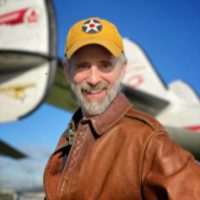
Matthew Burchette, Born in Austin, Texas, Matthew always loved history. He immersed himself in it by reading every World War Two history book he could get his hands on, building plastic models, and becoming a World War Two reenactor. Attending Baylor University, he earned an undergraduate degree in interior design but decided to return for a master’s degree in history. That plan was sidelined when he learned of the university’s museum studies degree. He returned to Baylor for post-graduate work, eventually earning a master’s degree in museum administration. Matthew’s master’s thesis, “Lonely Hearts and Lofty Ladies: American Nose Art during the Second World War,” explored the differences between USAAF nose art of the Pacific and European Theaters. After five years in Seattle trying to land a job at the Museum of Flight, Matthew moved to Houston to work for Southwest Museum Services, a museum exhibit design firm. As a project manager, he put his interior design and museum skills to use as a project manager for such diverse museums like the Texas Country Music Hall of Fame and Tex Ritter Museum, the Mayborn Museum Complex, and the Commemorative Air Force. Matthew’s experience and diverse background helped him secure the curator role at Wings Over the Rockies. He shaped the Museum for more than 14 years through new aircraft acquisitions, exhibits, and by hosting a nationally-televised PBS show “Behind the Wings.” At The Museum of Flight, Matthew has begun a YouTube series called “Curator on the Loose!,” which continues to grow in popularity. He is also deeply involved with restoring and conserving some of the Museum’s iconic aircraft. Connect with Matthew on LinkedIn.
